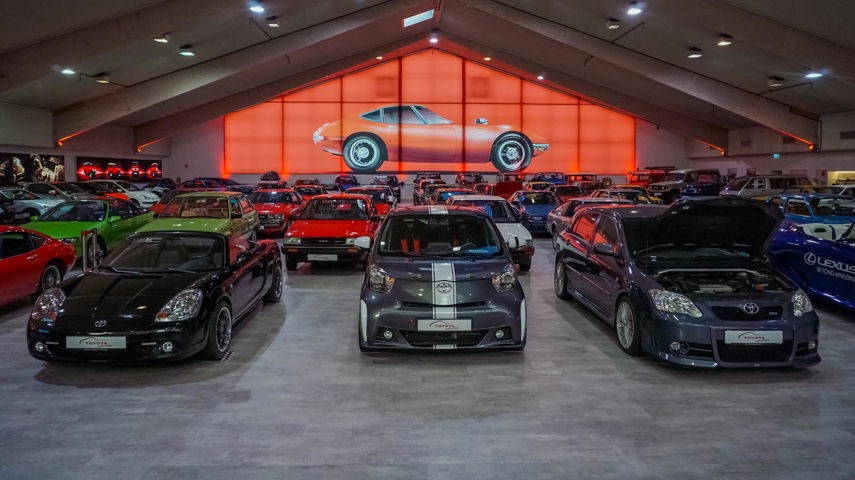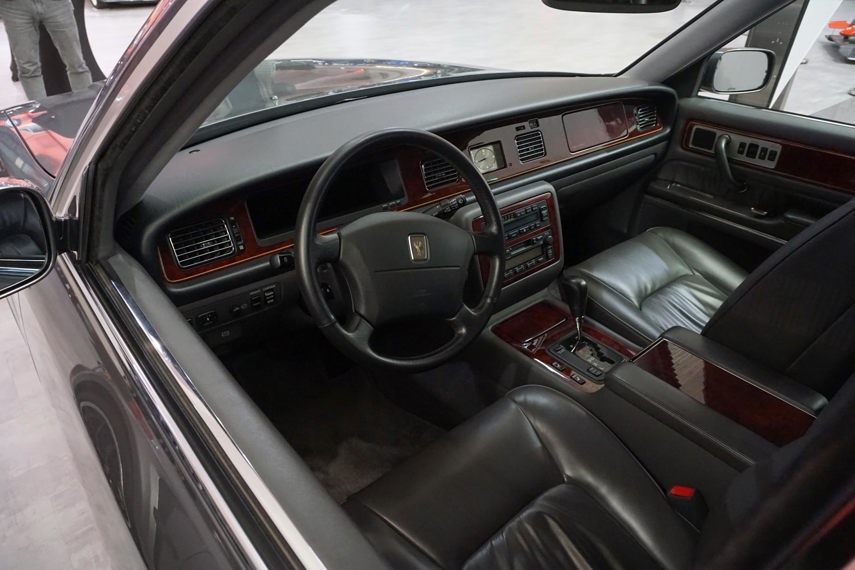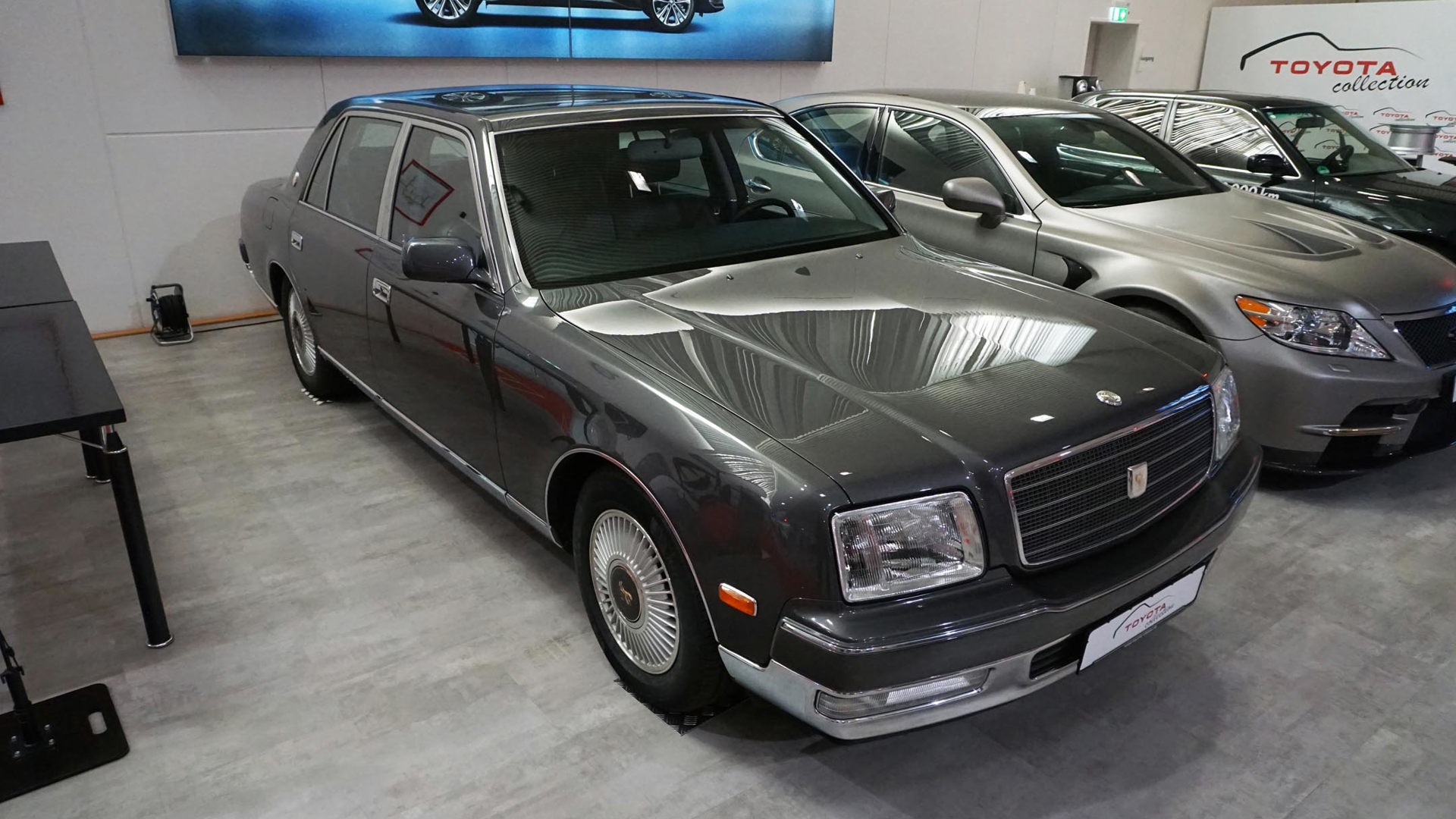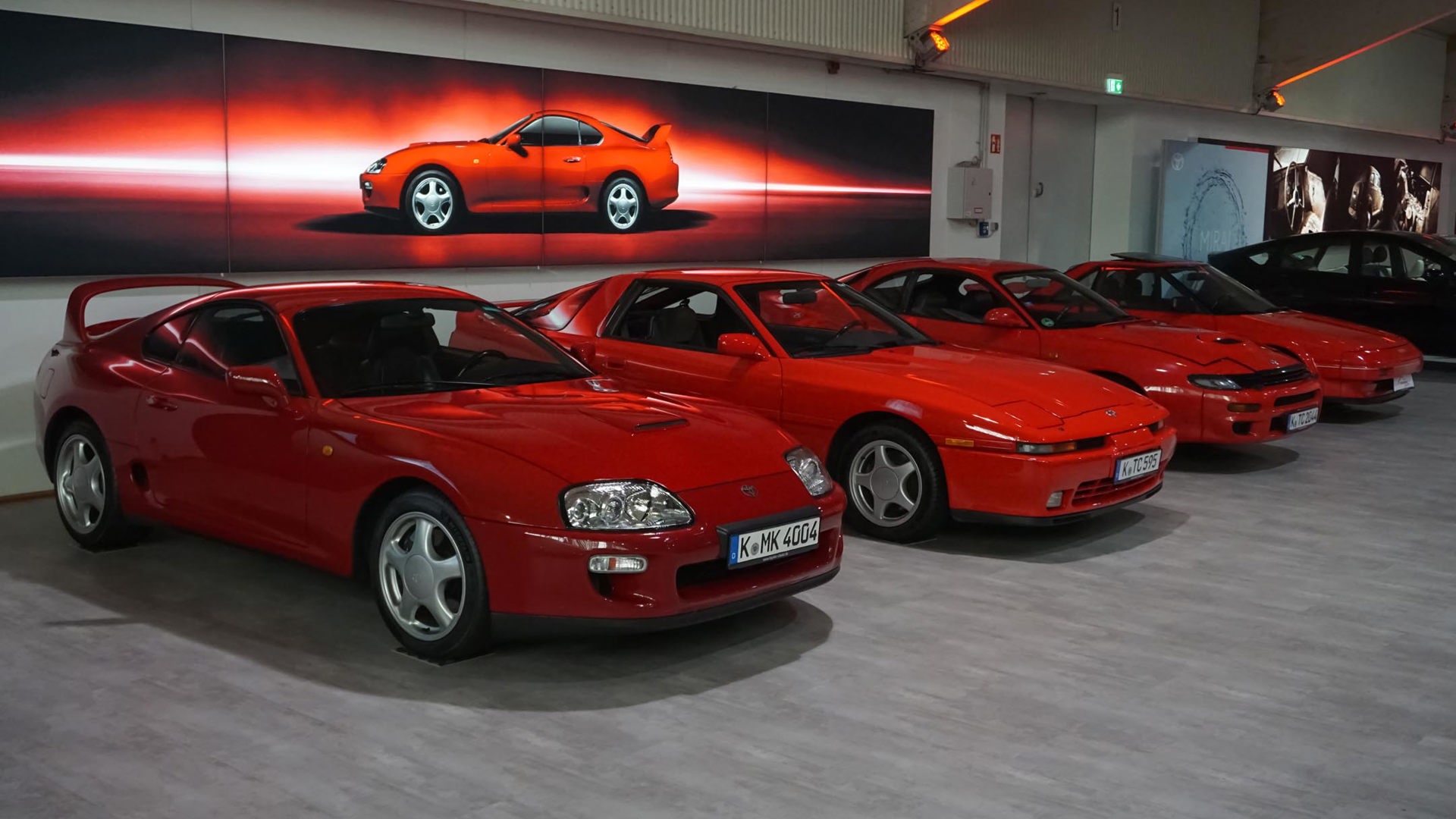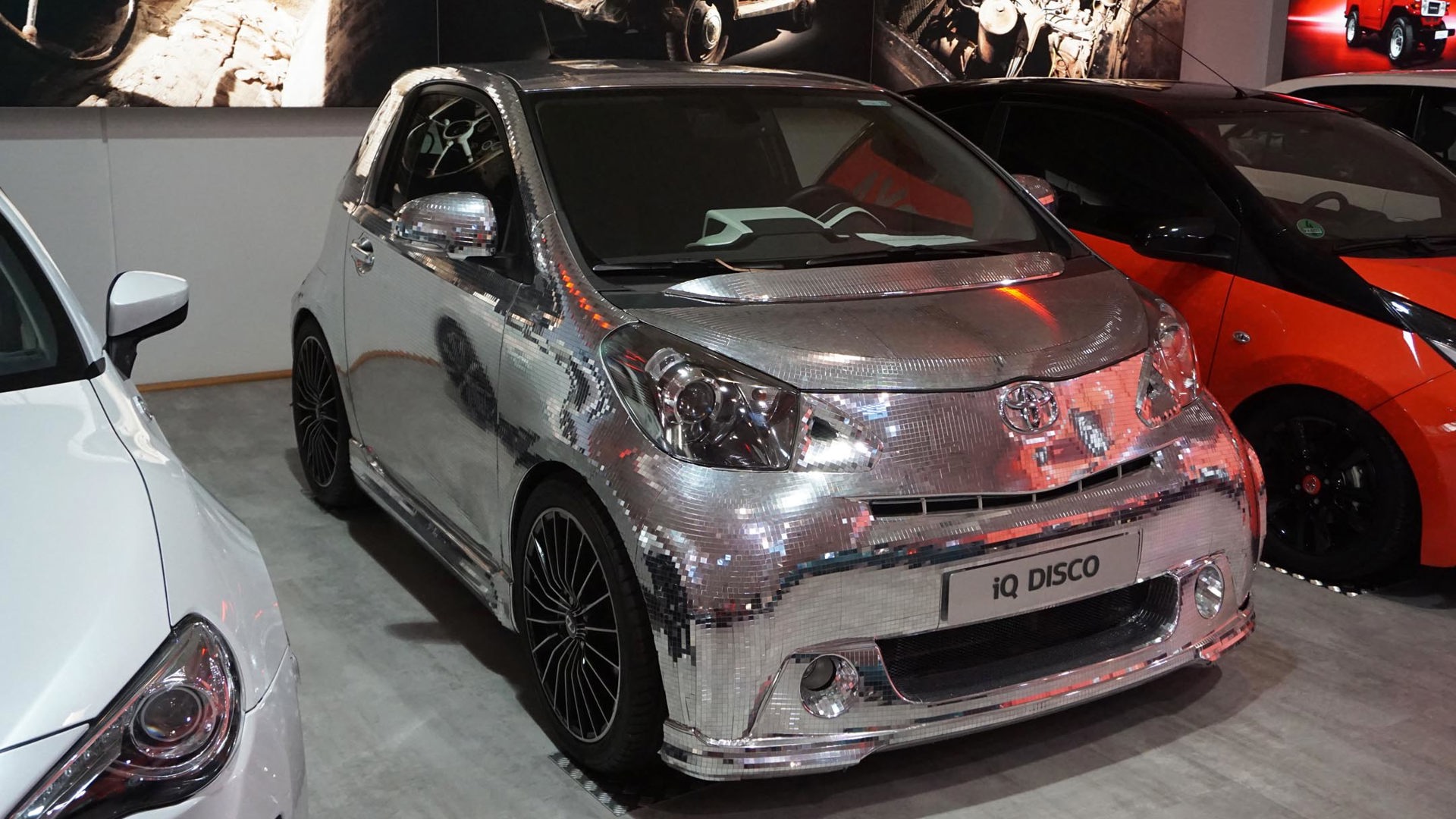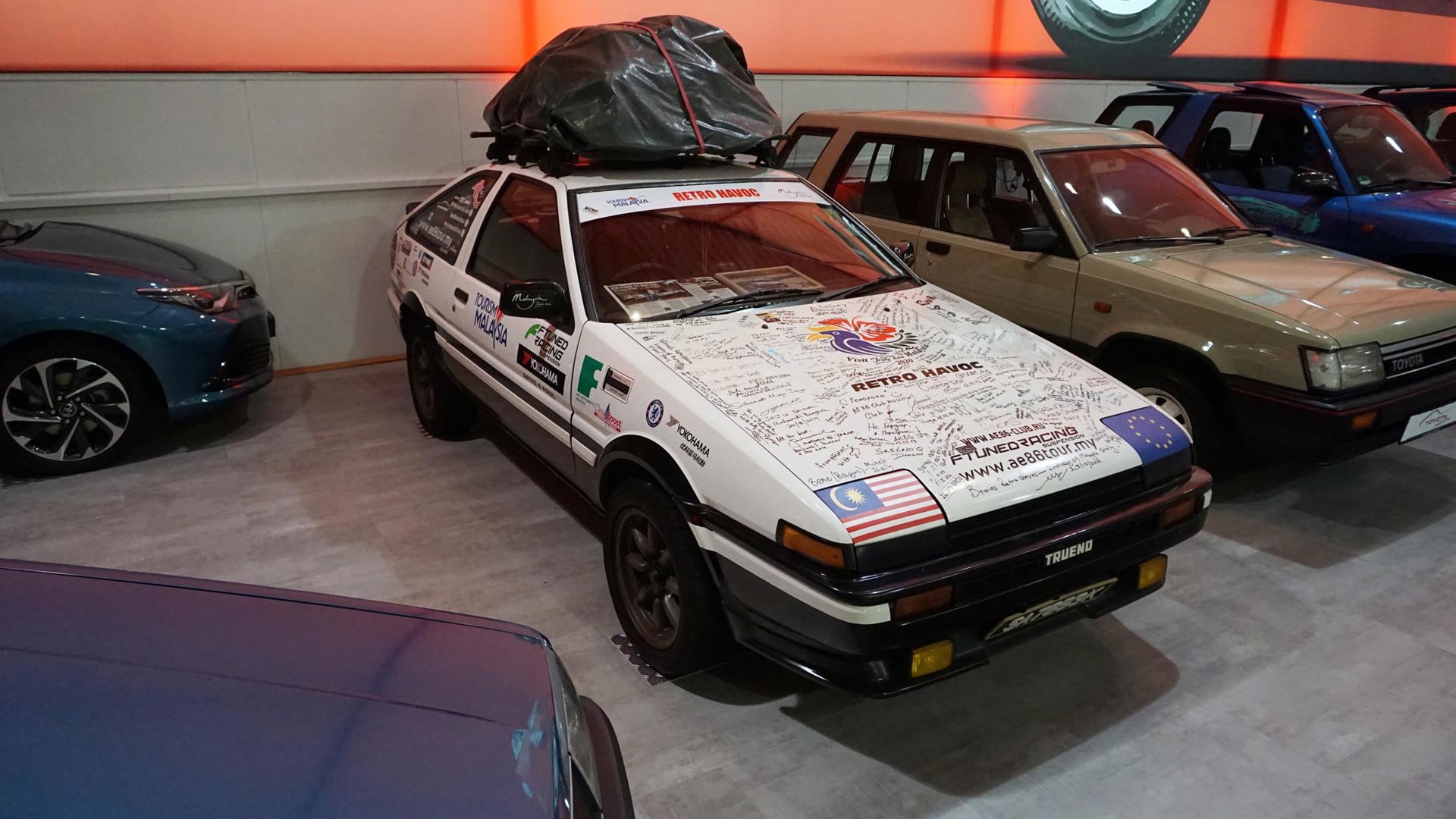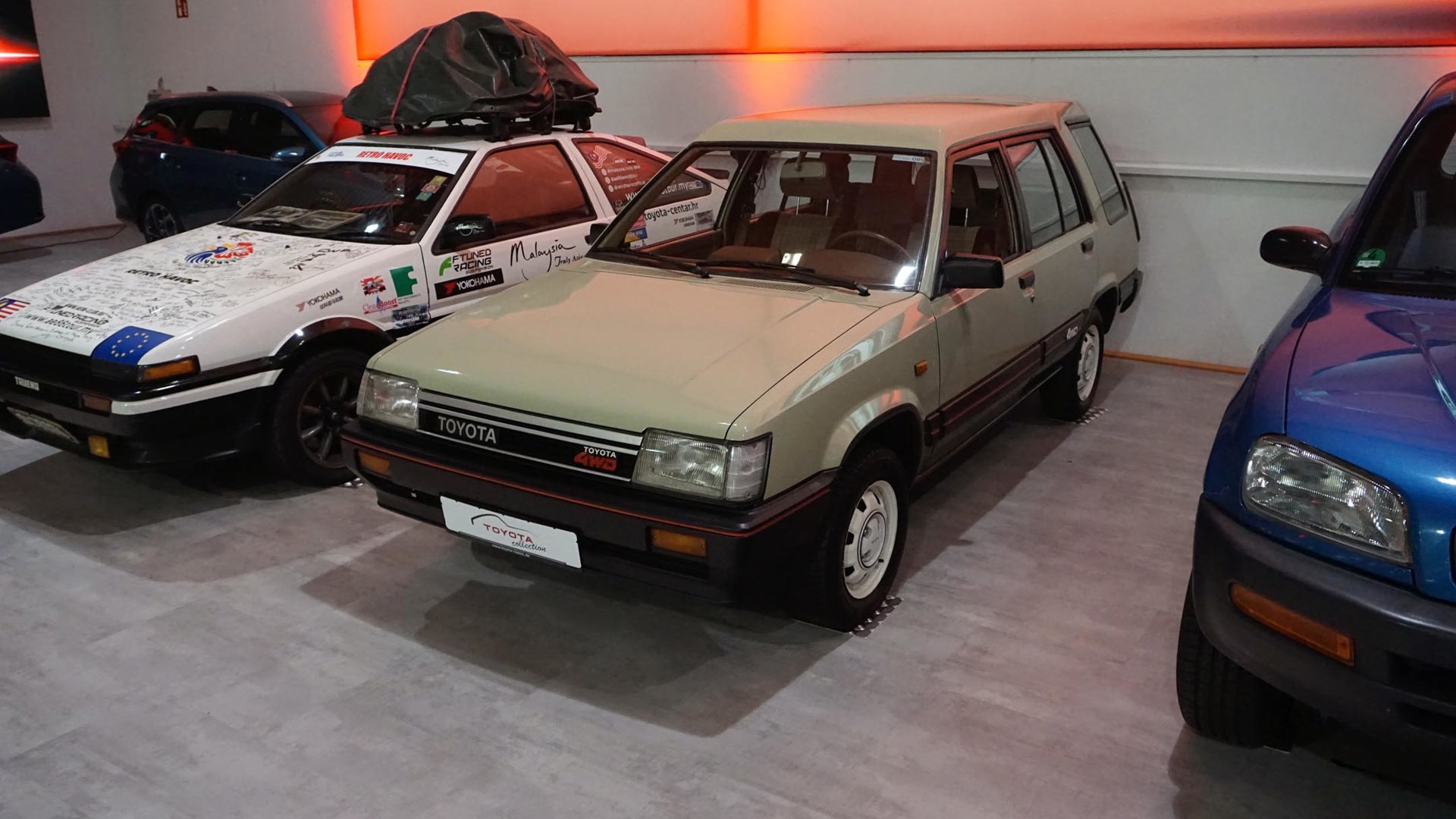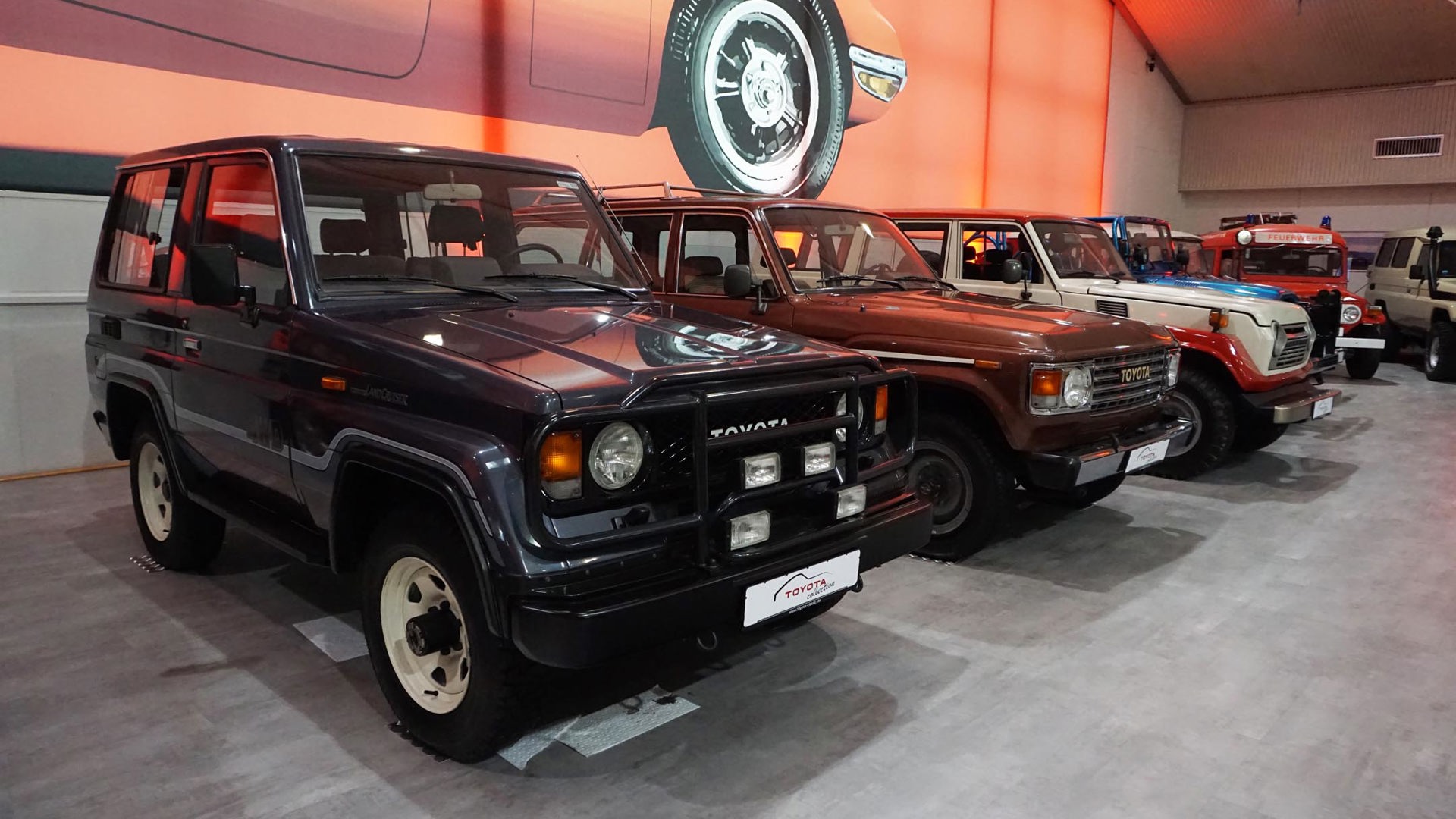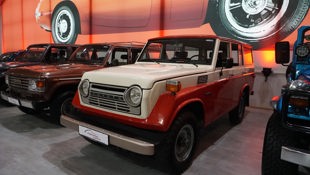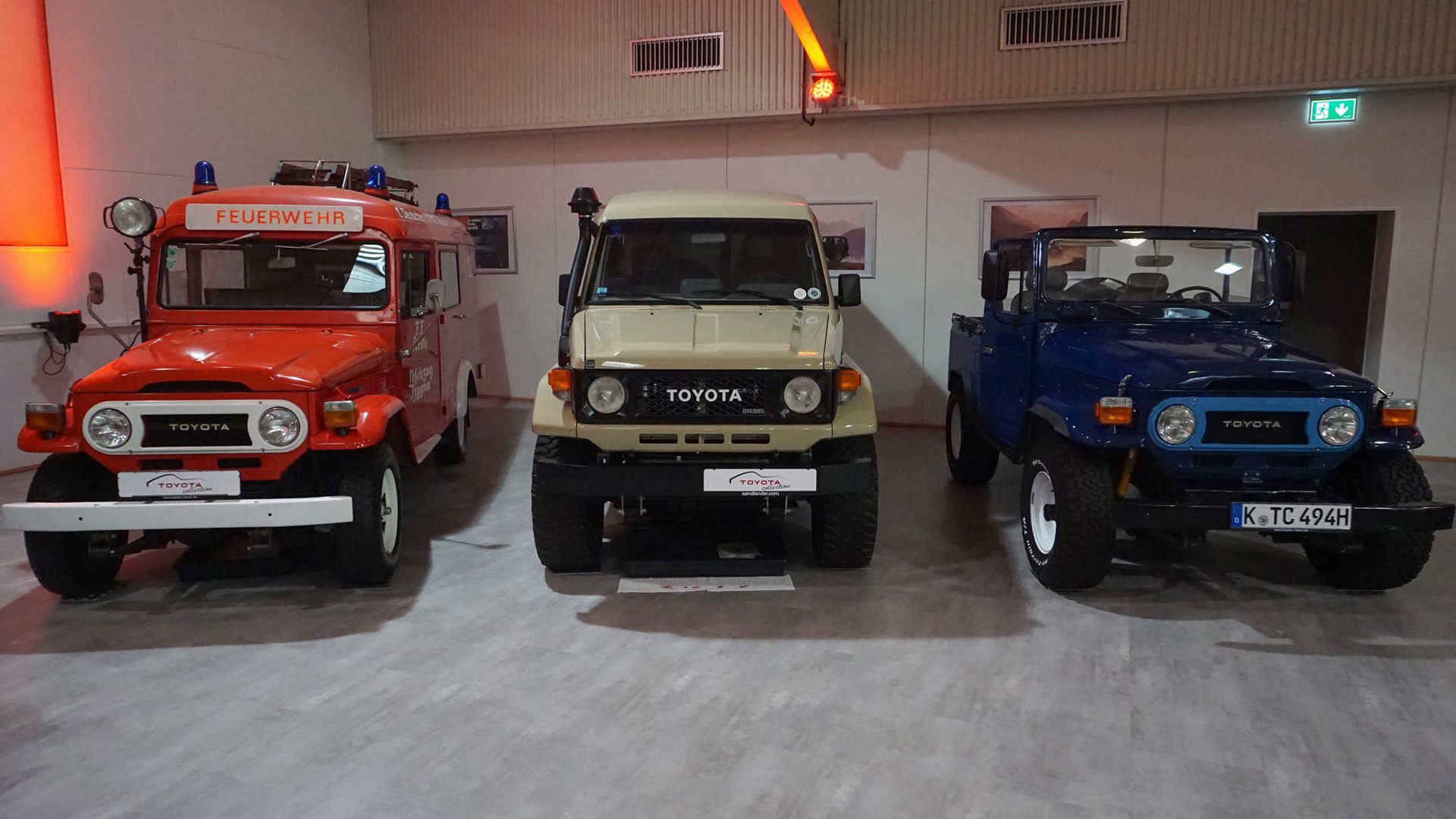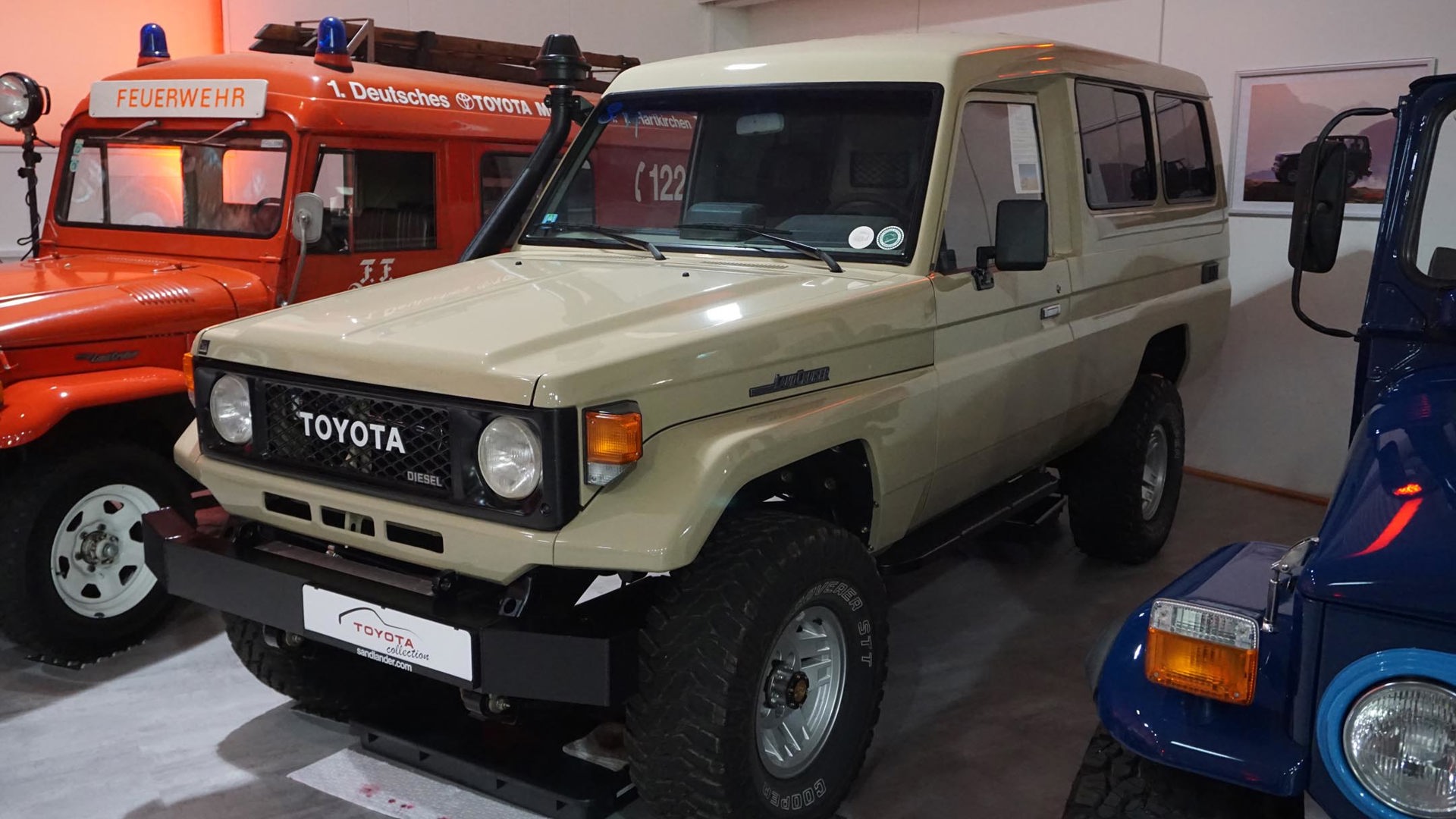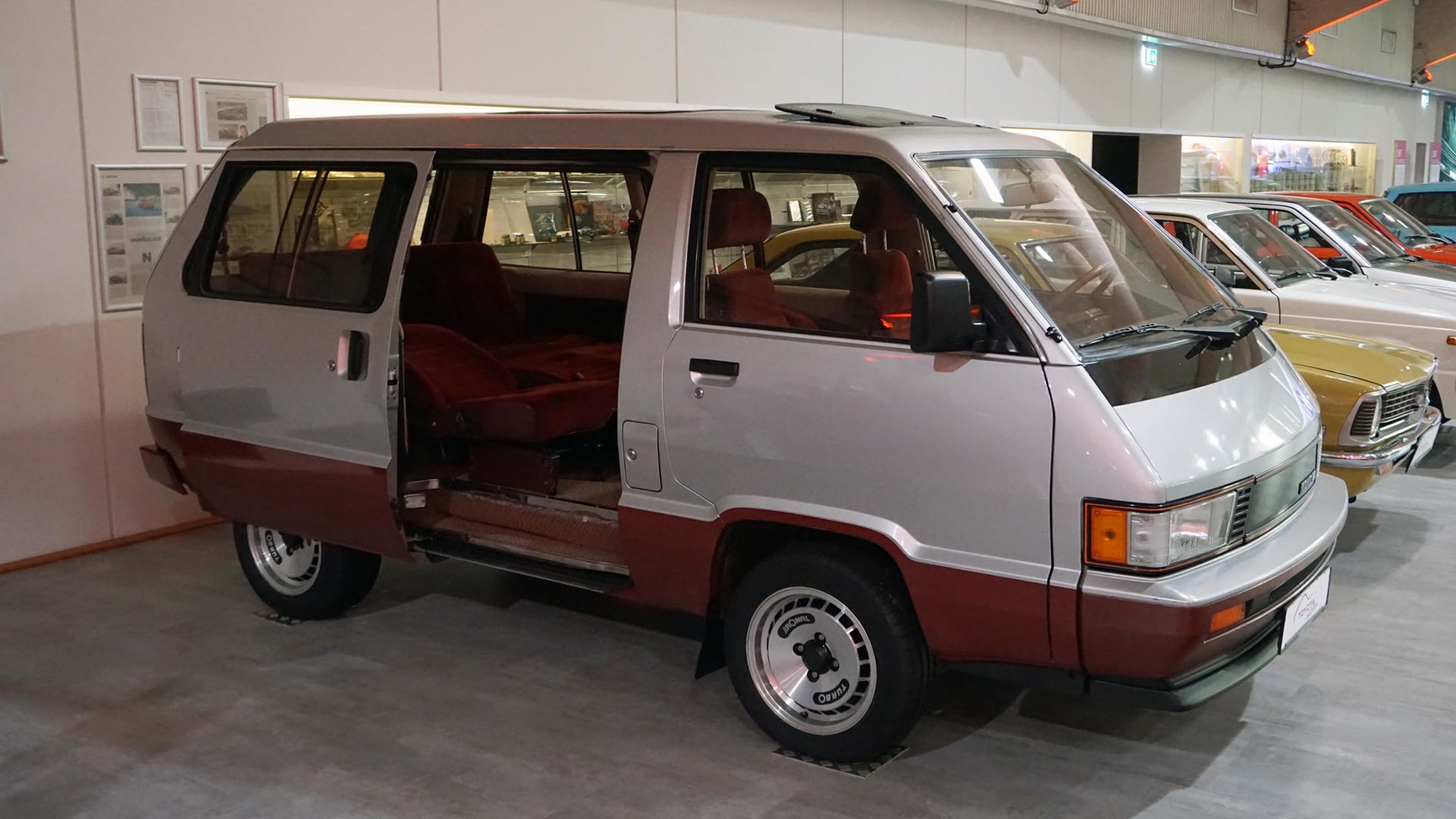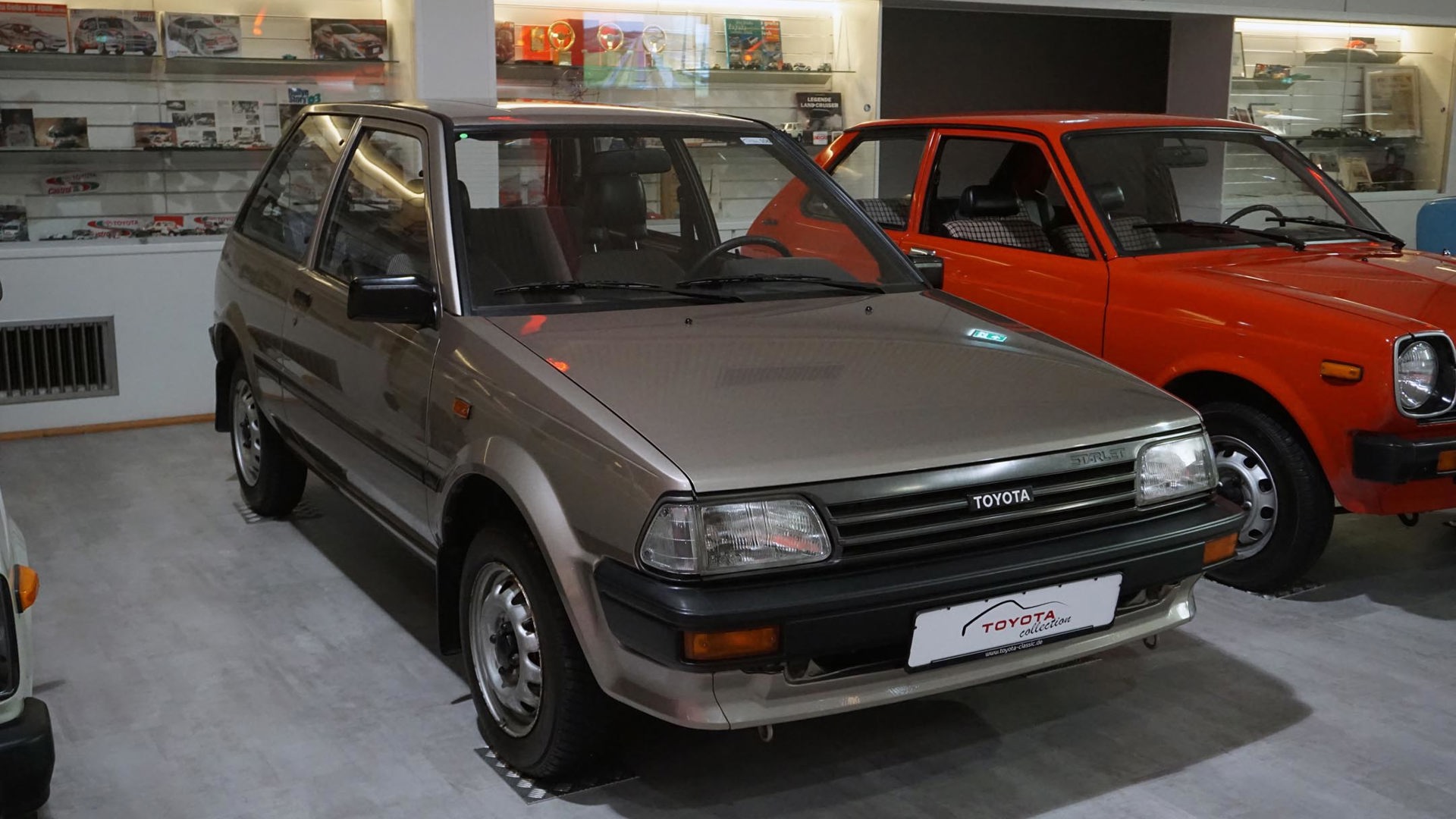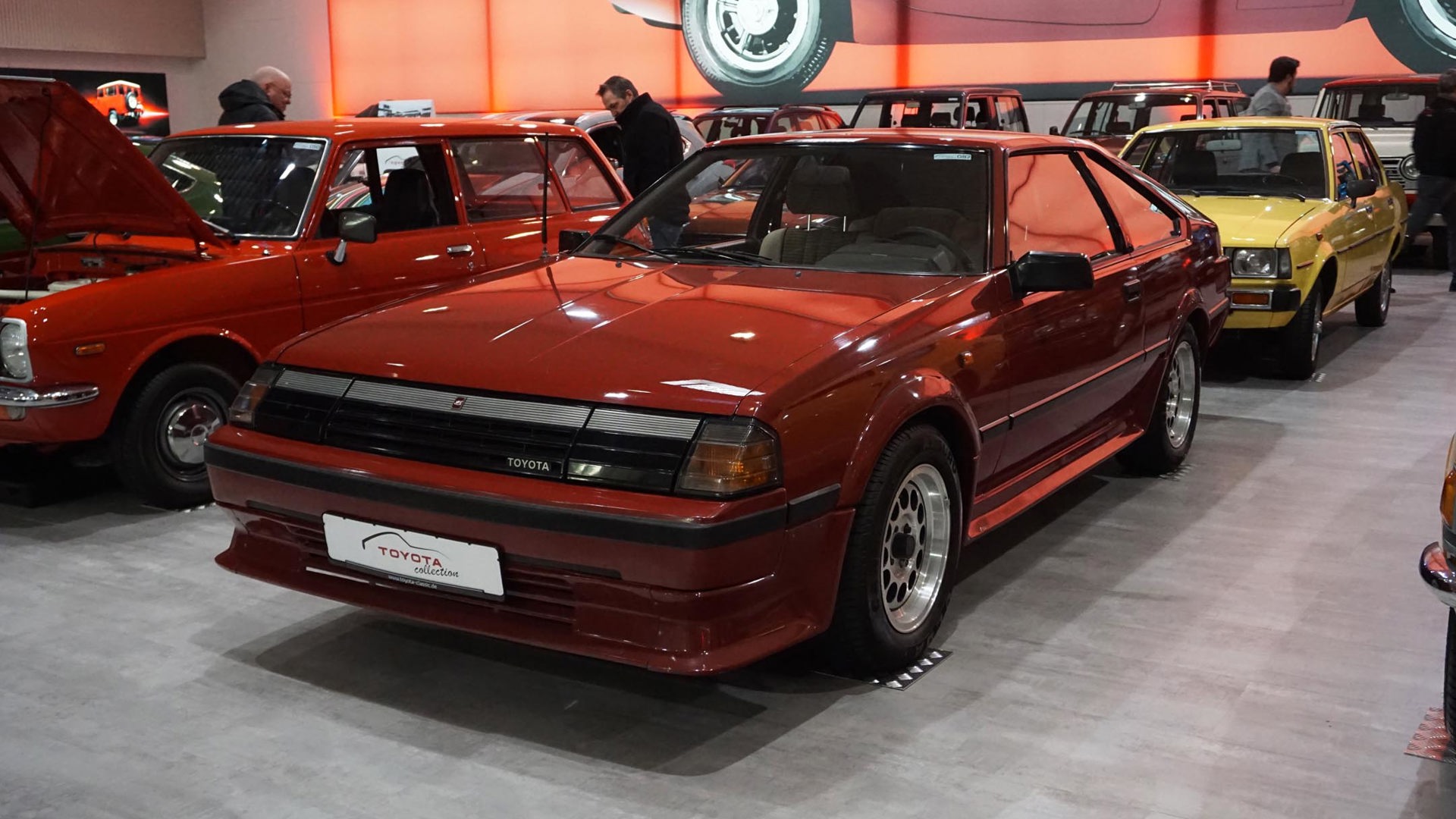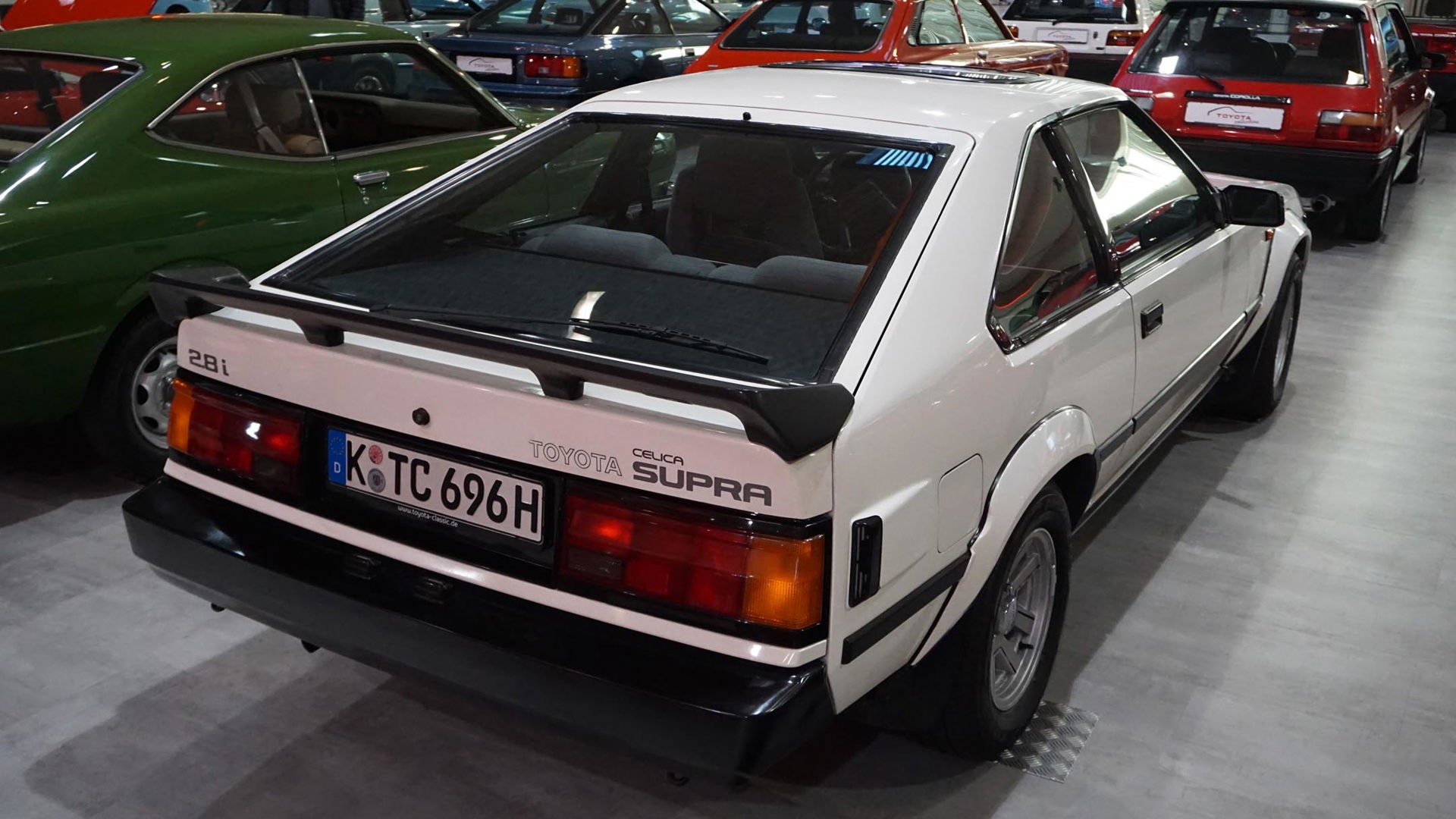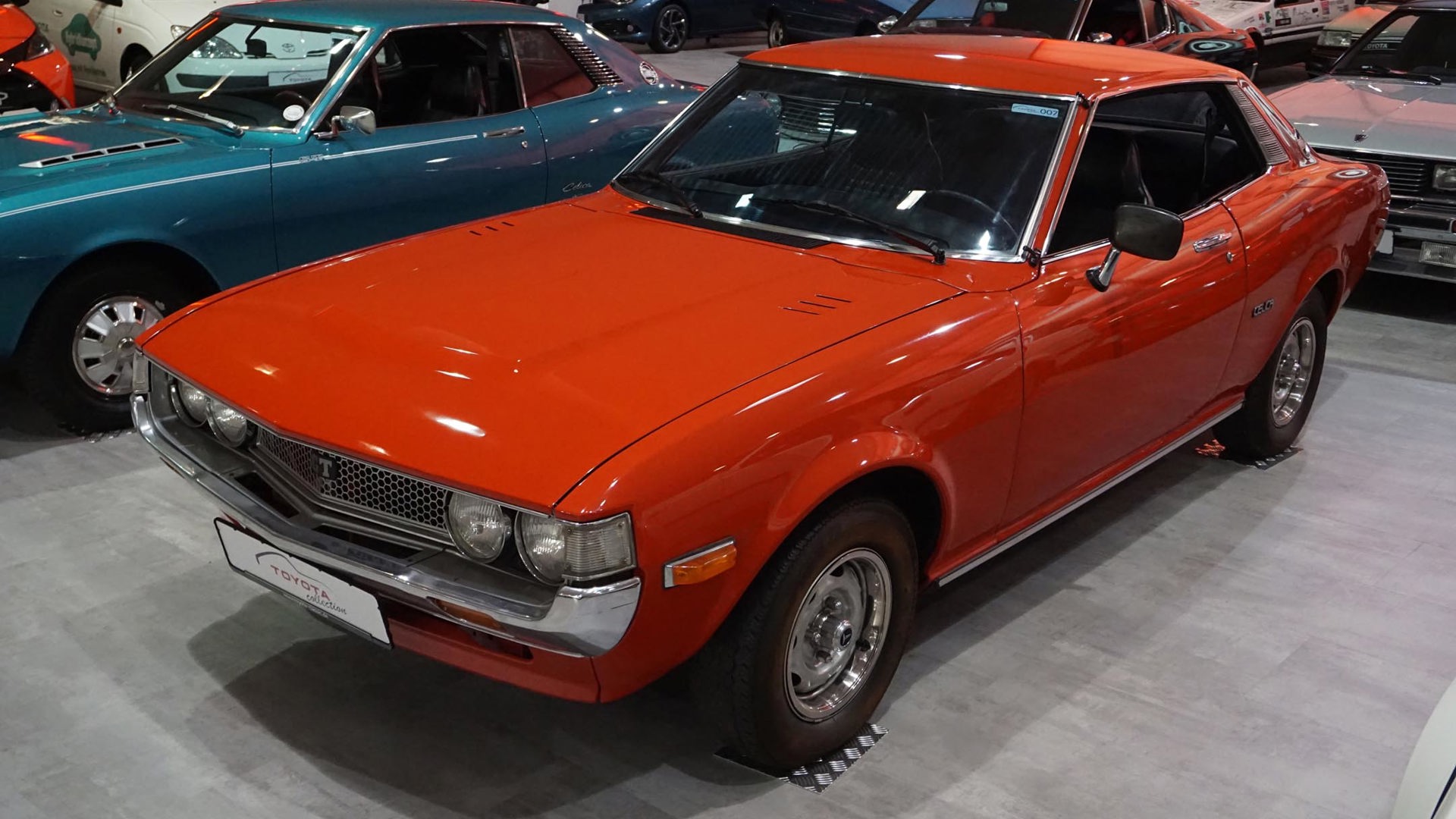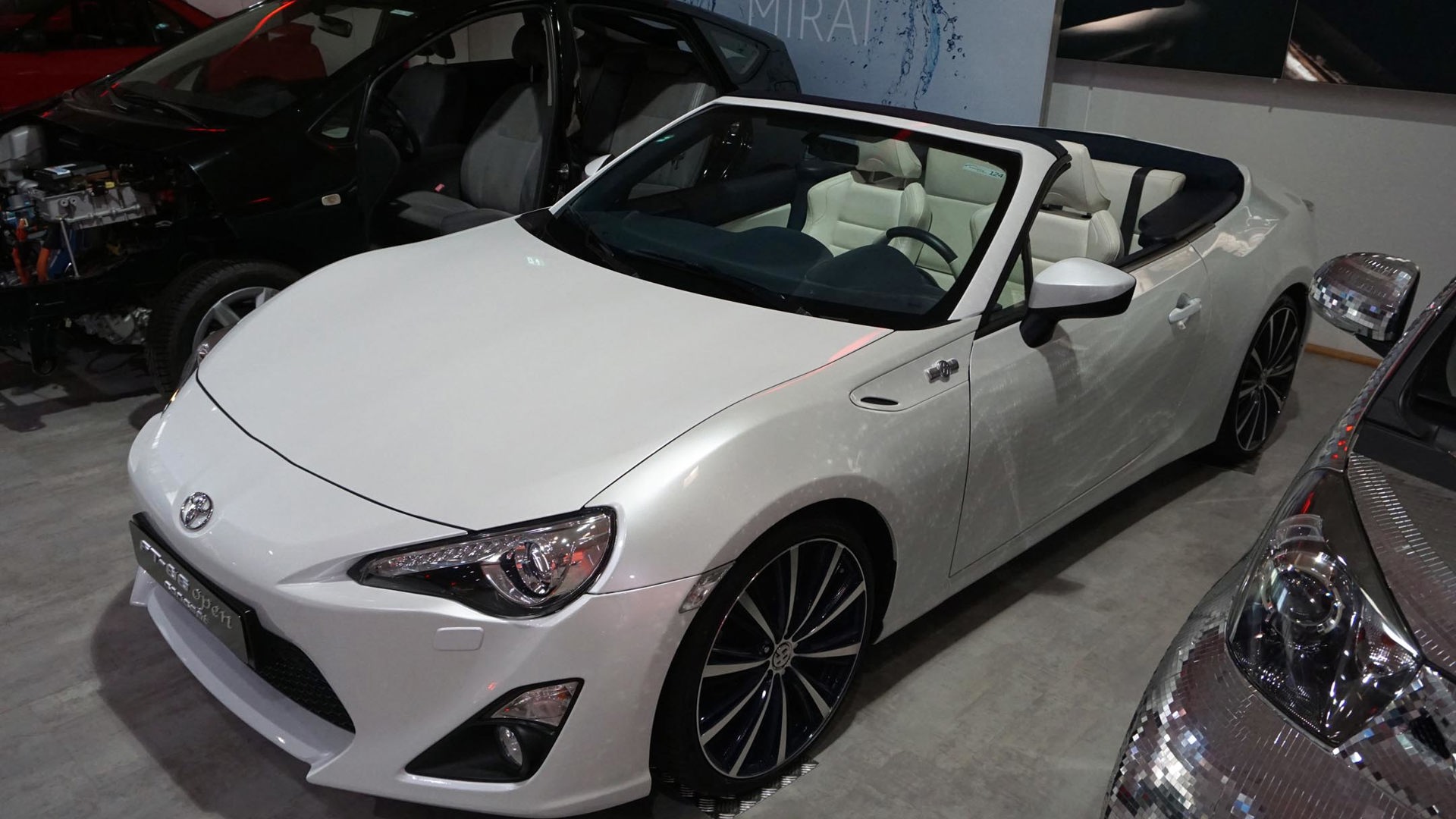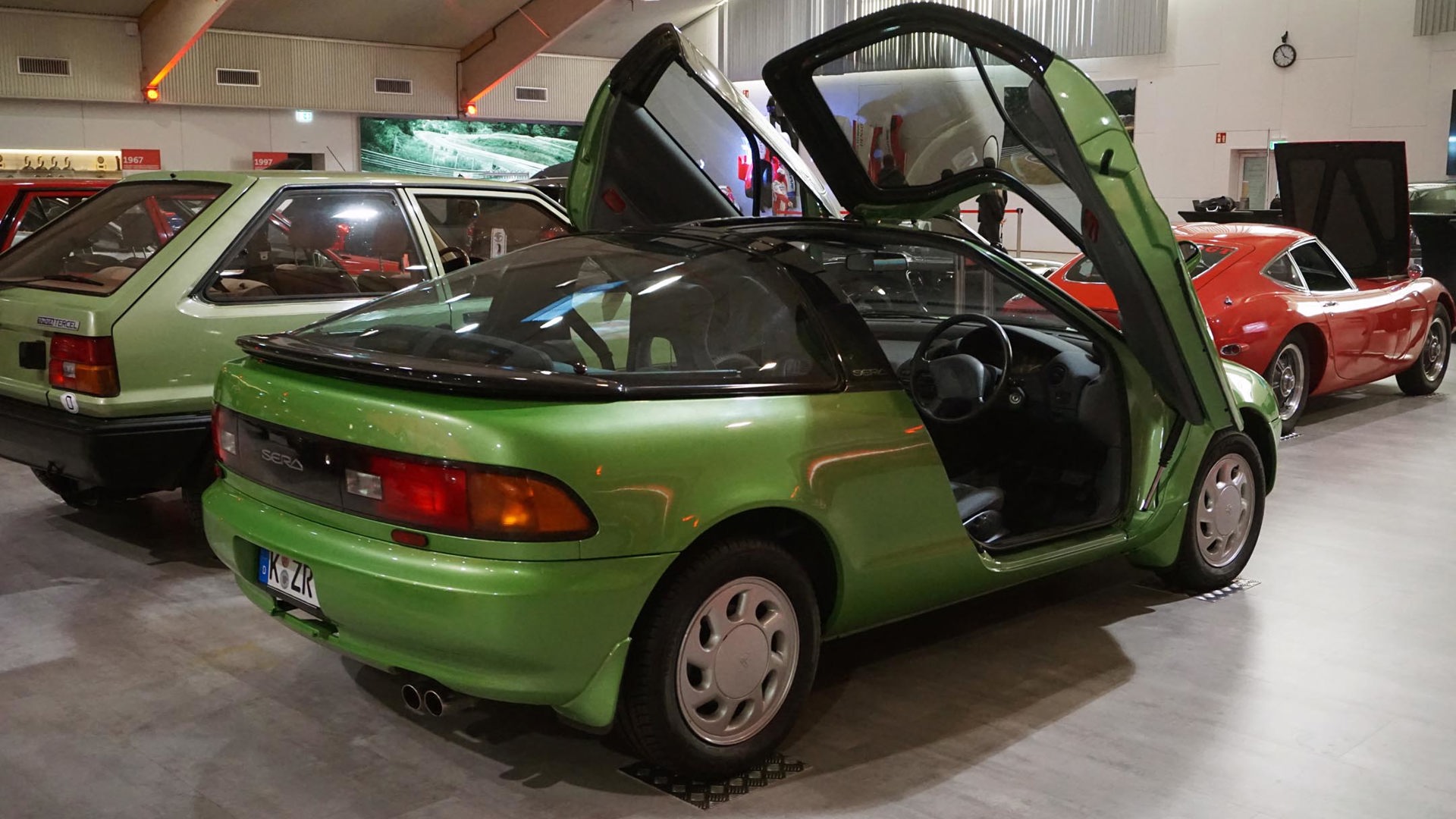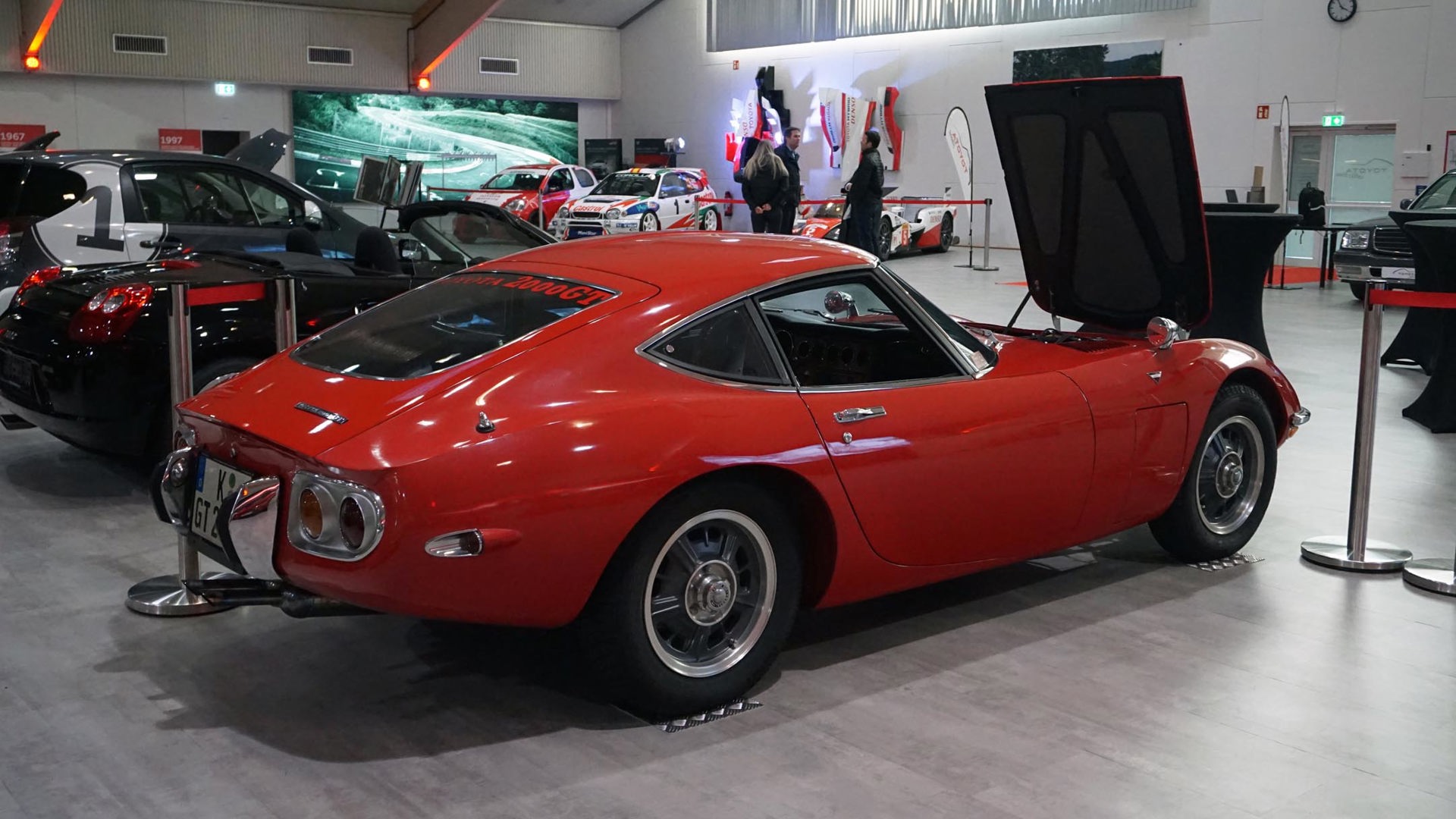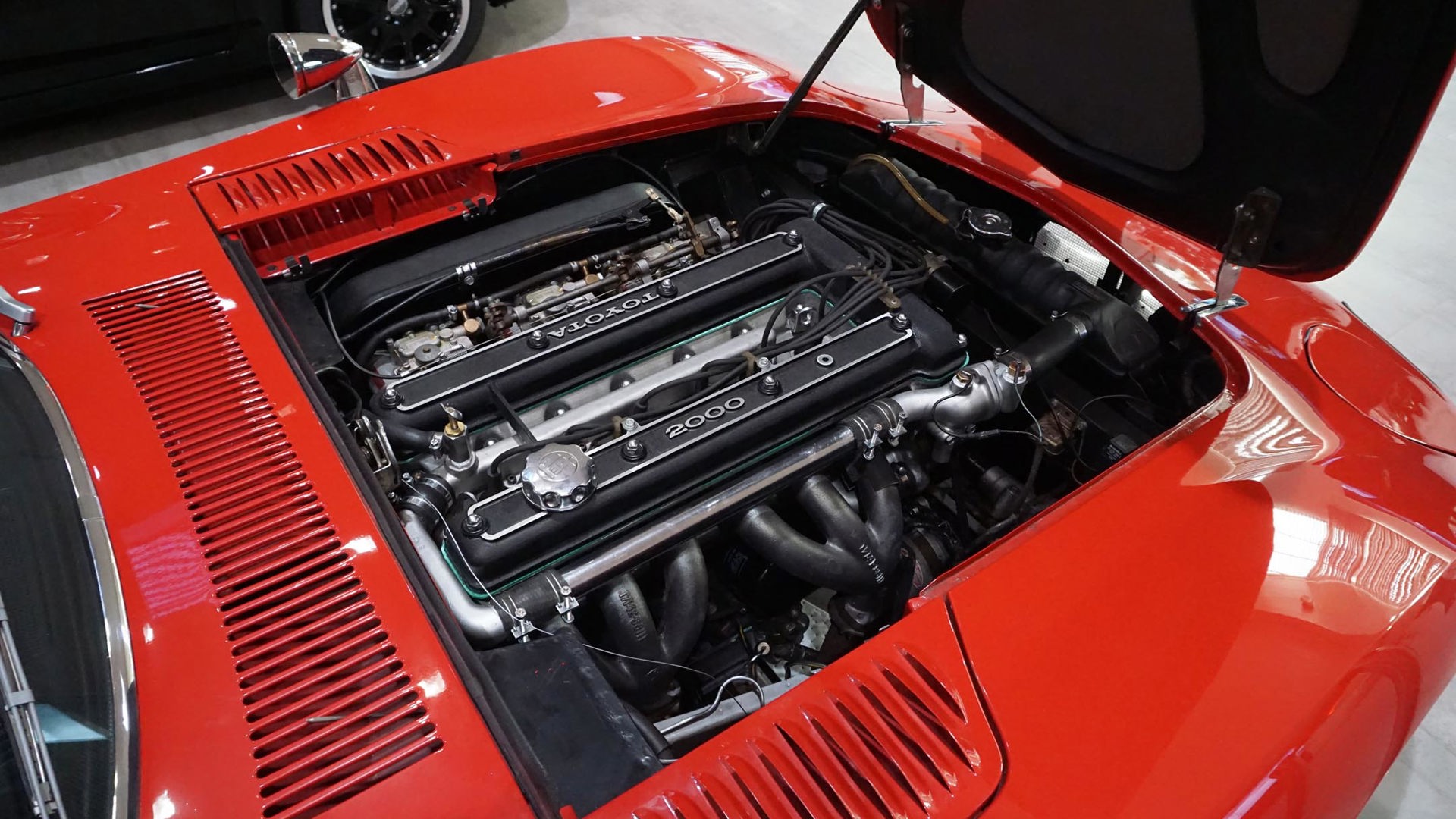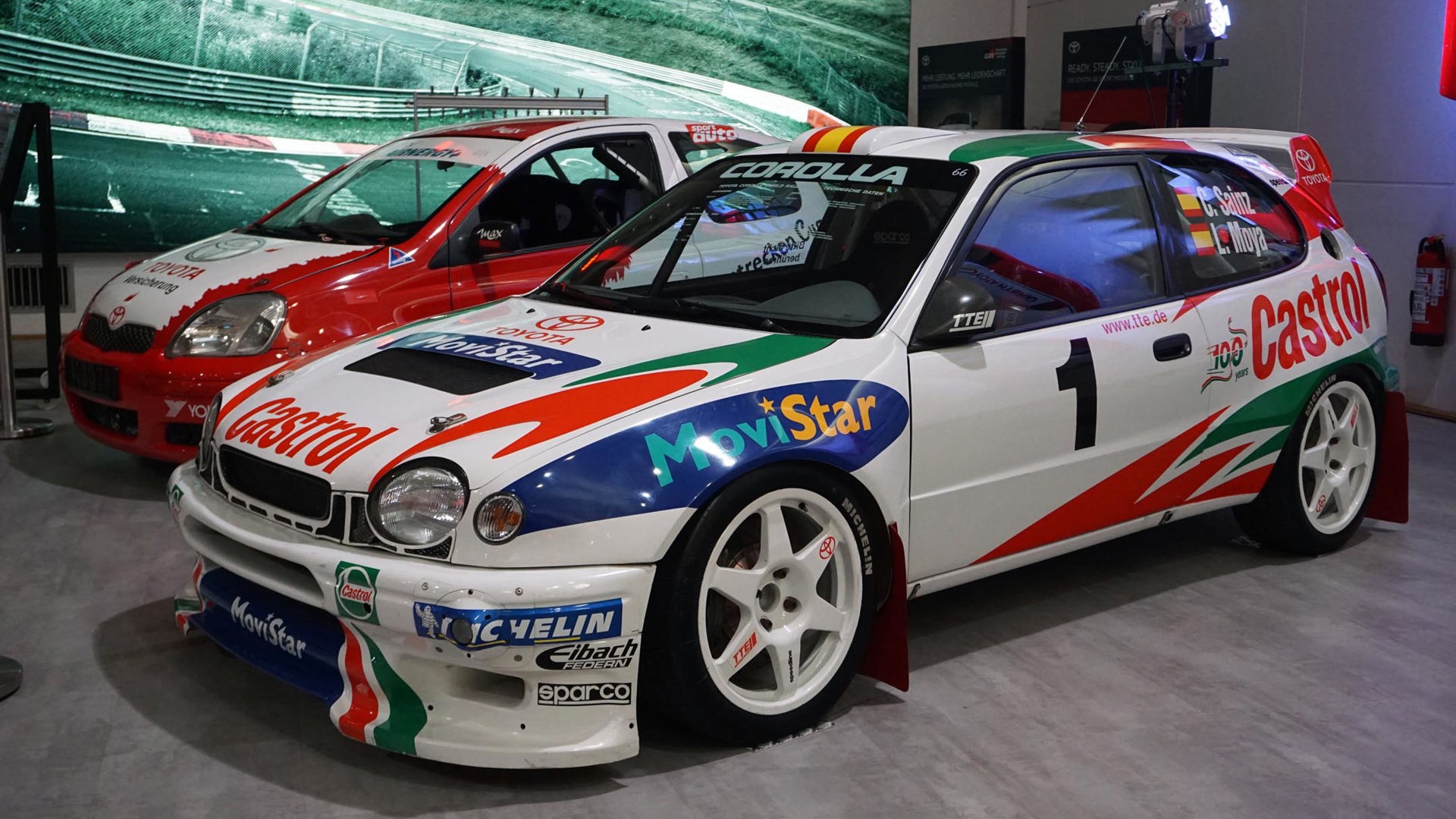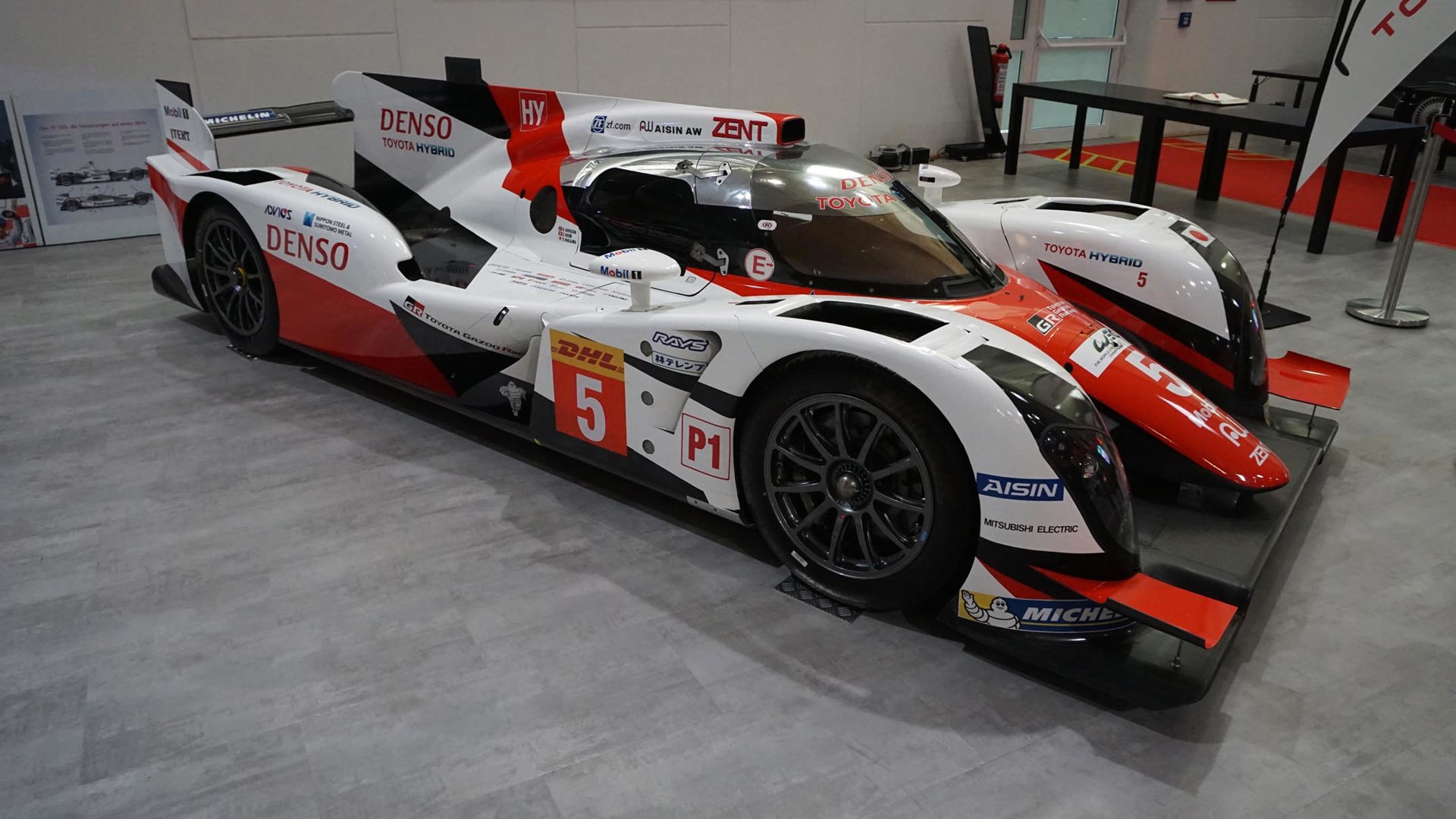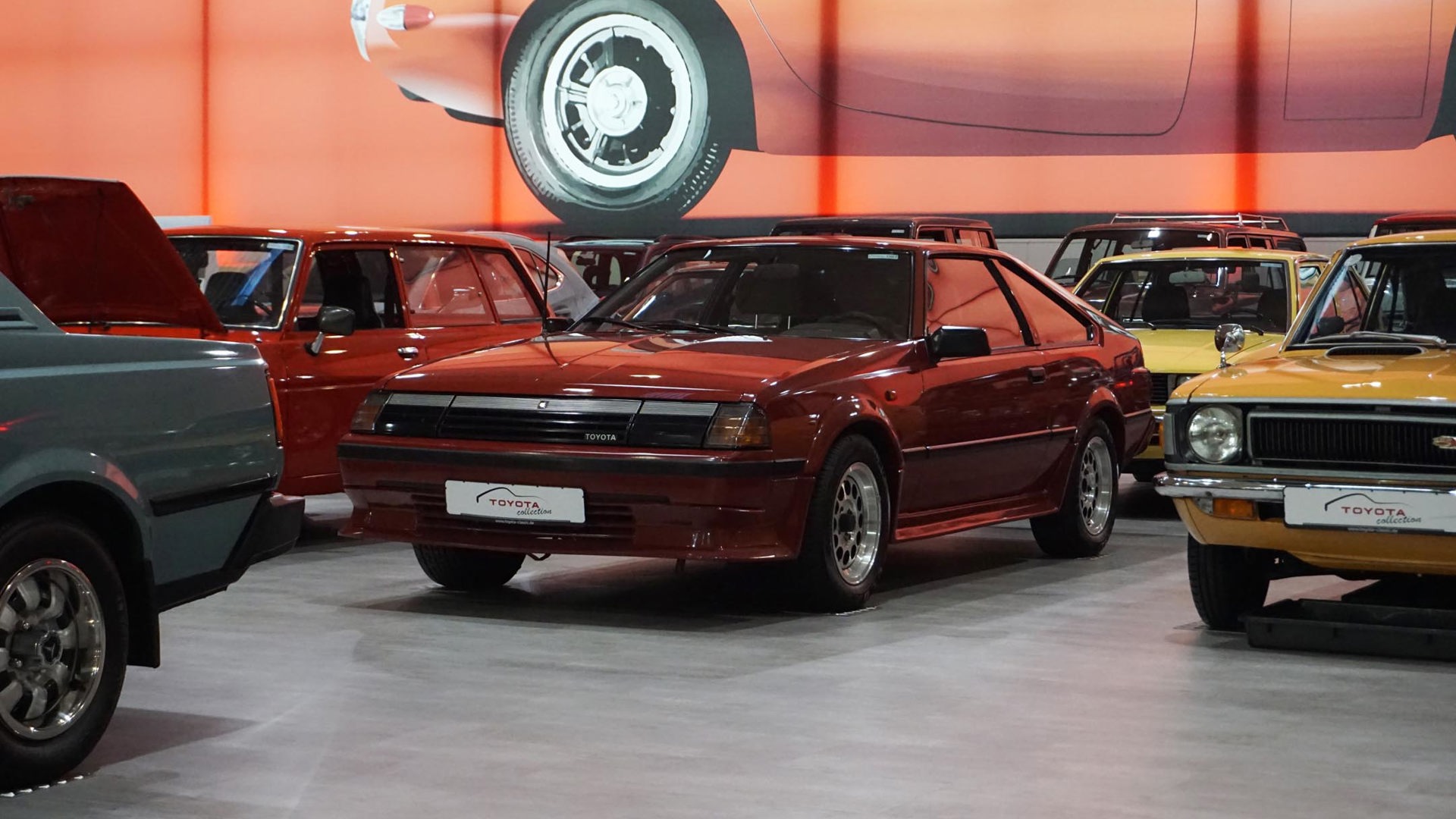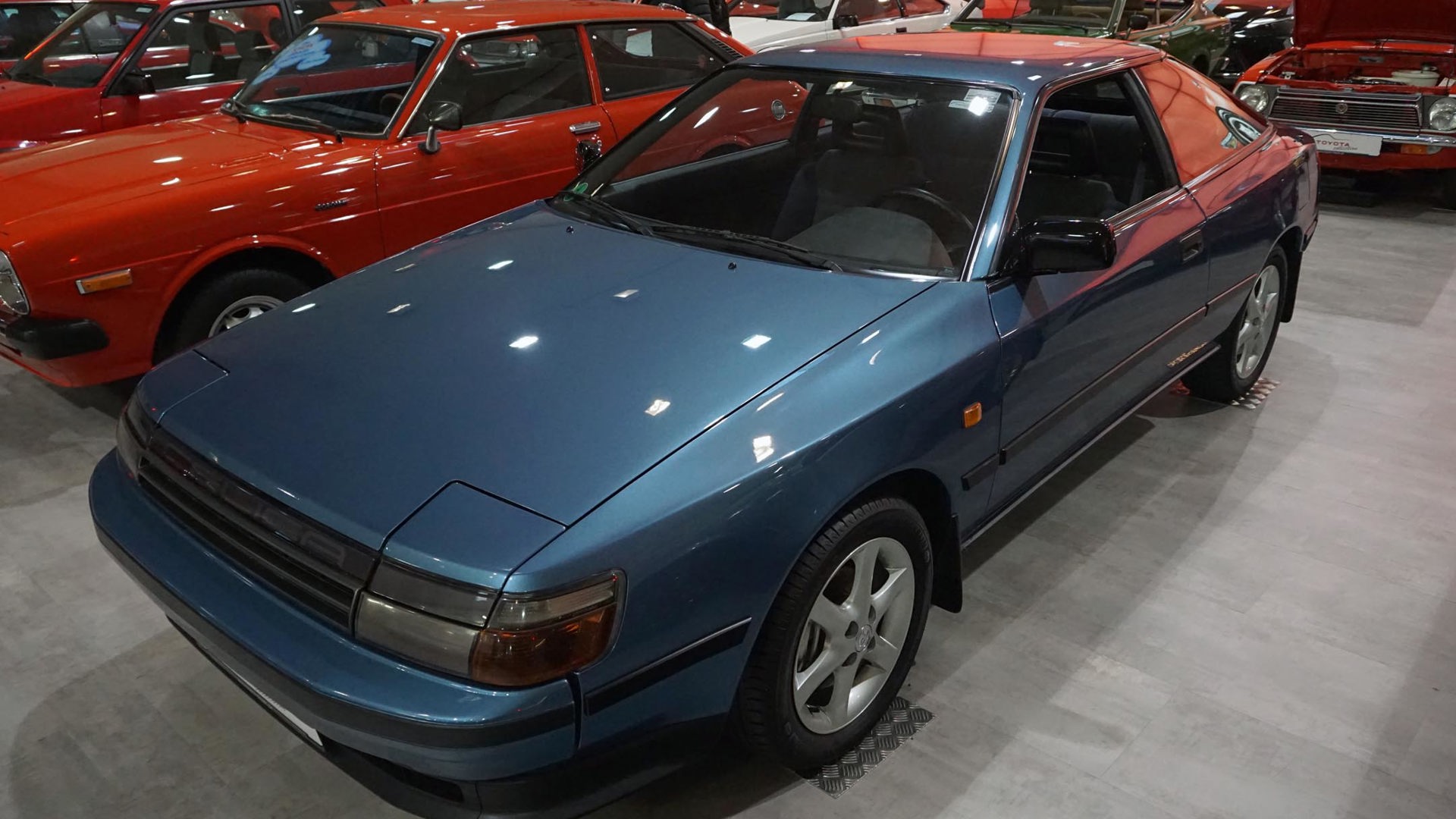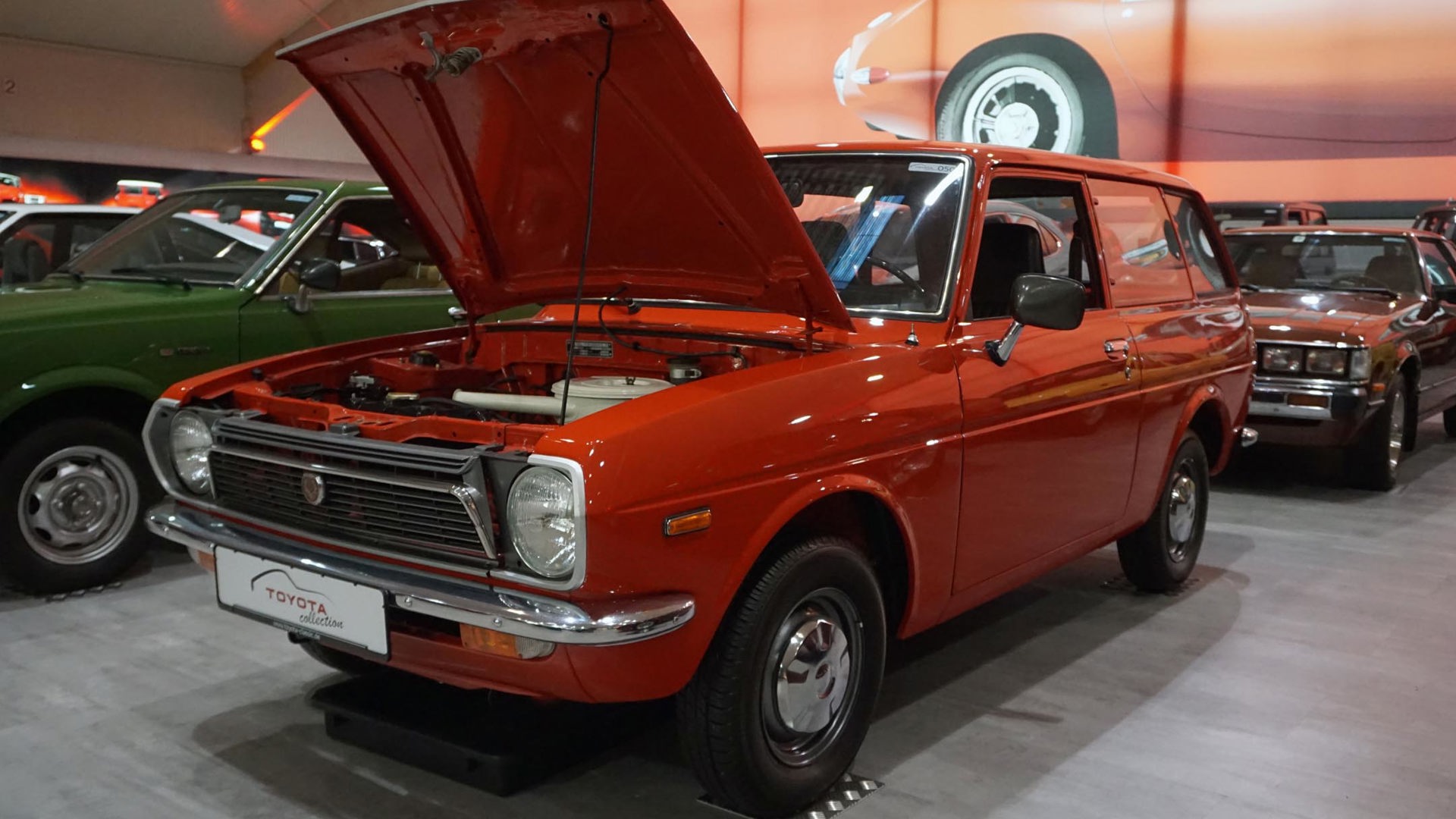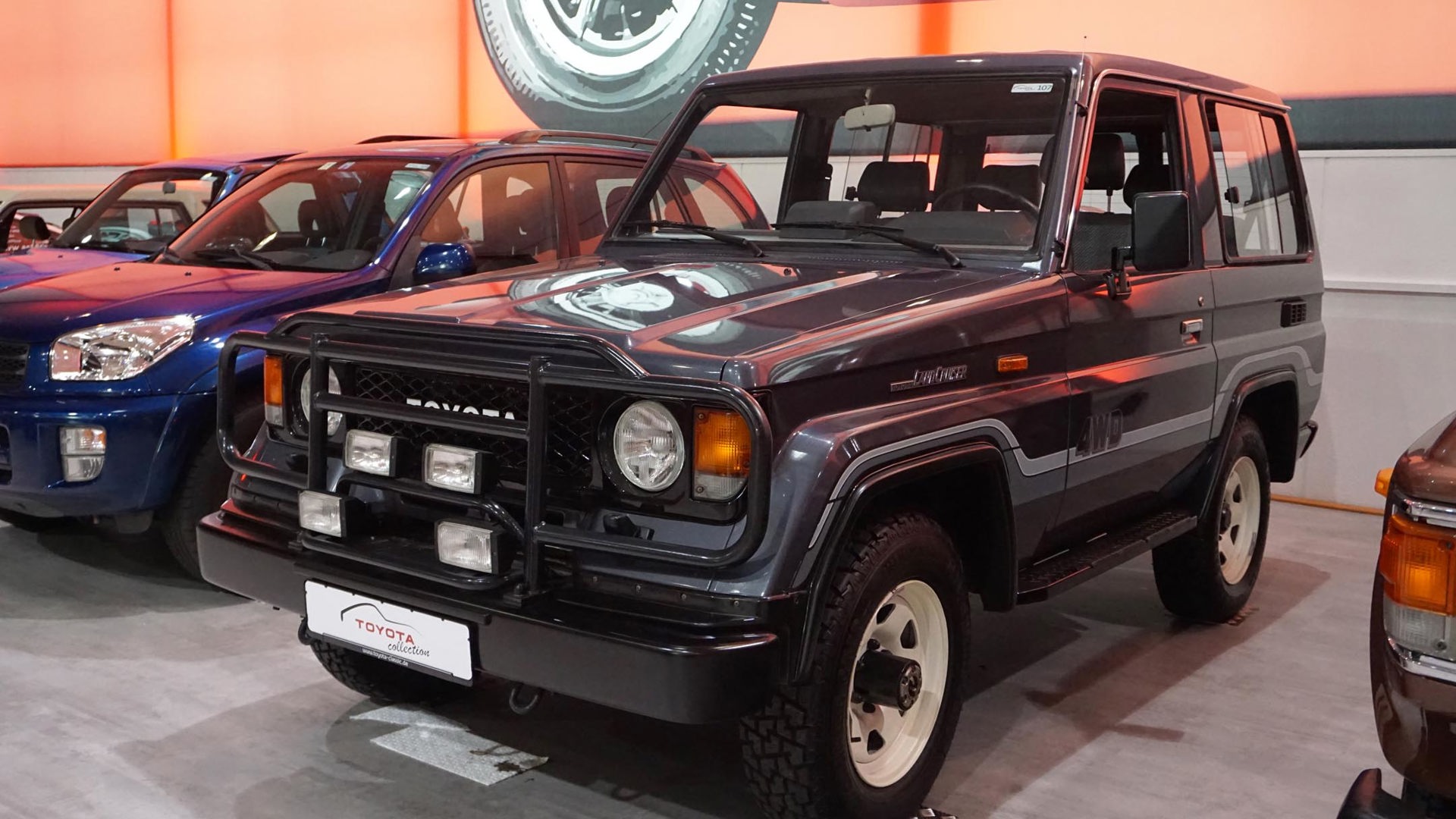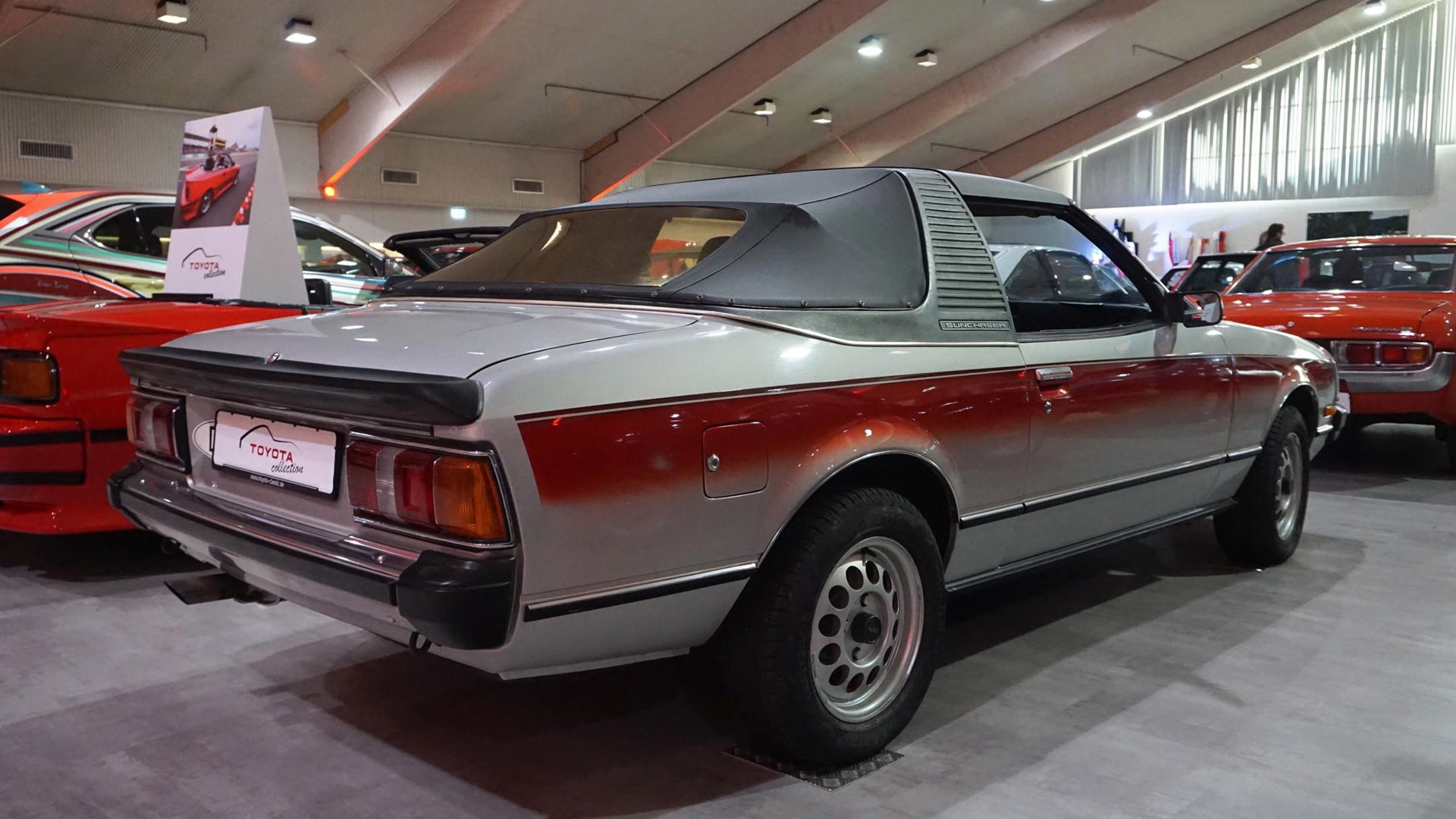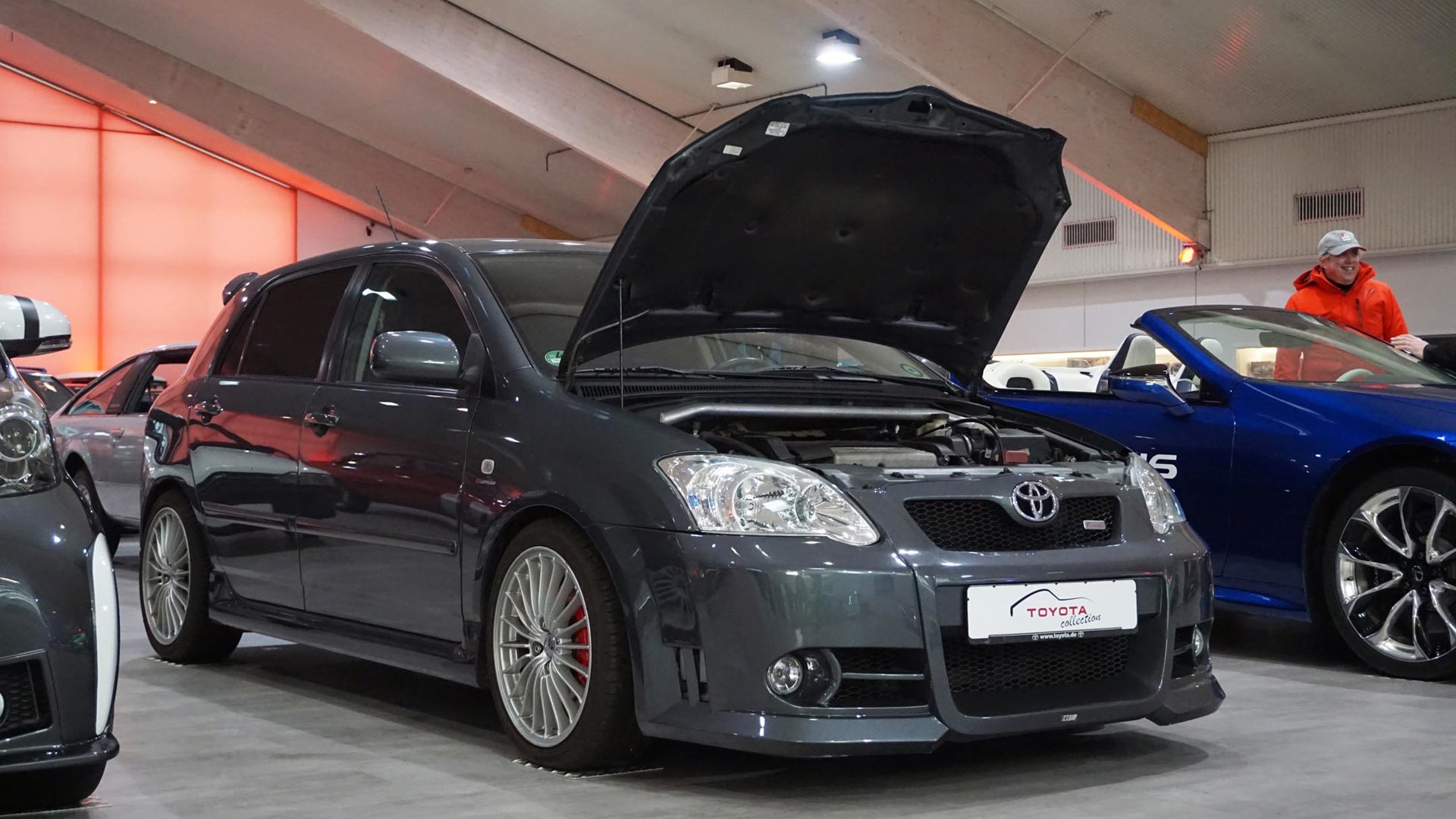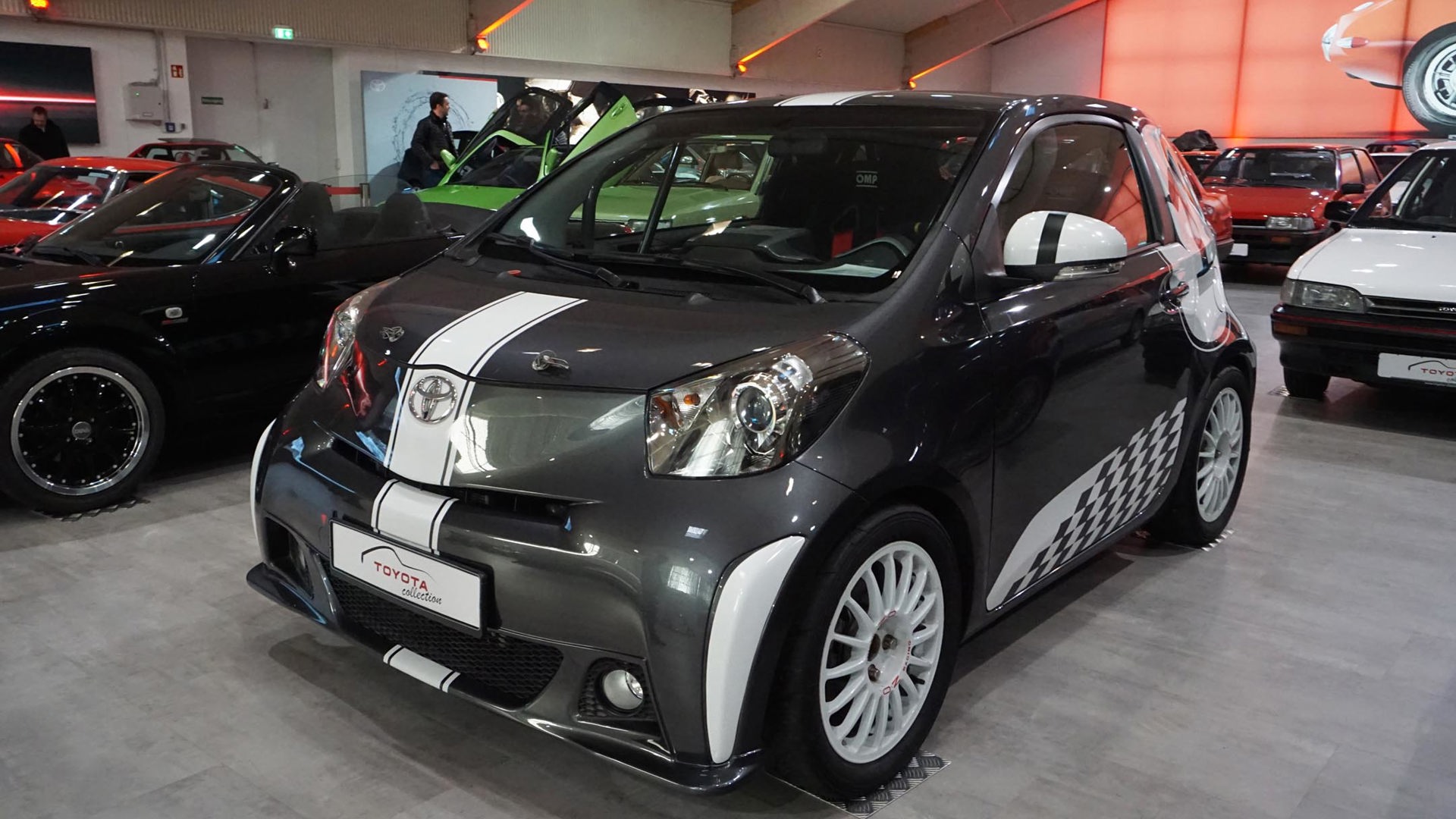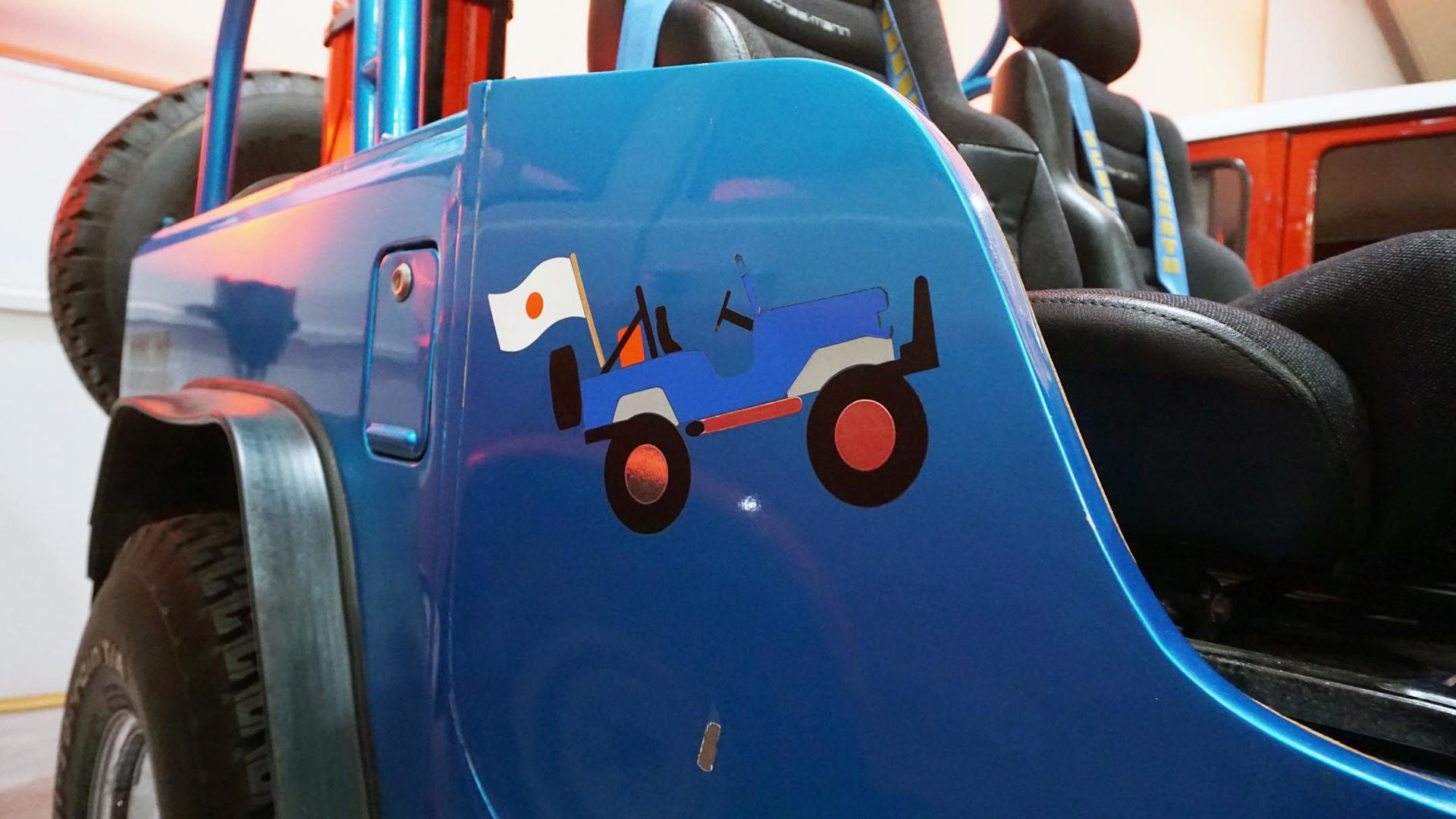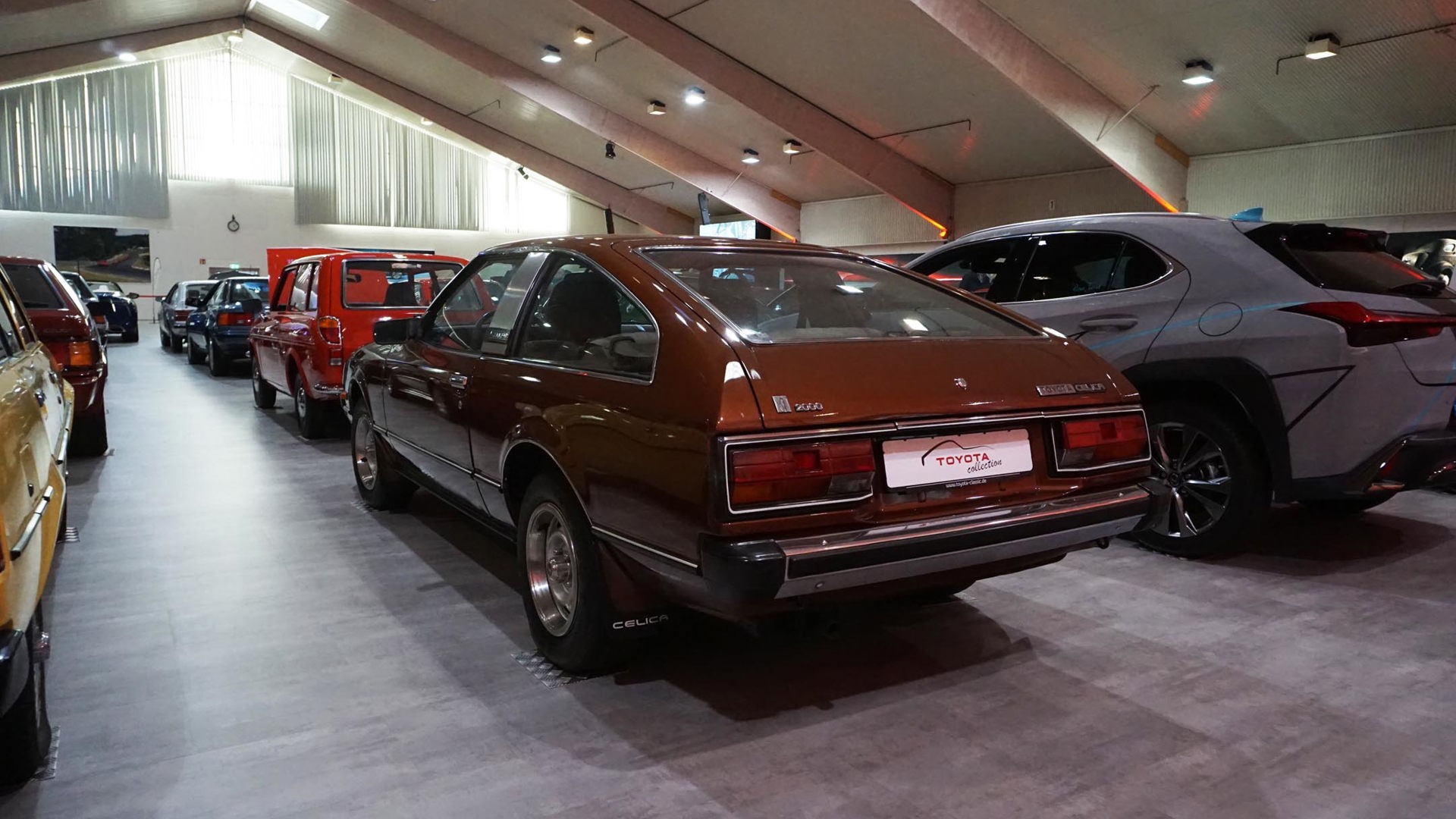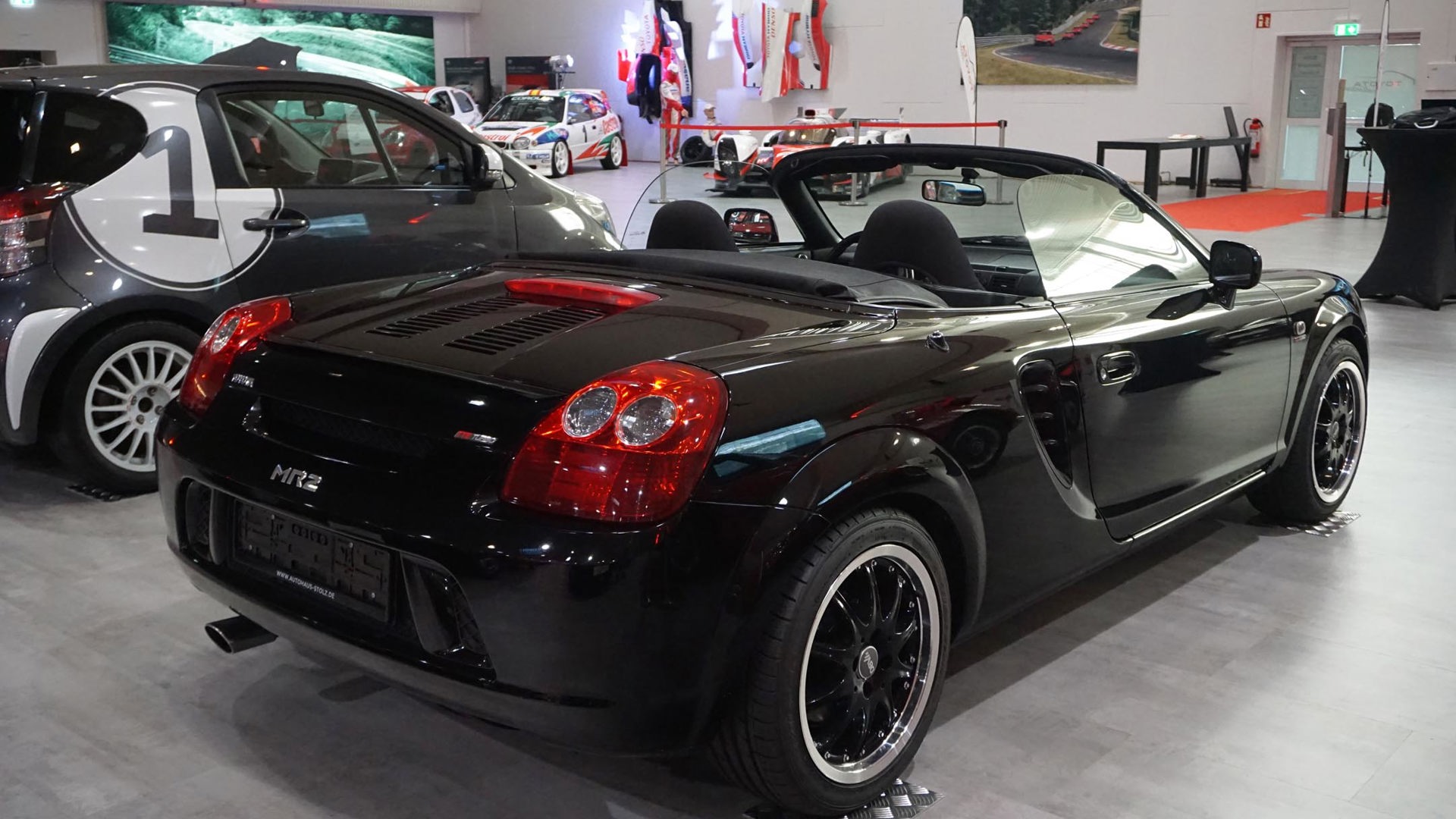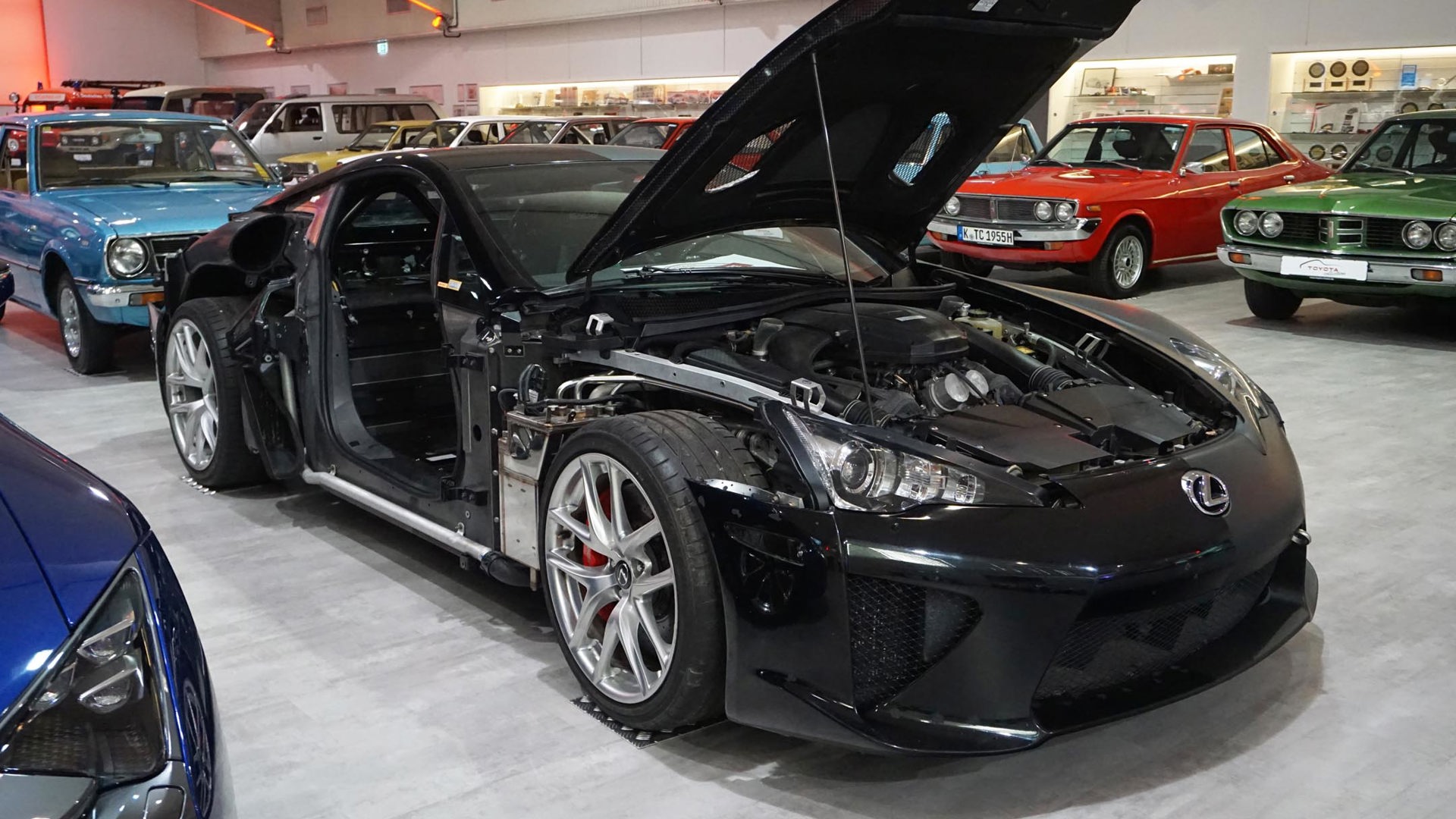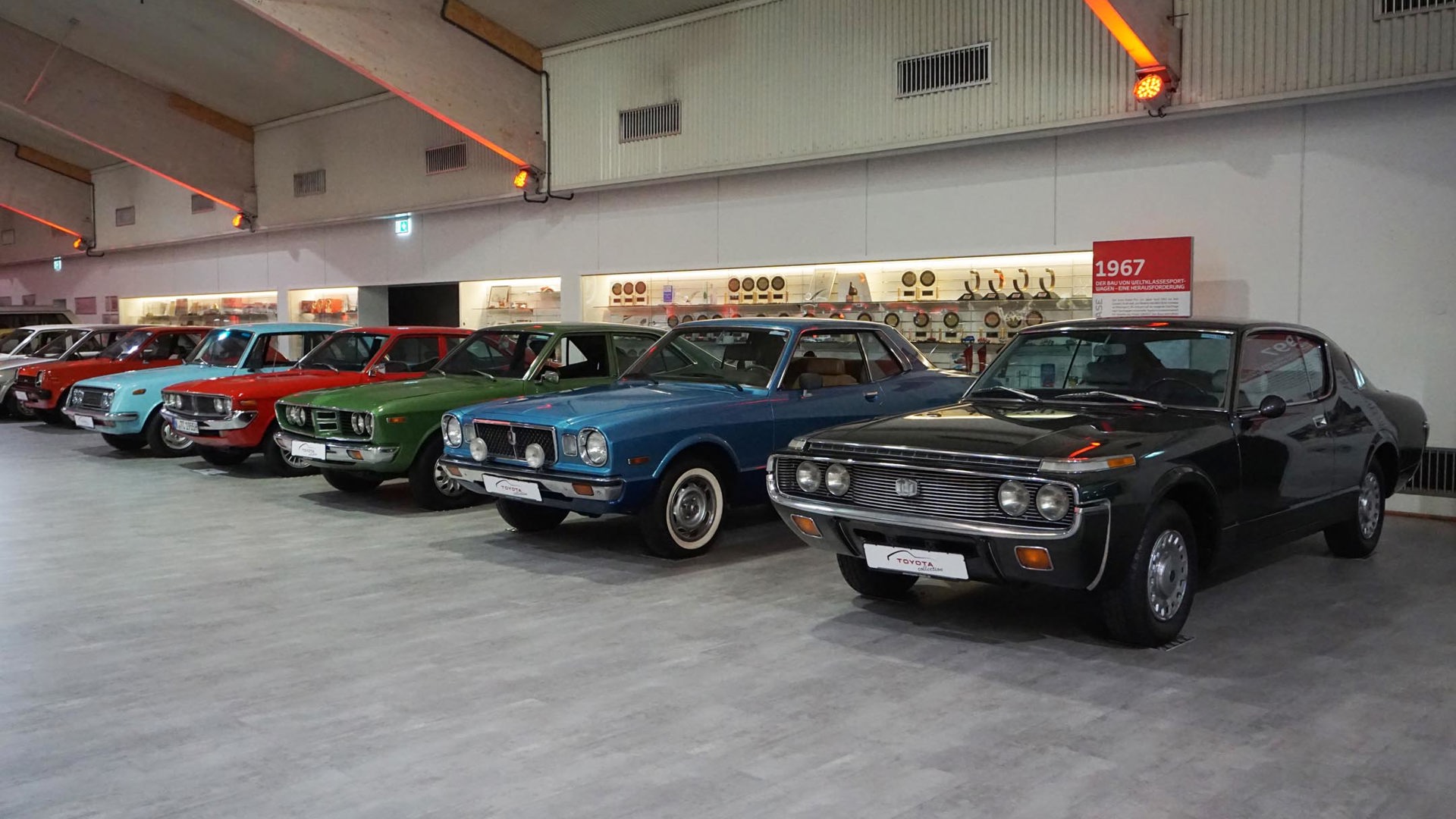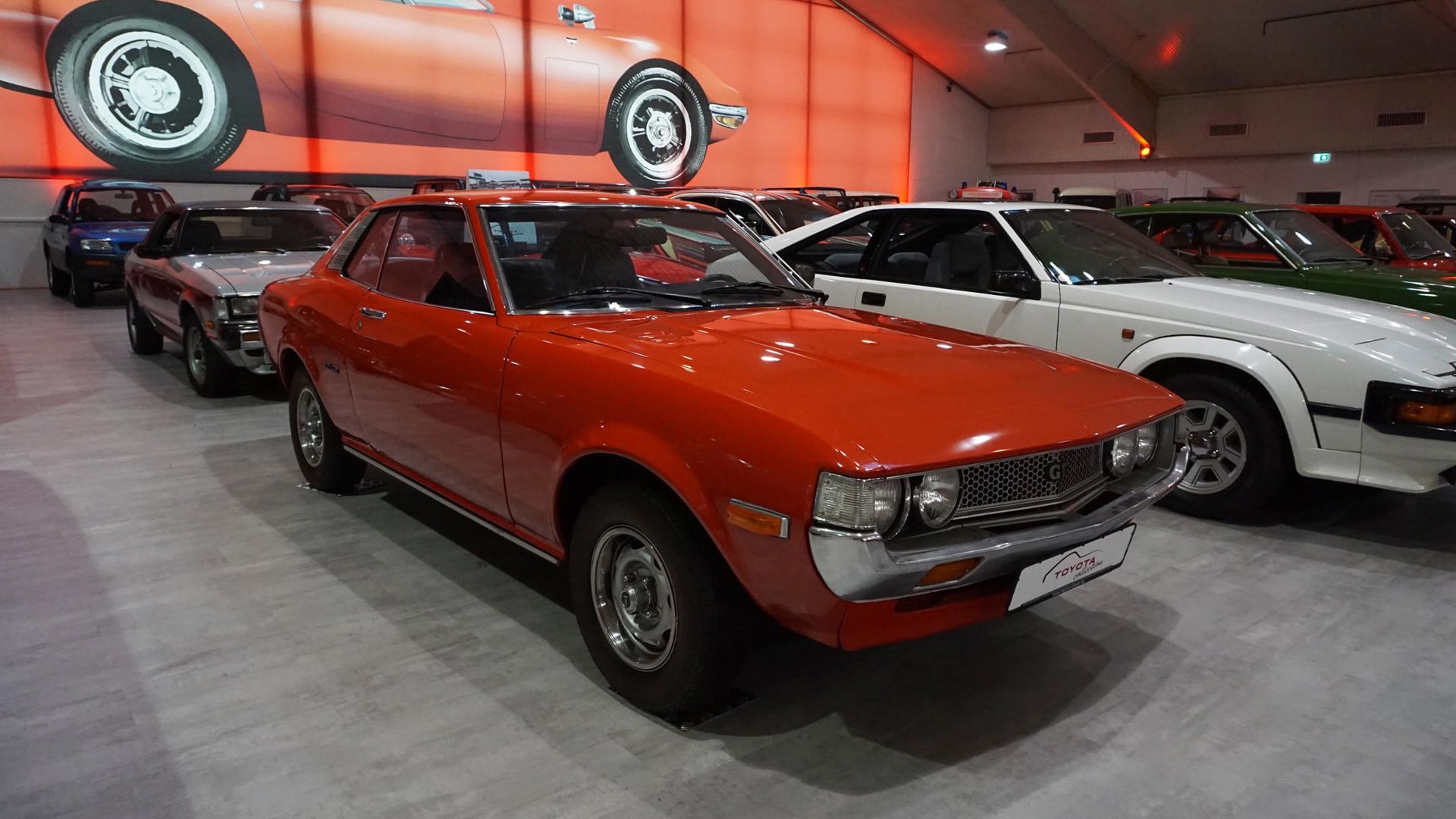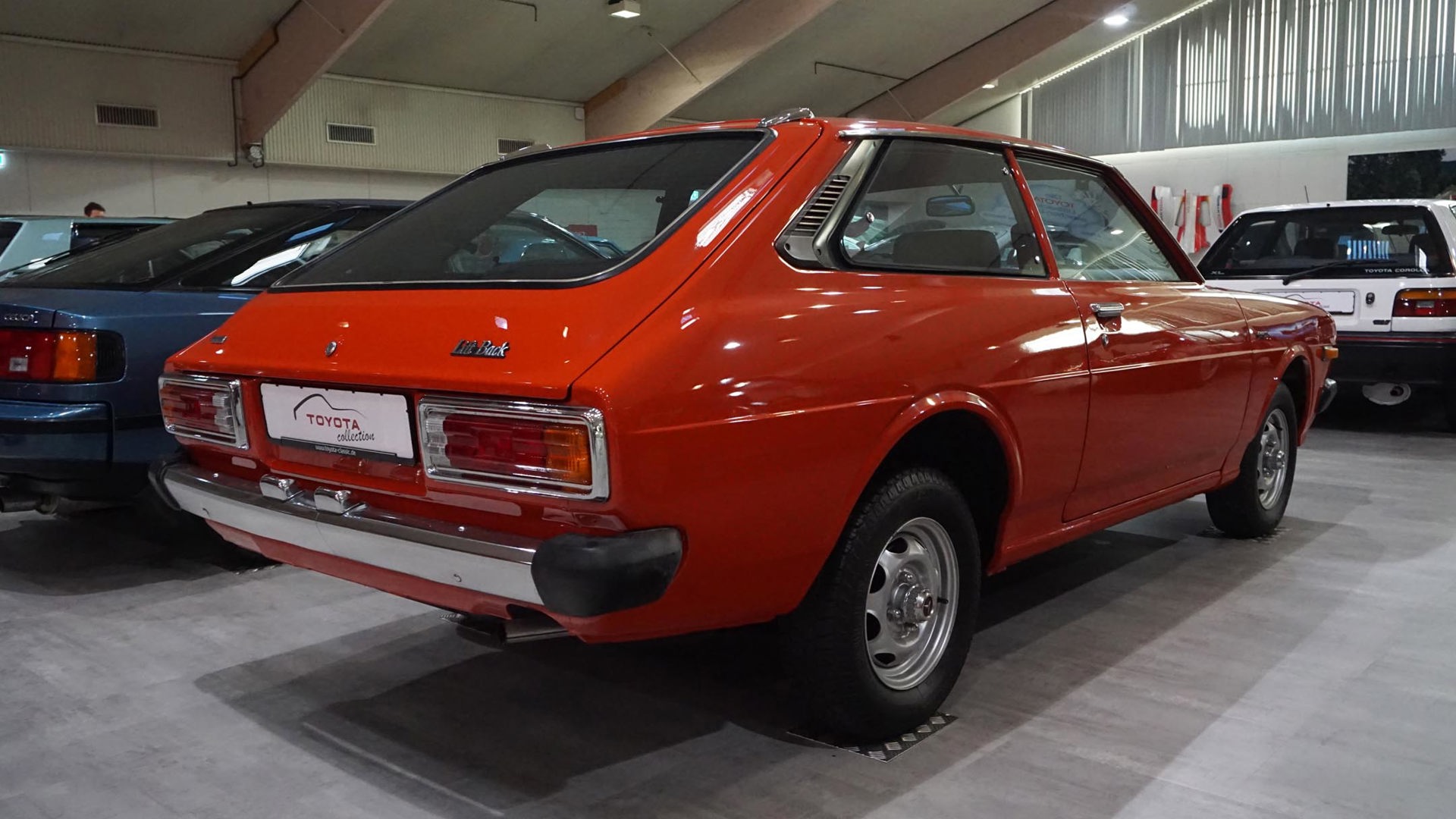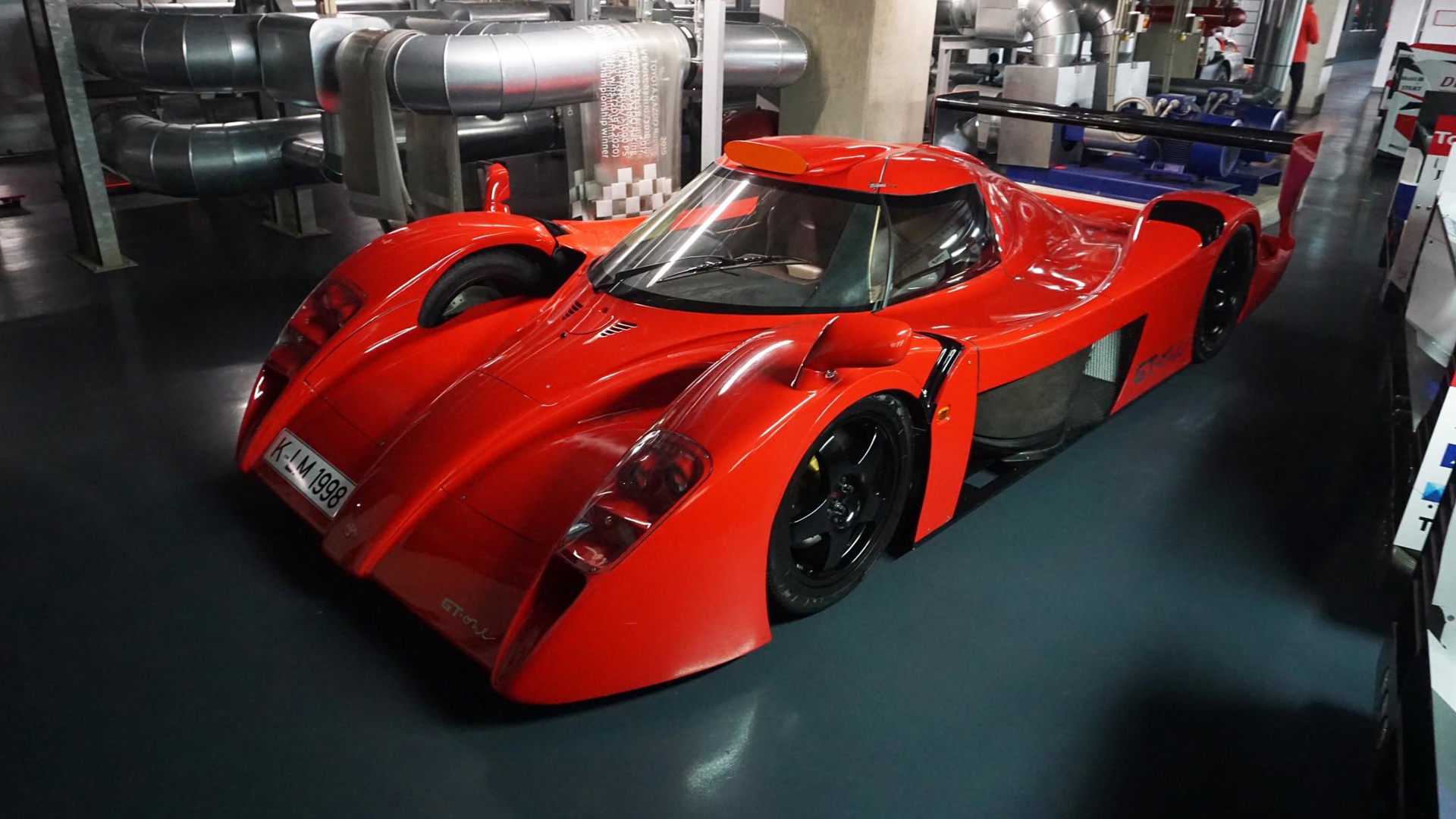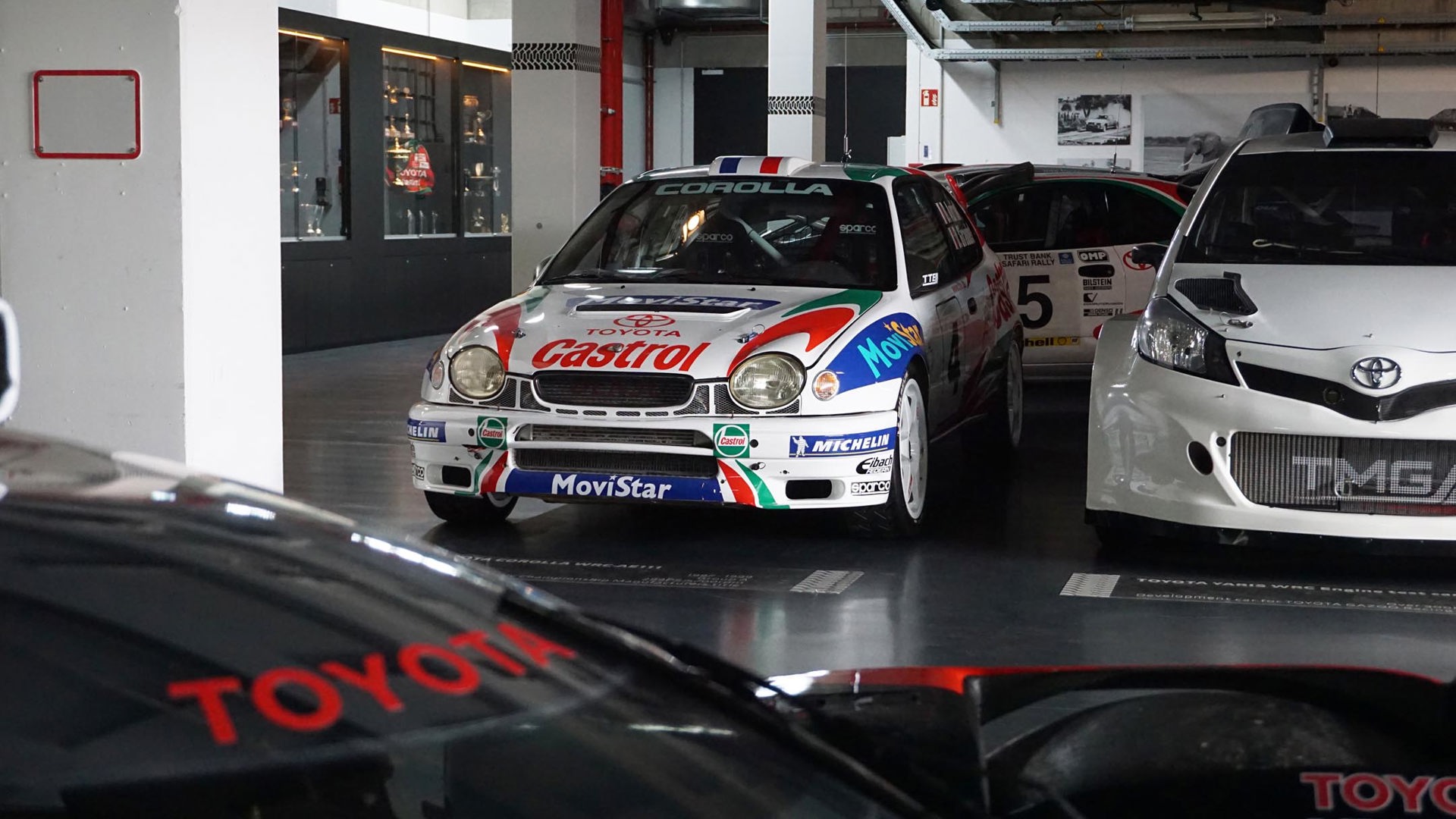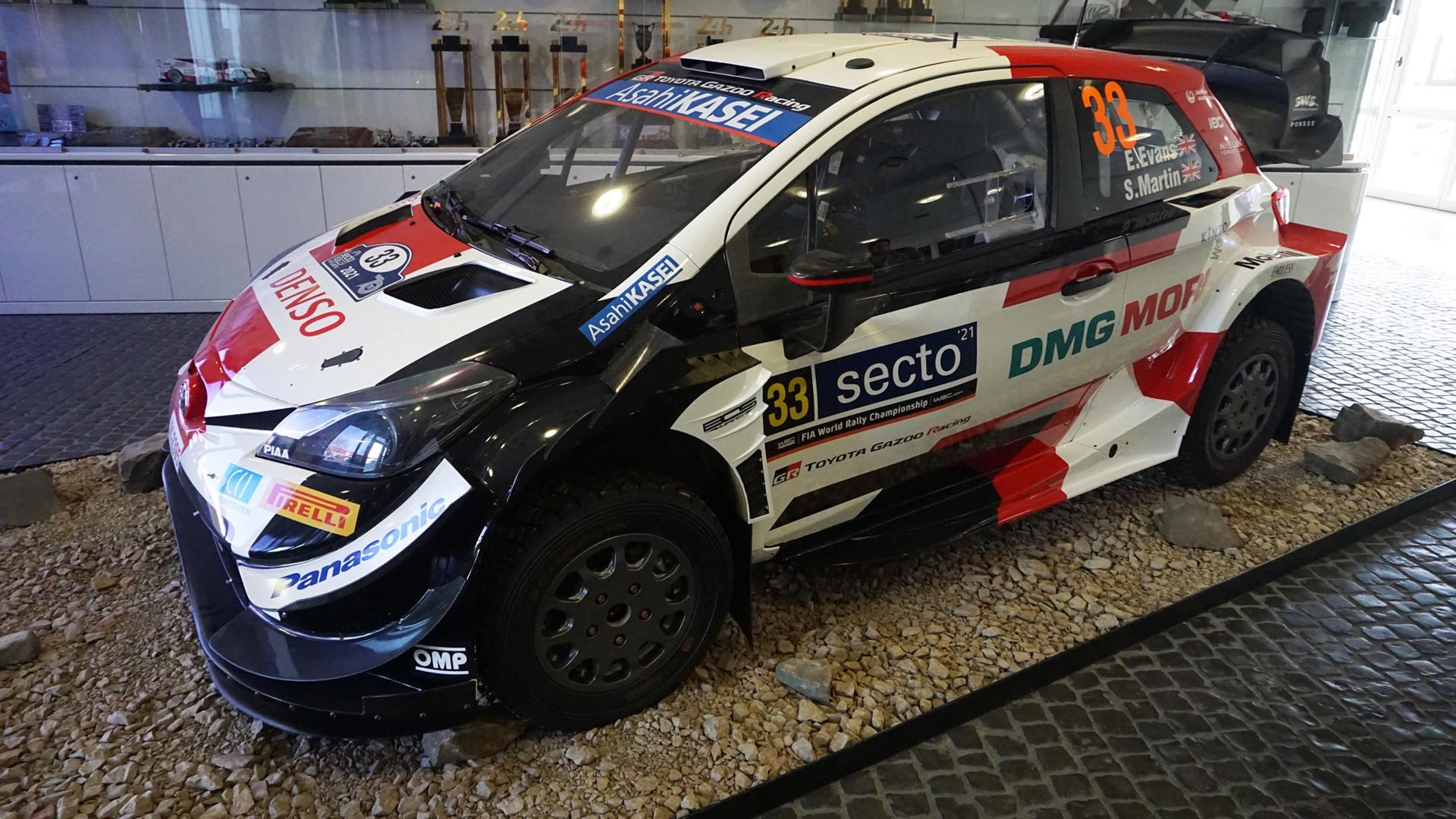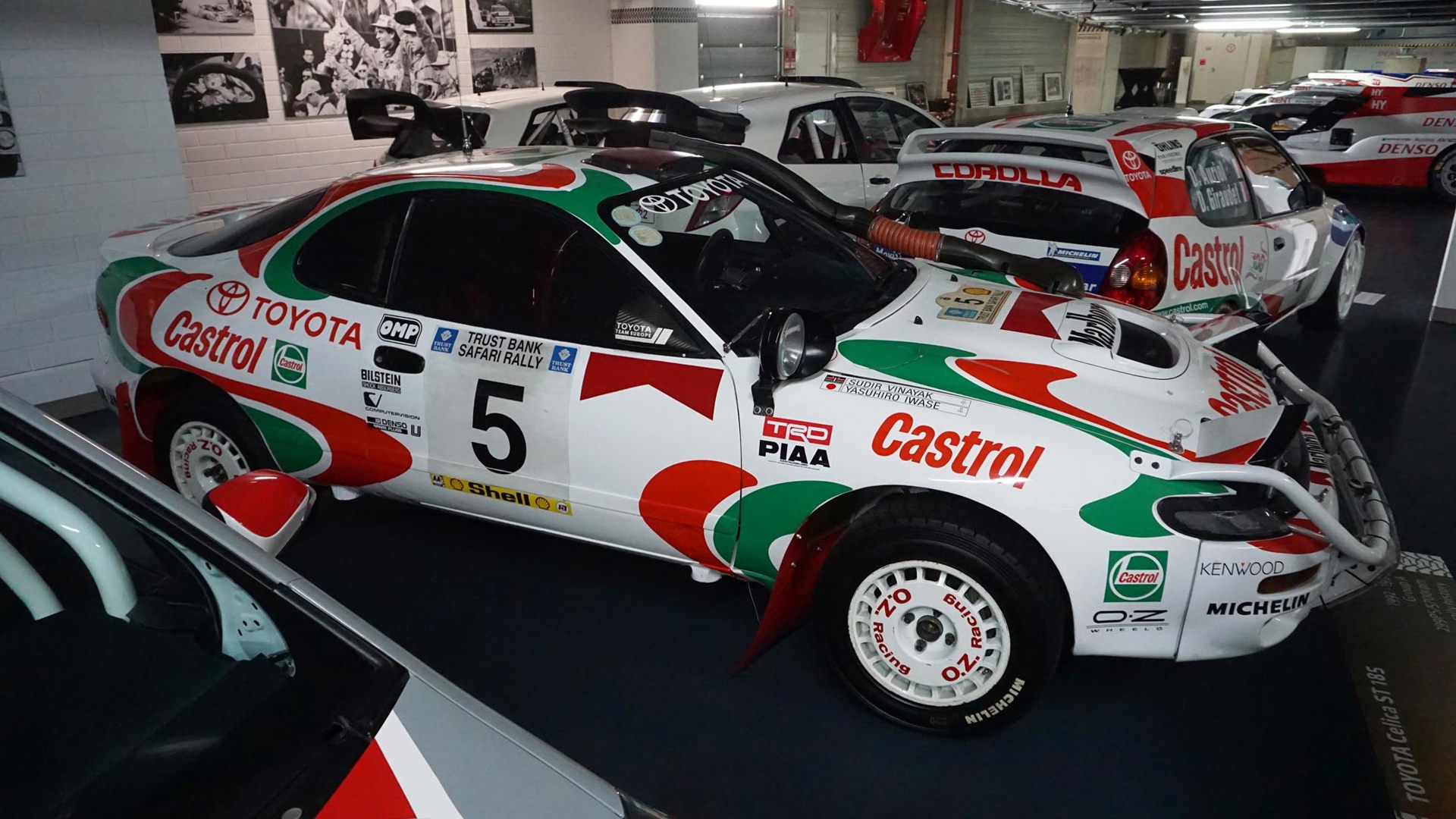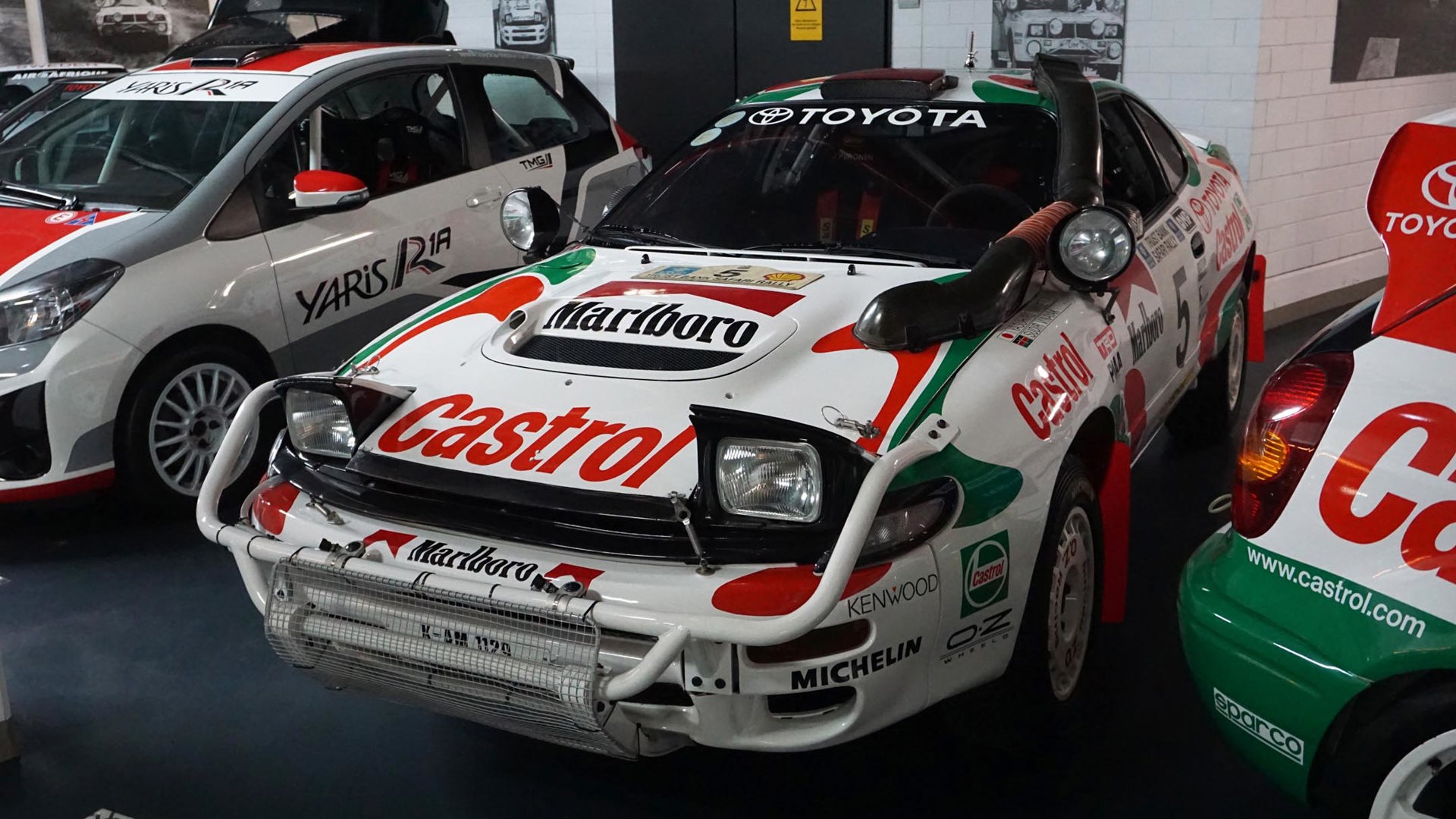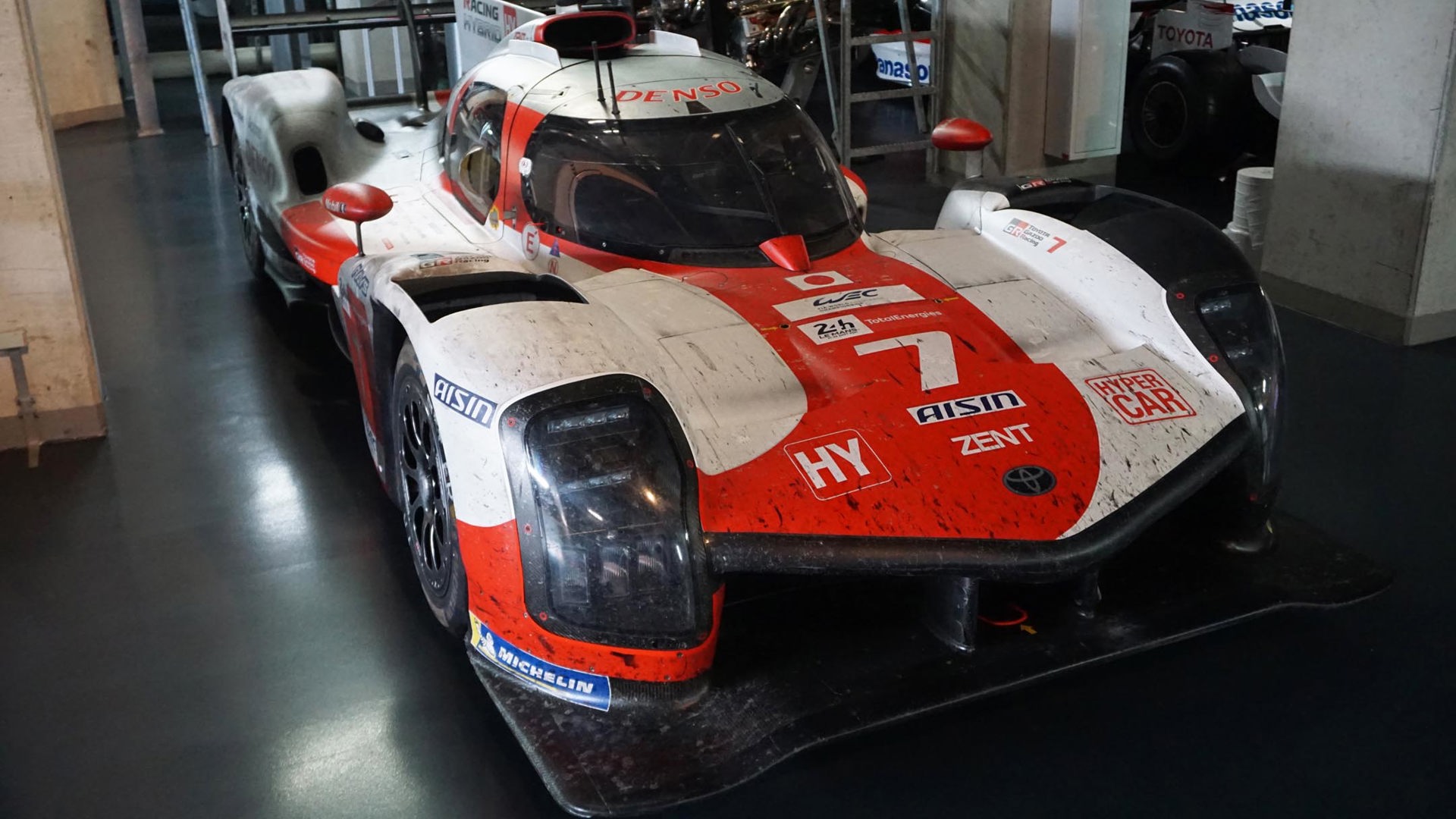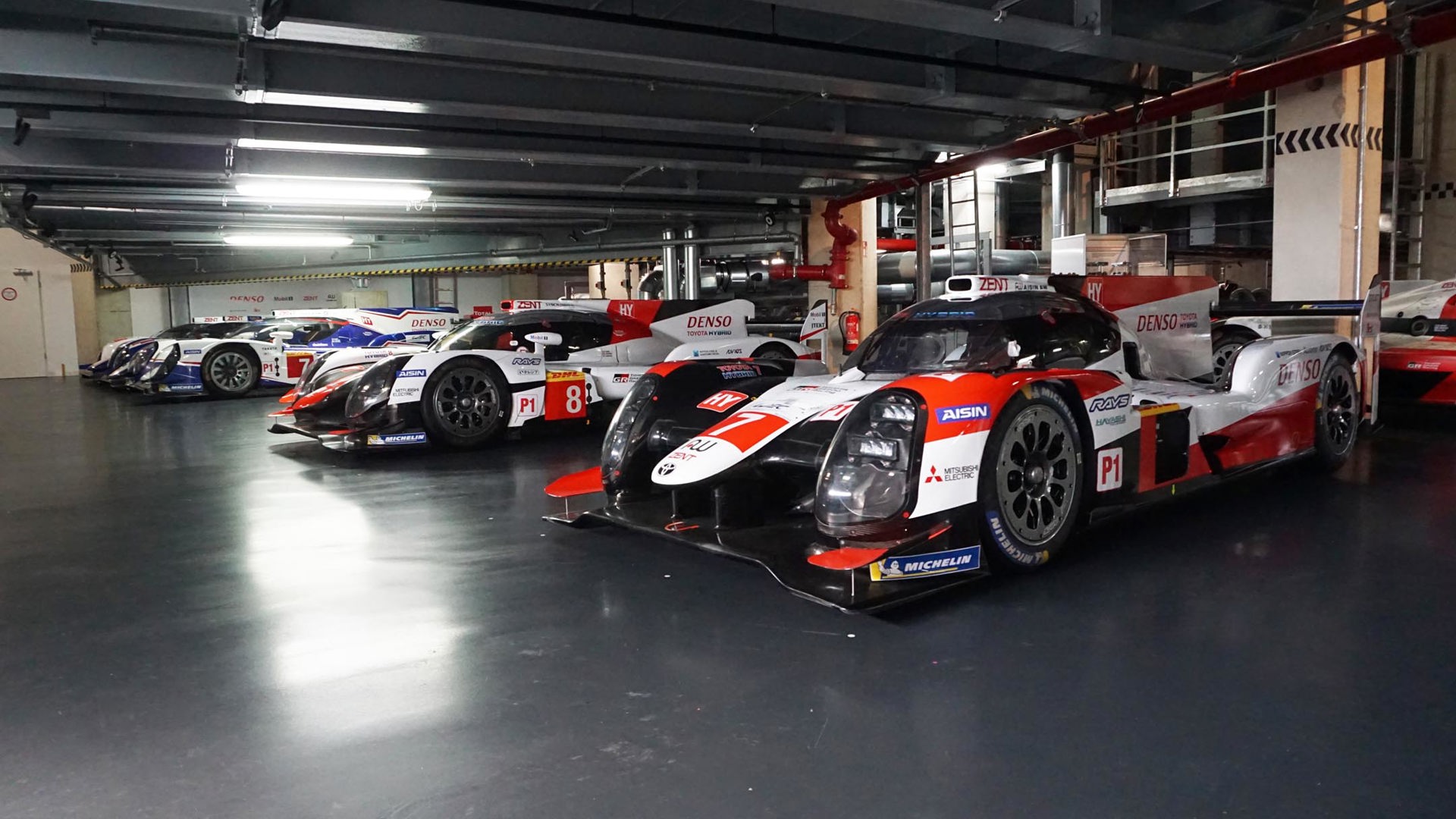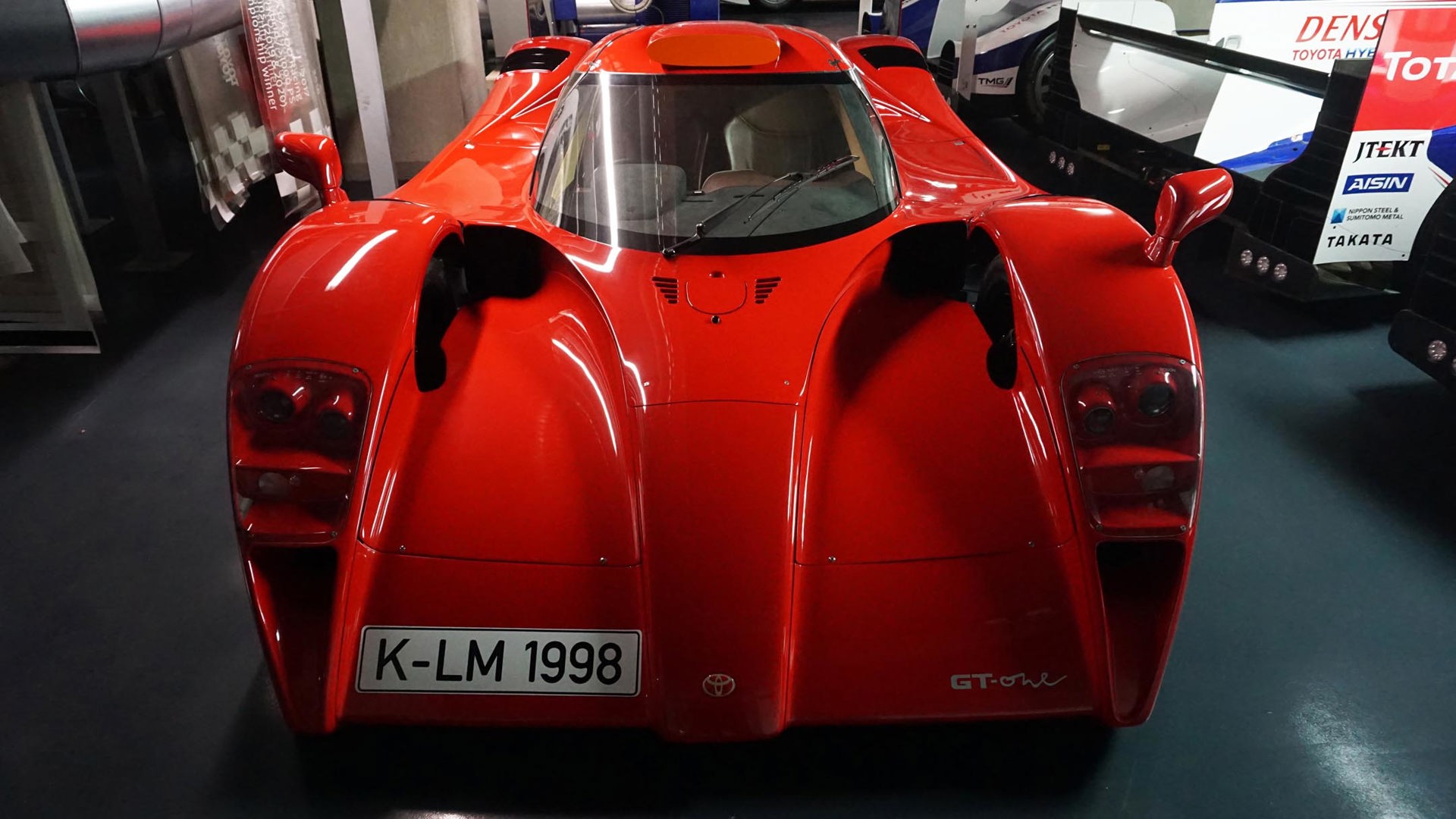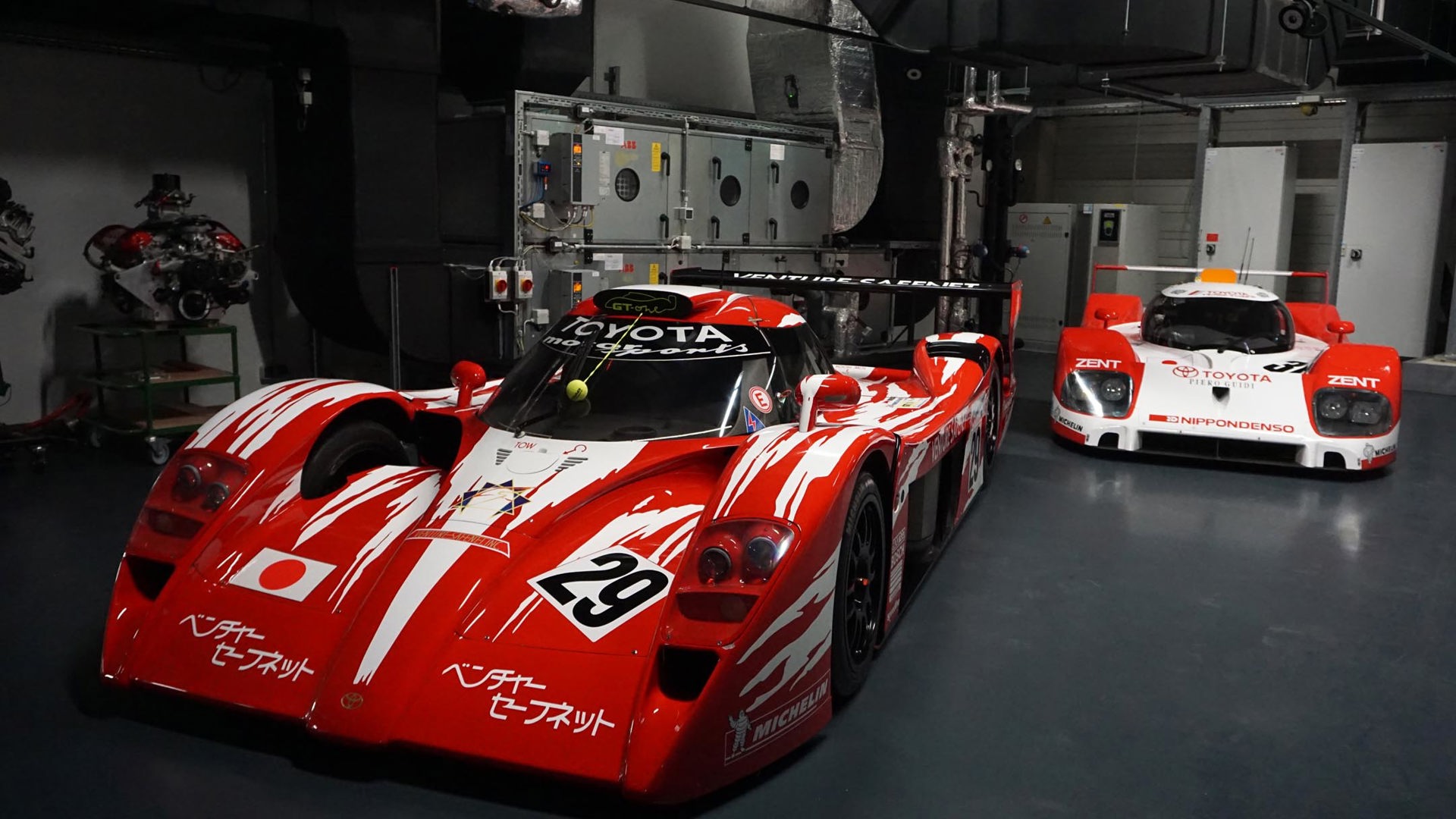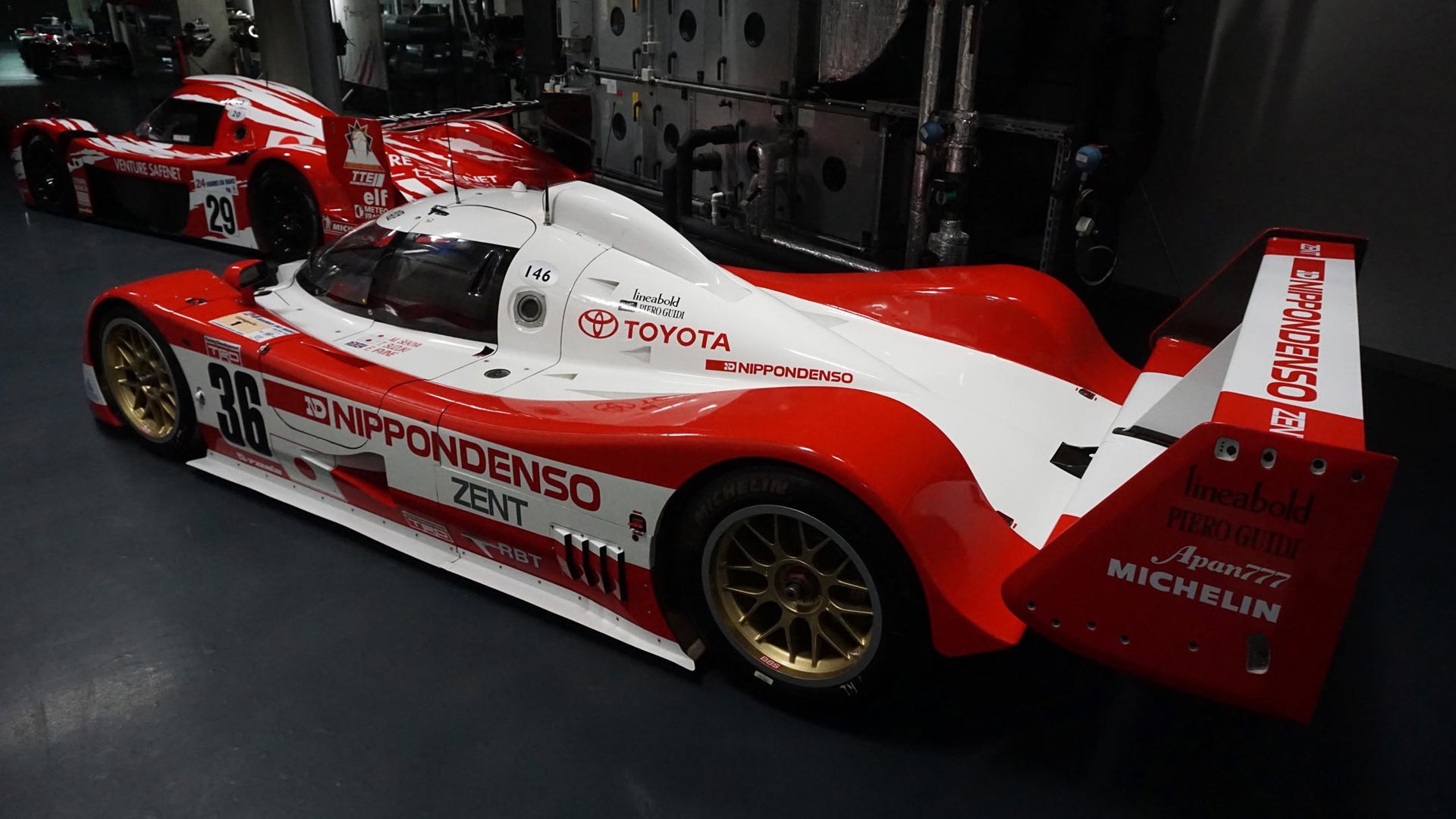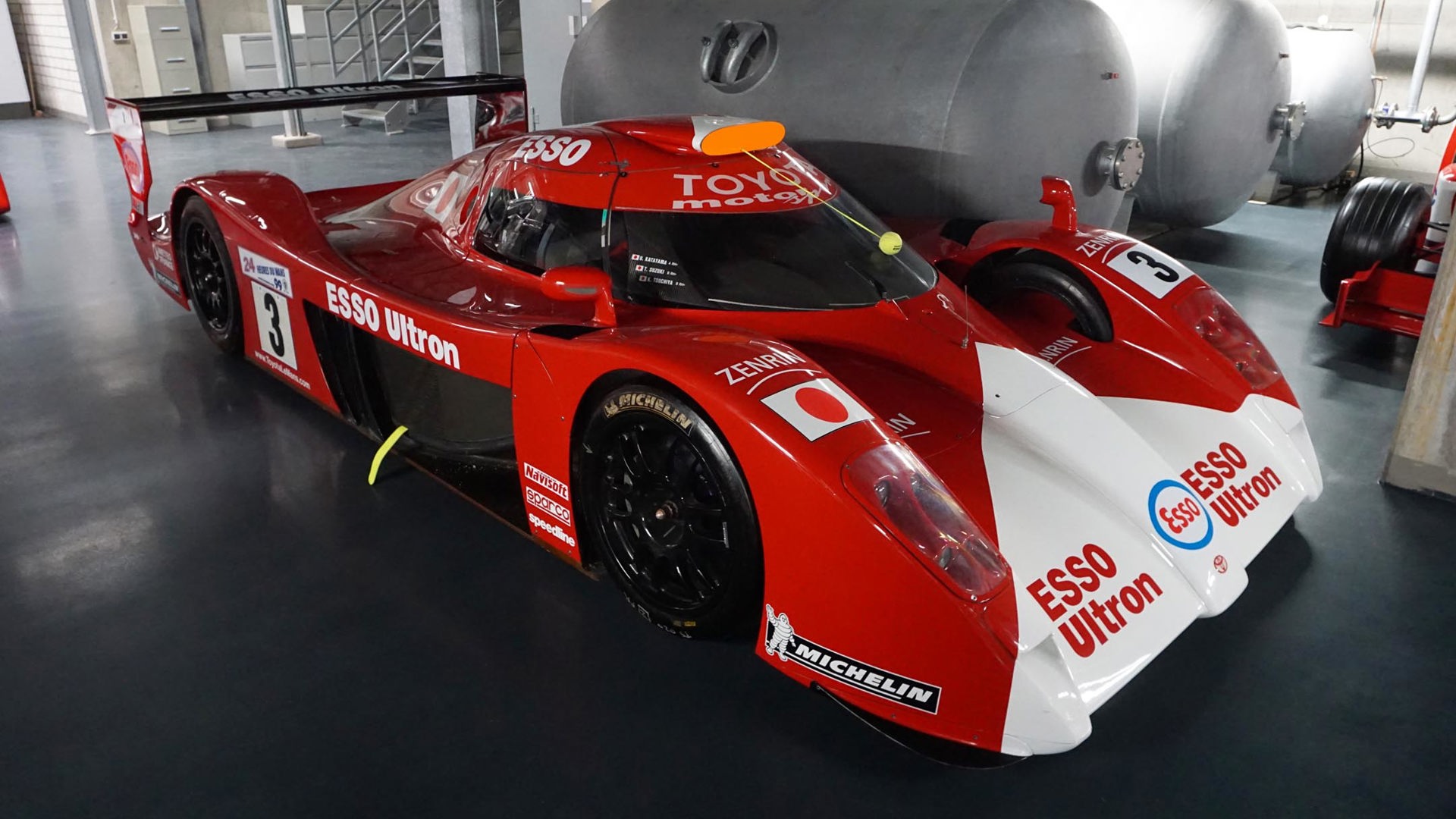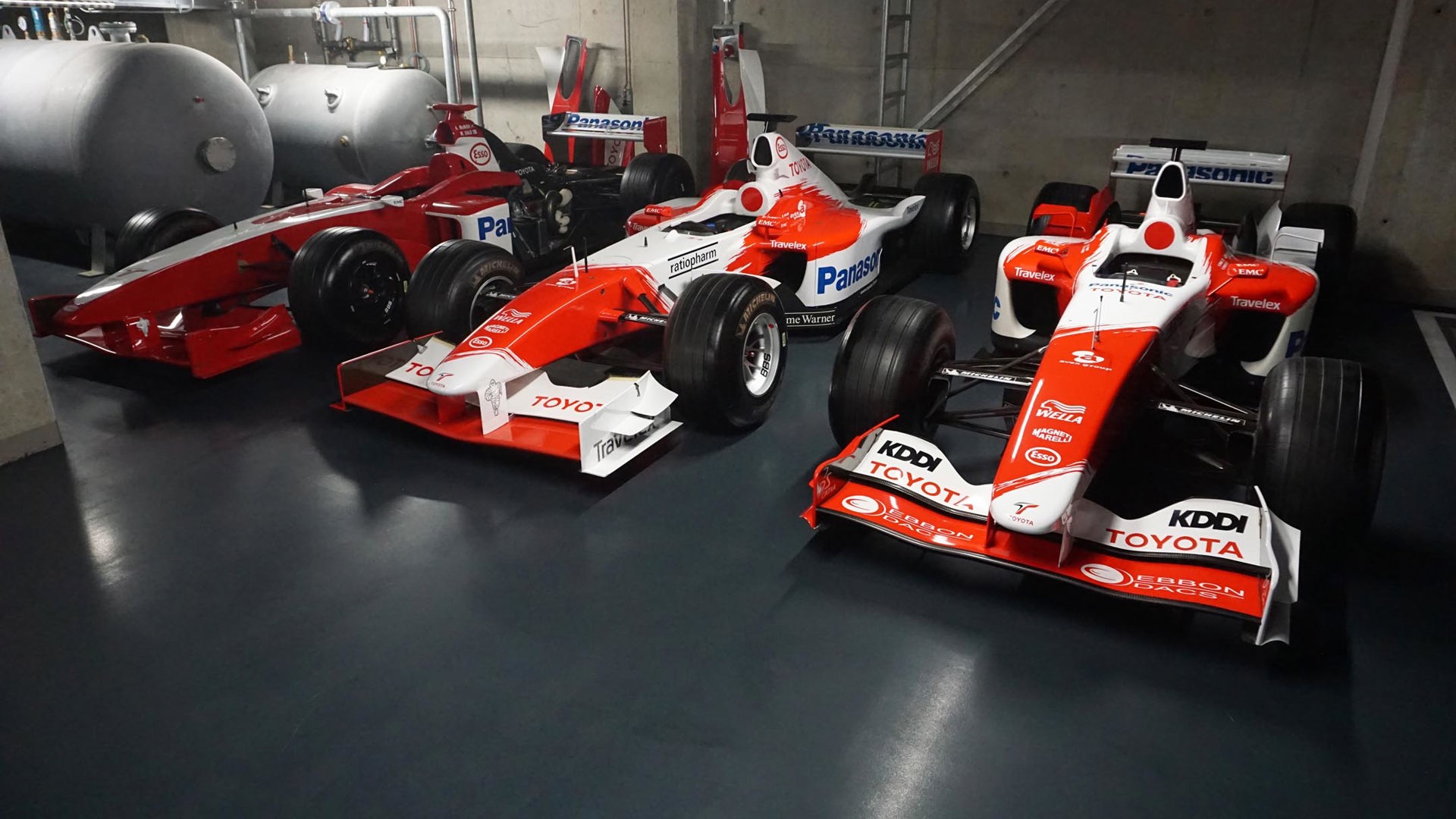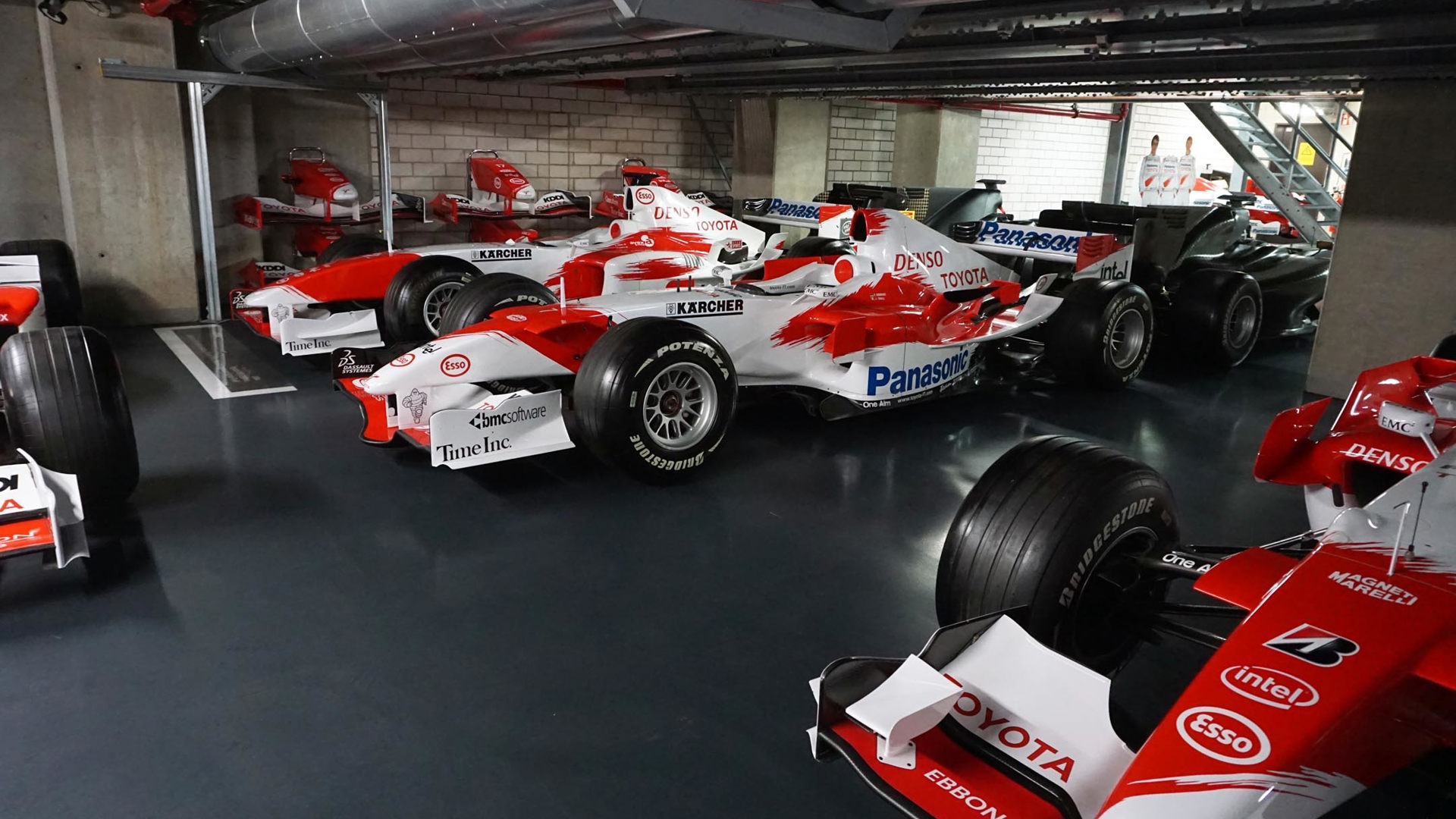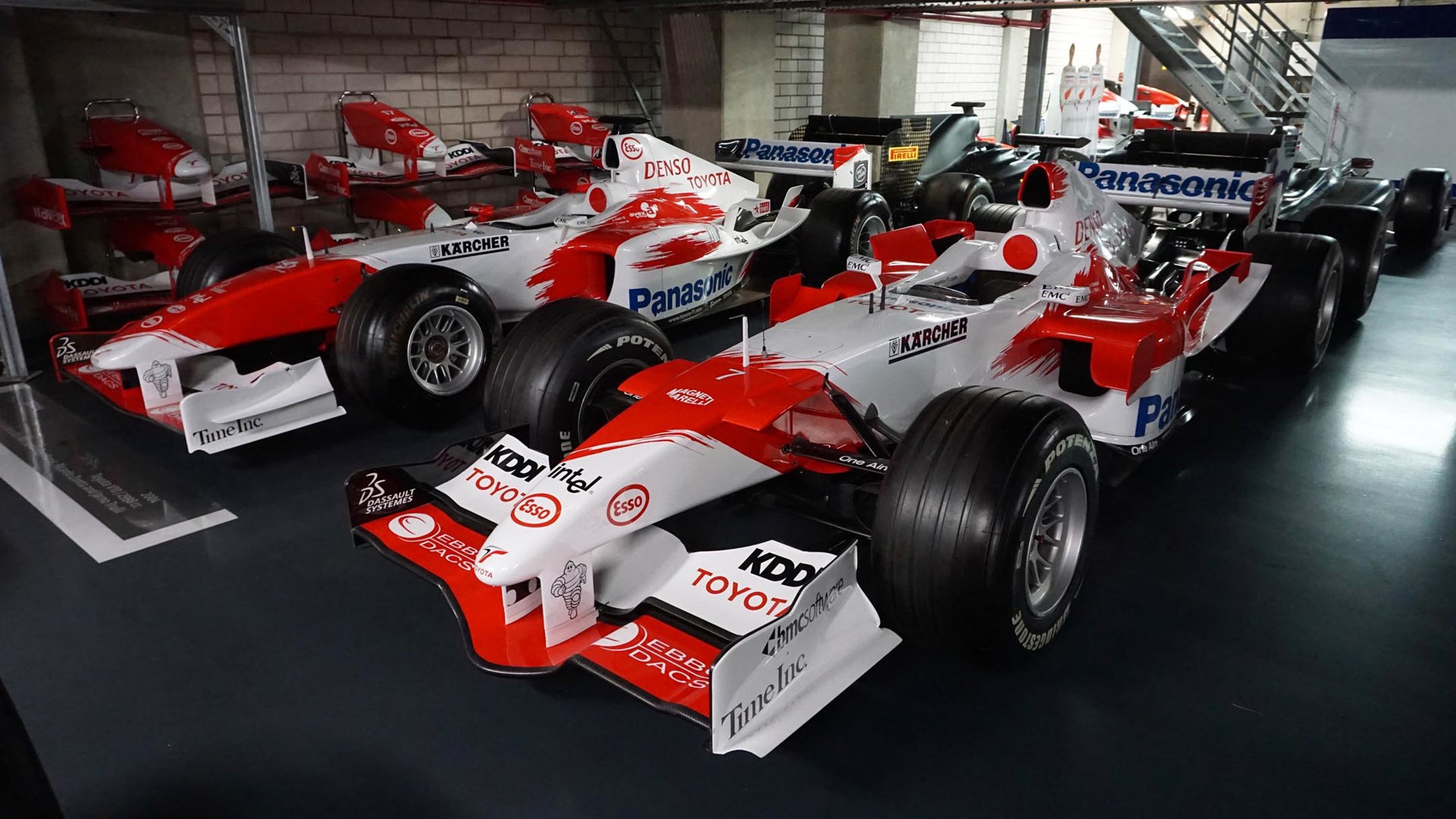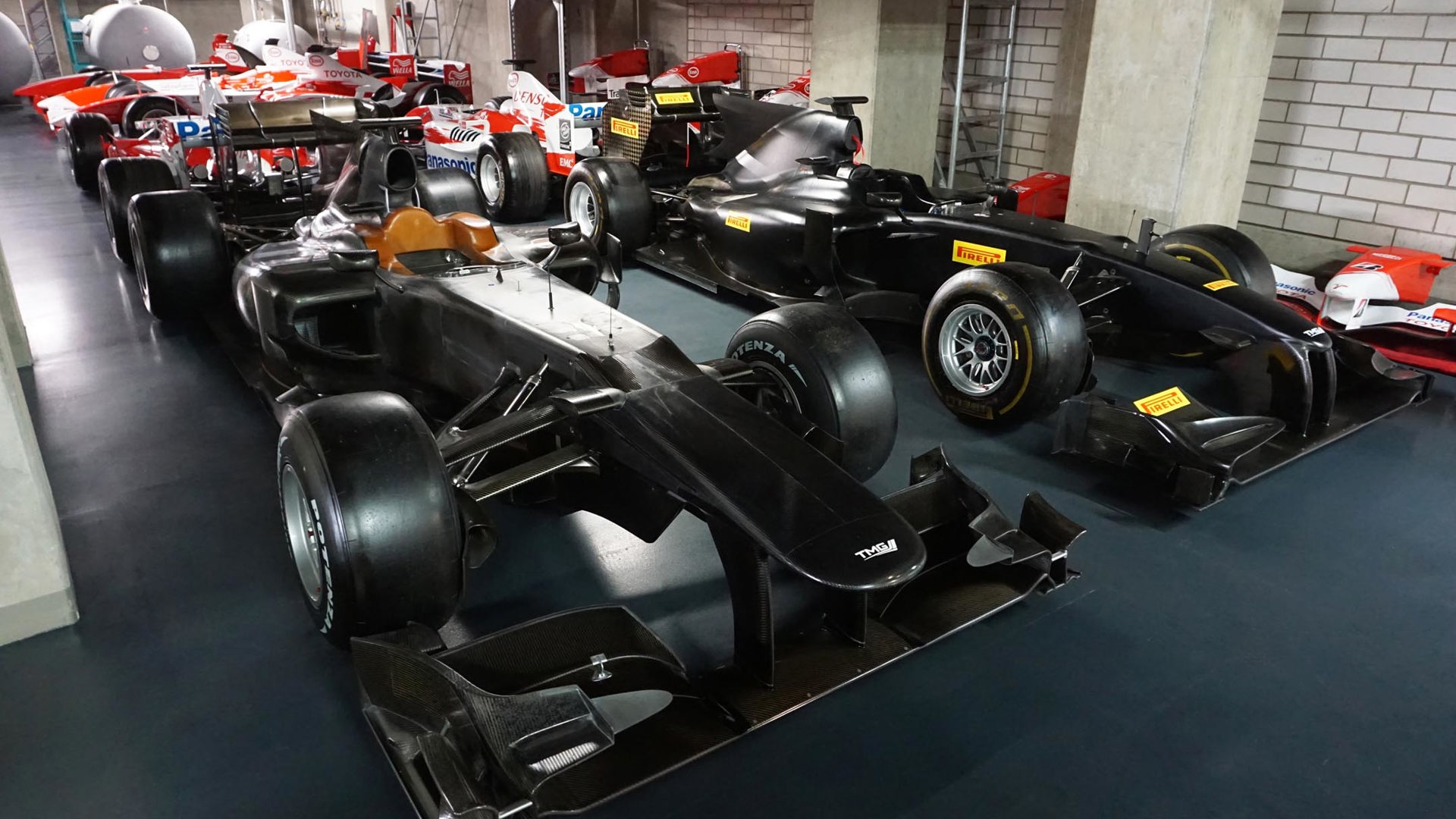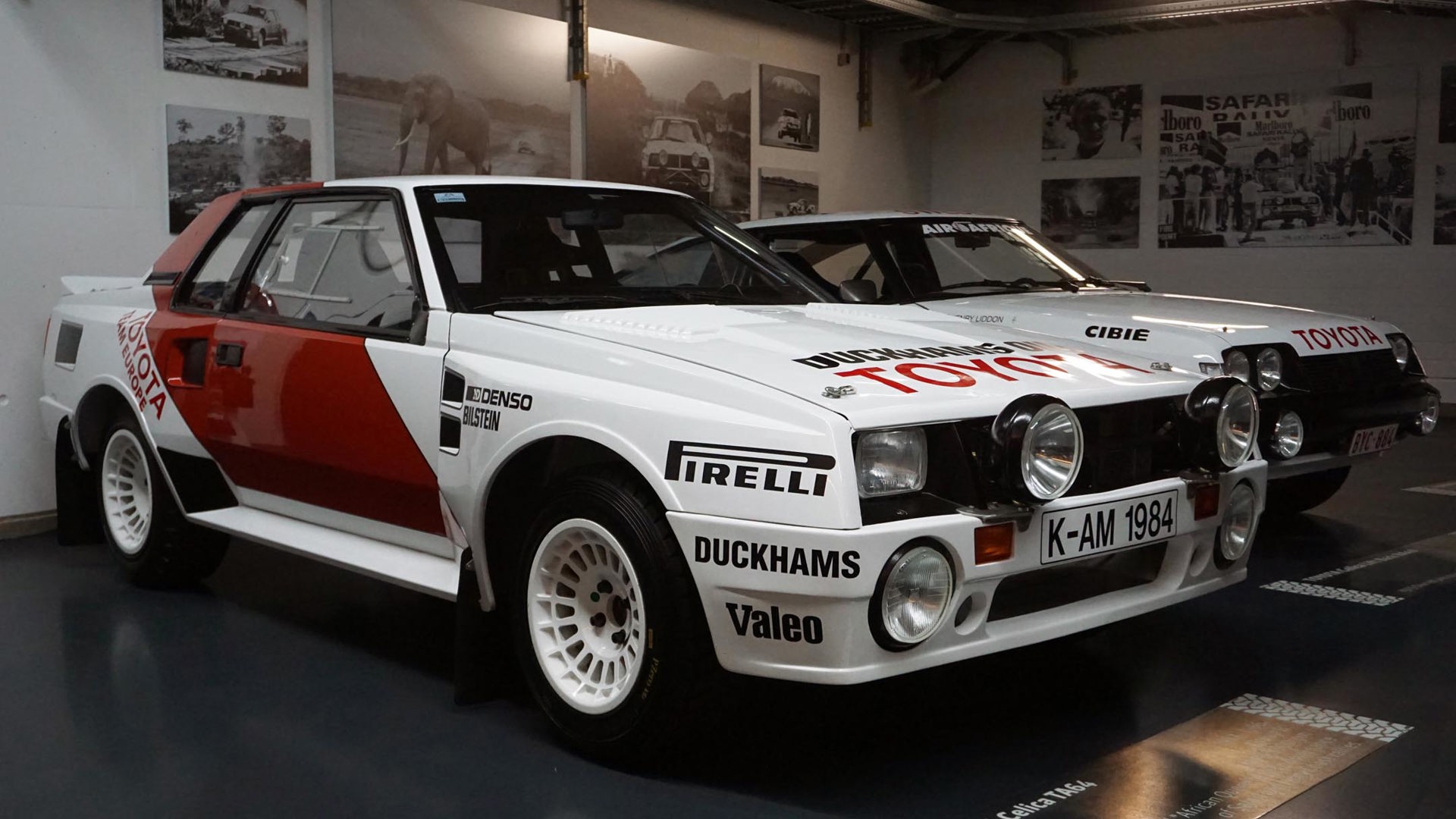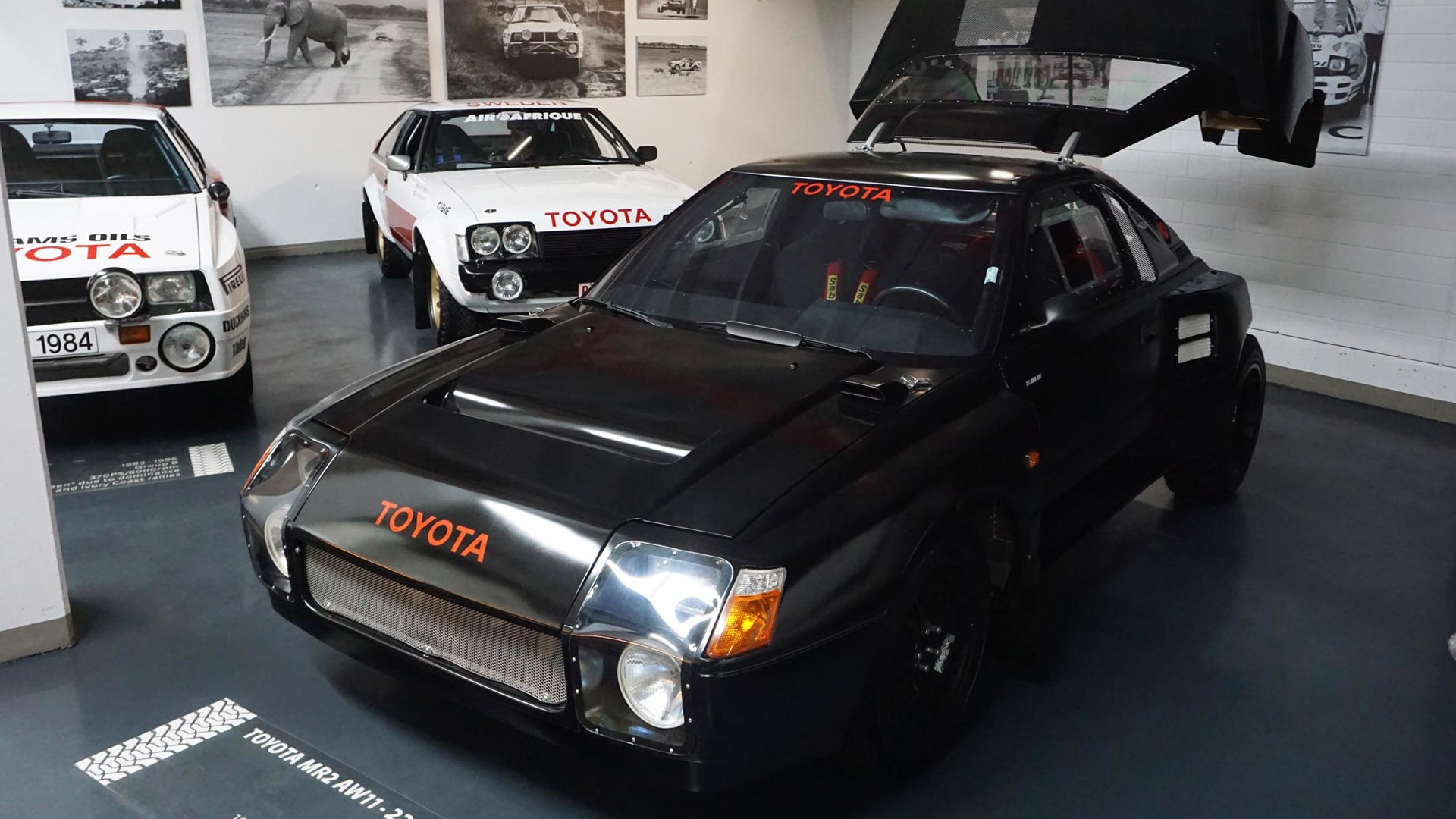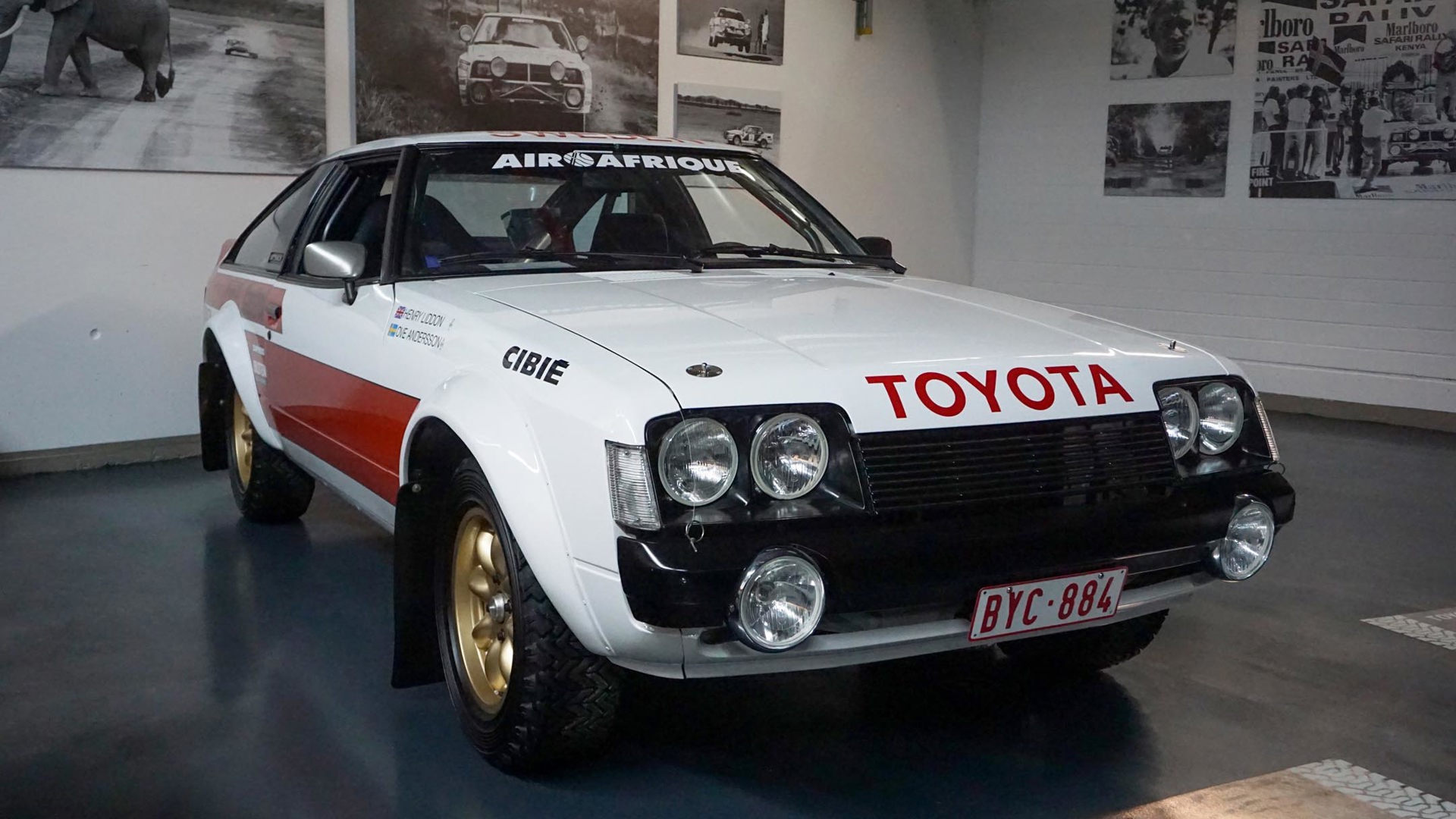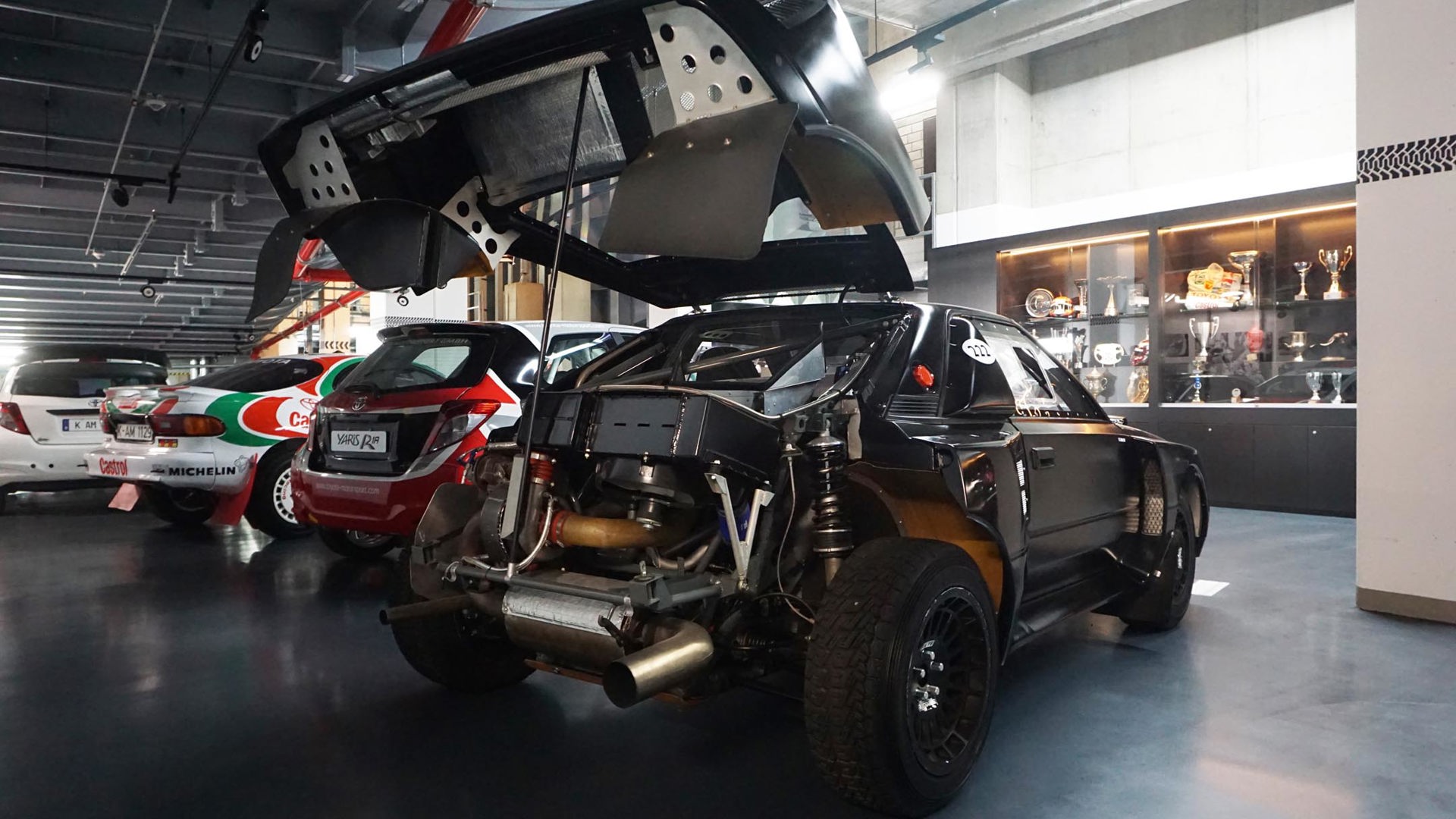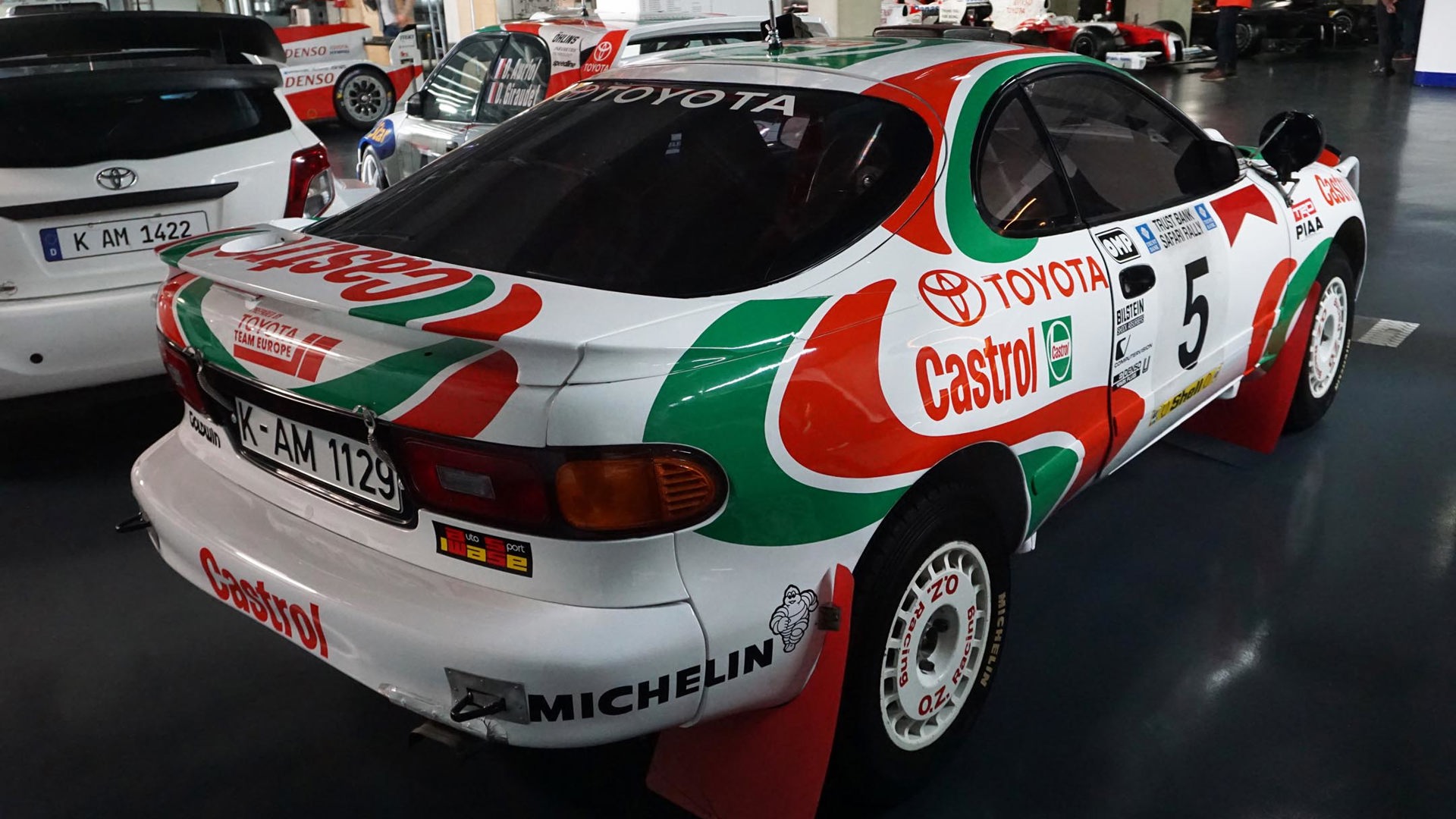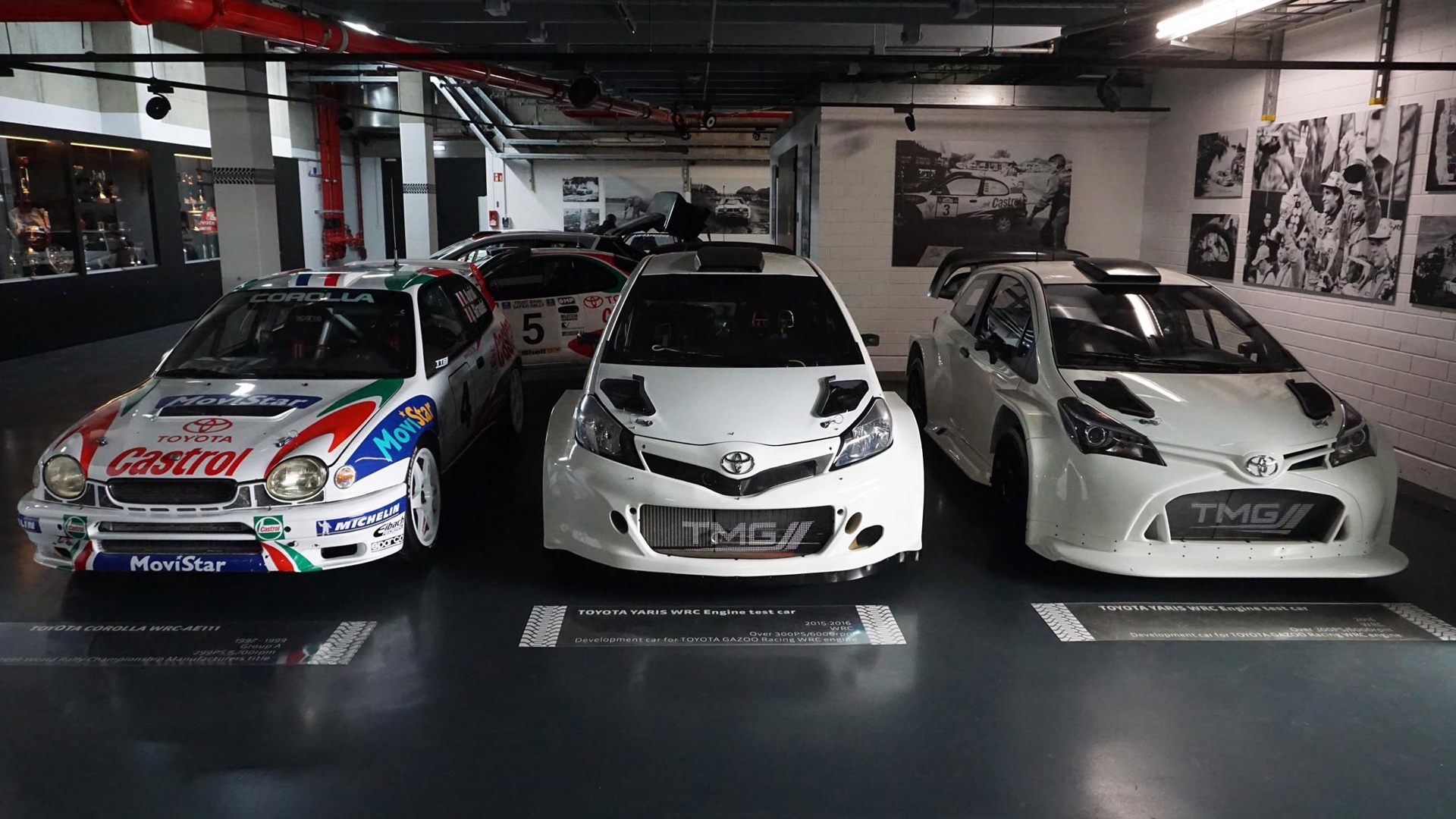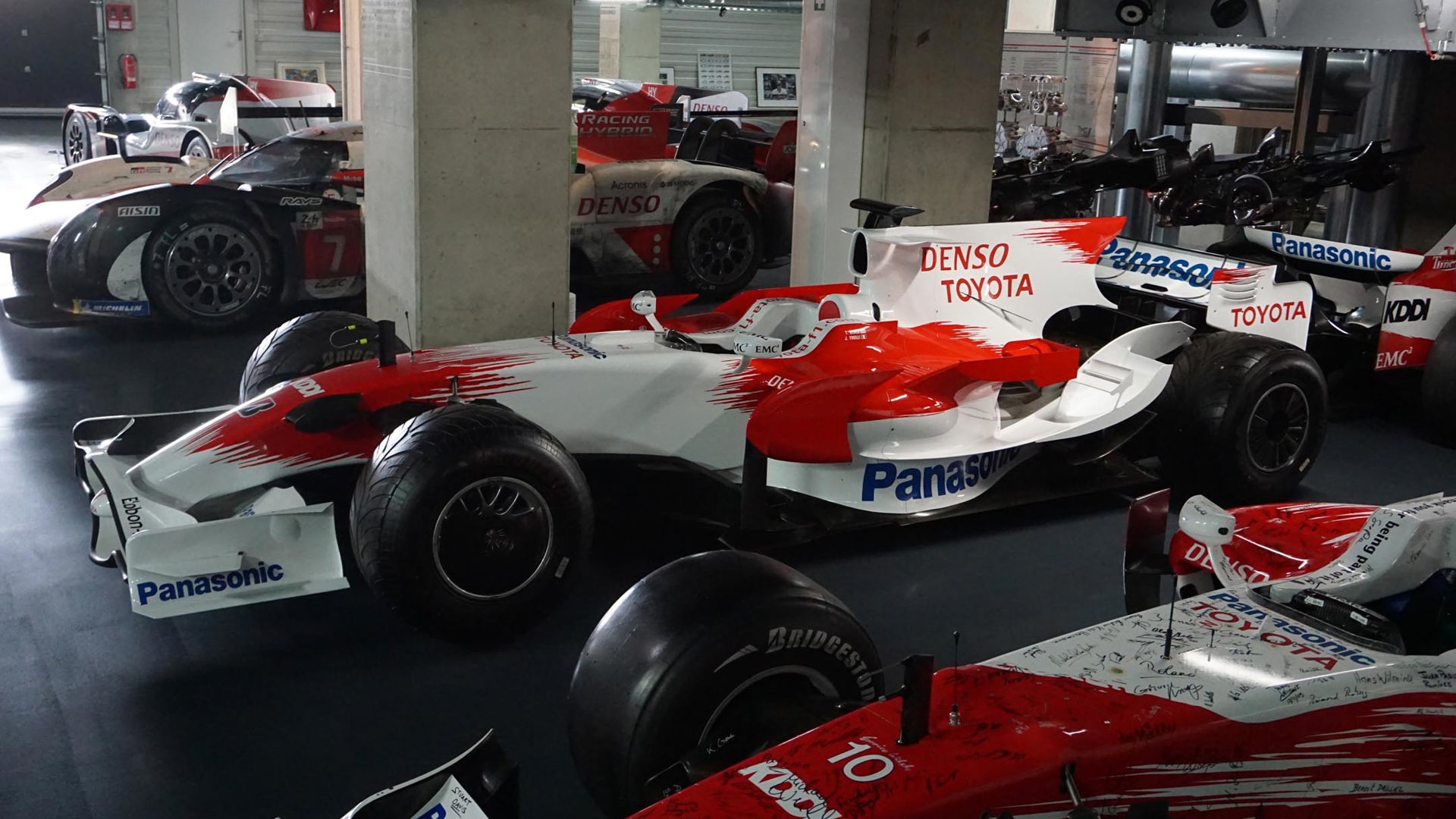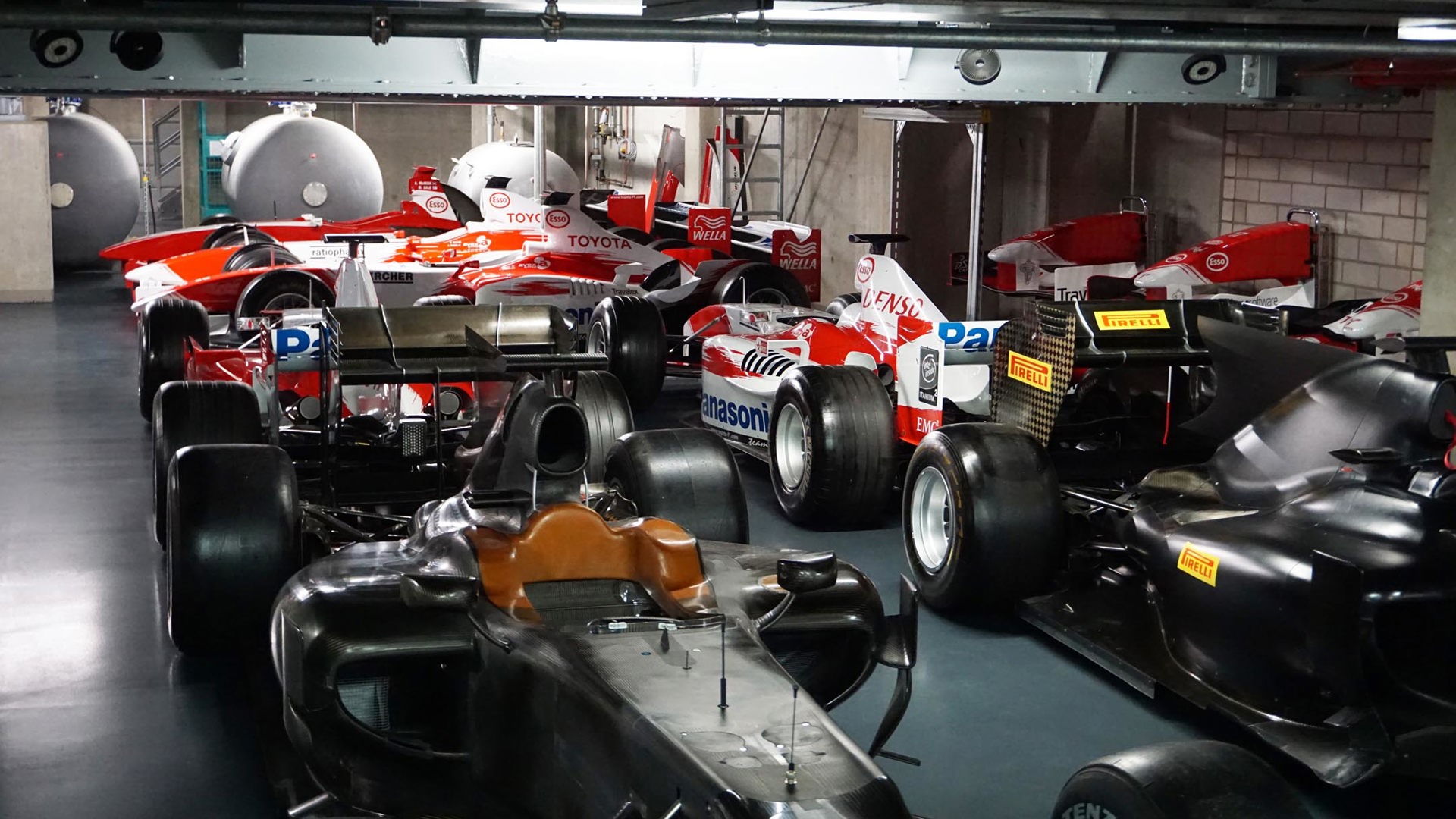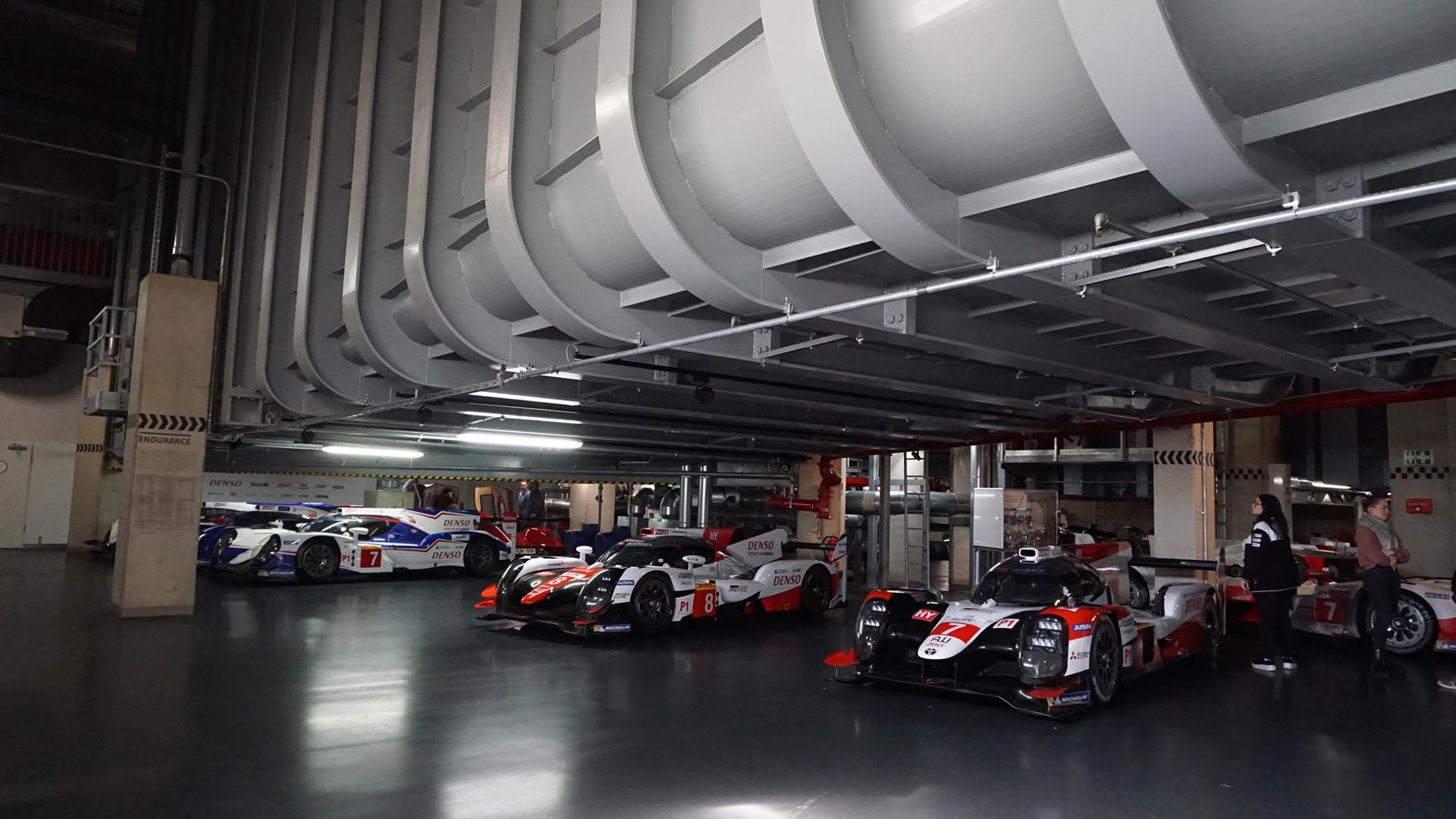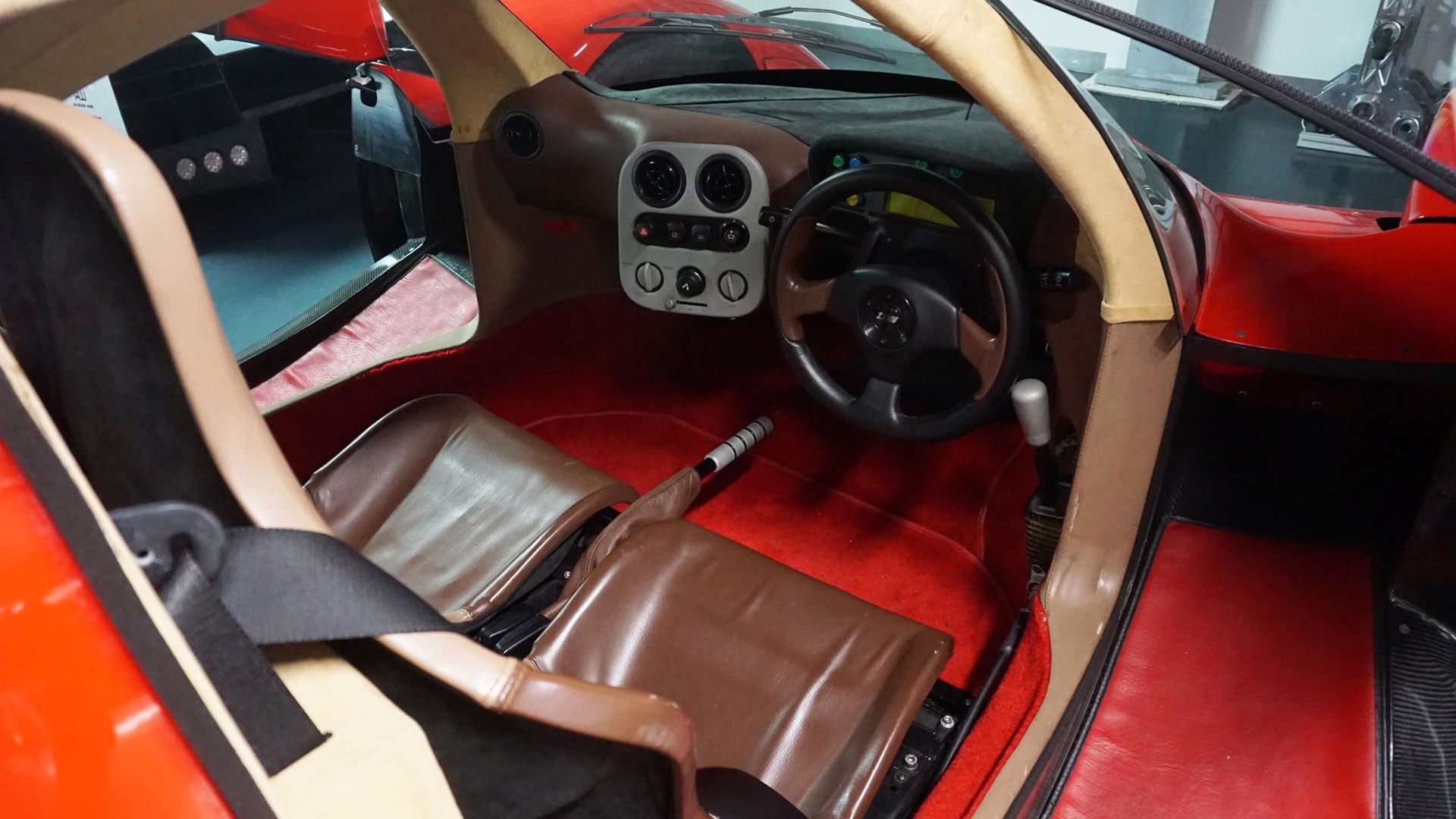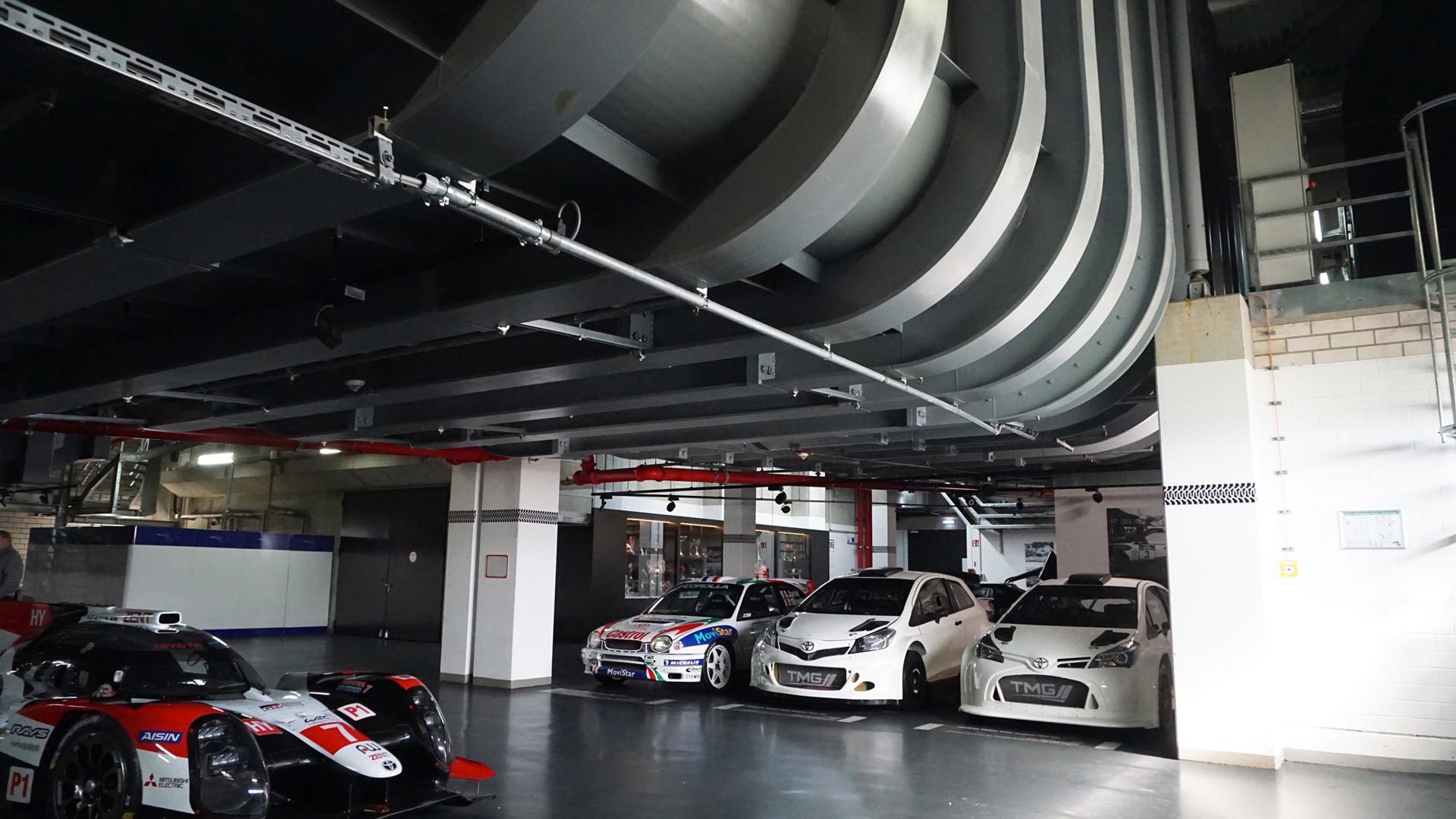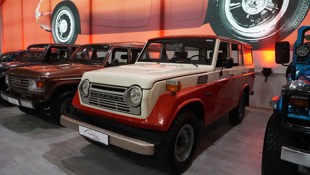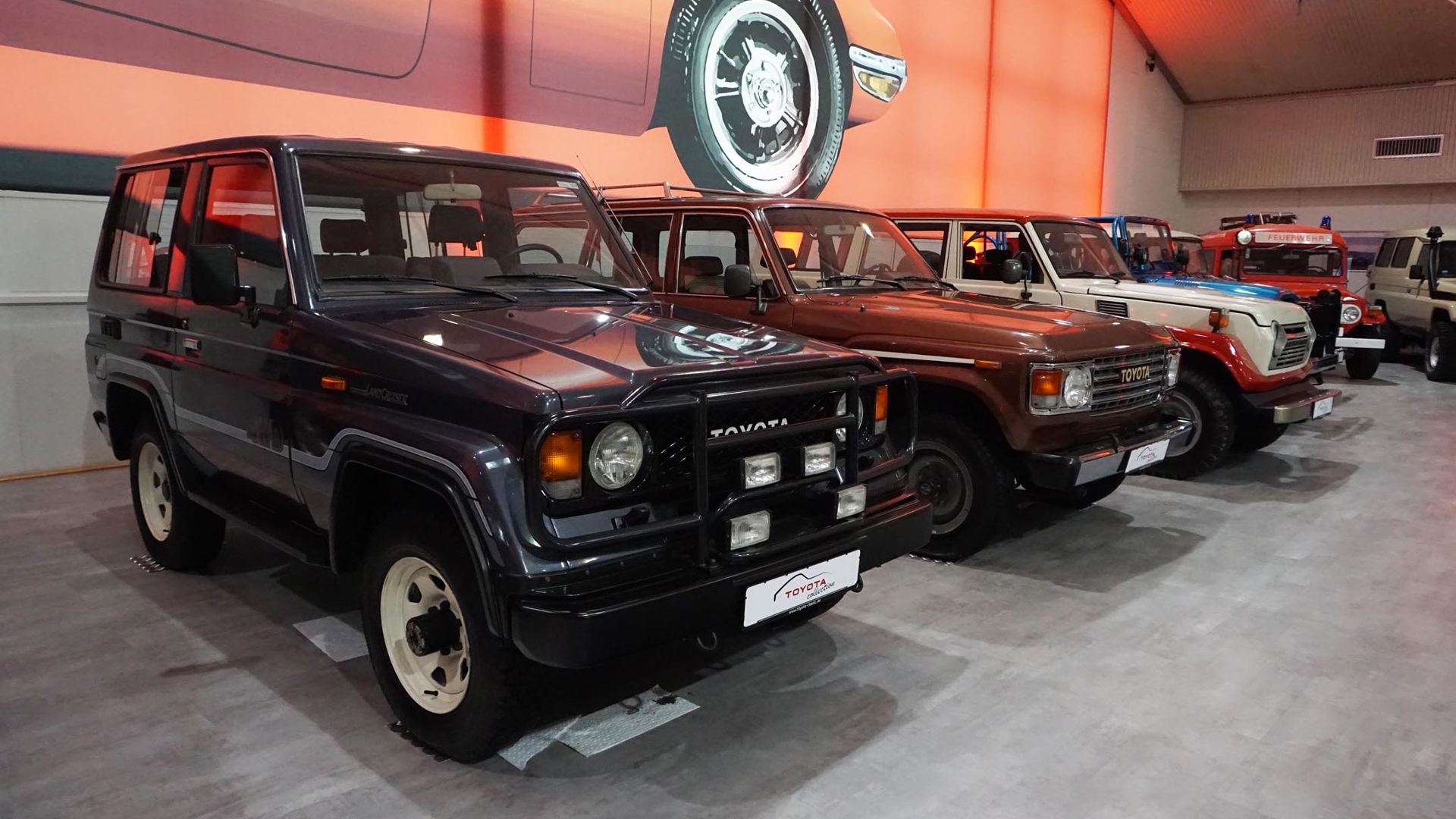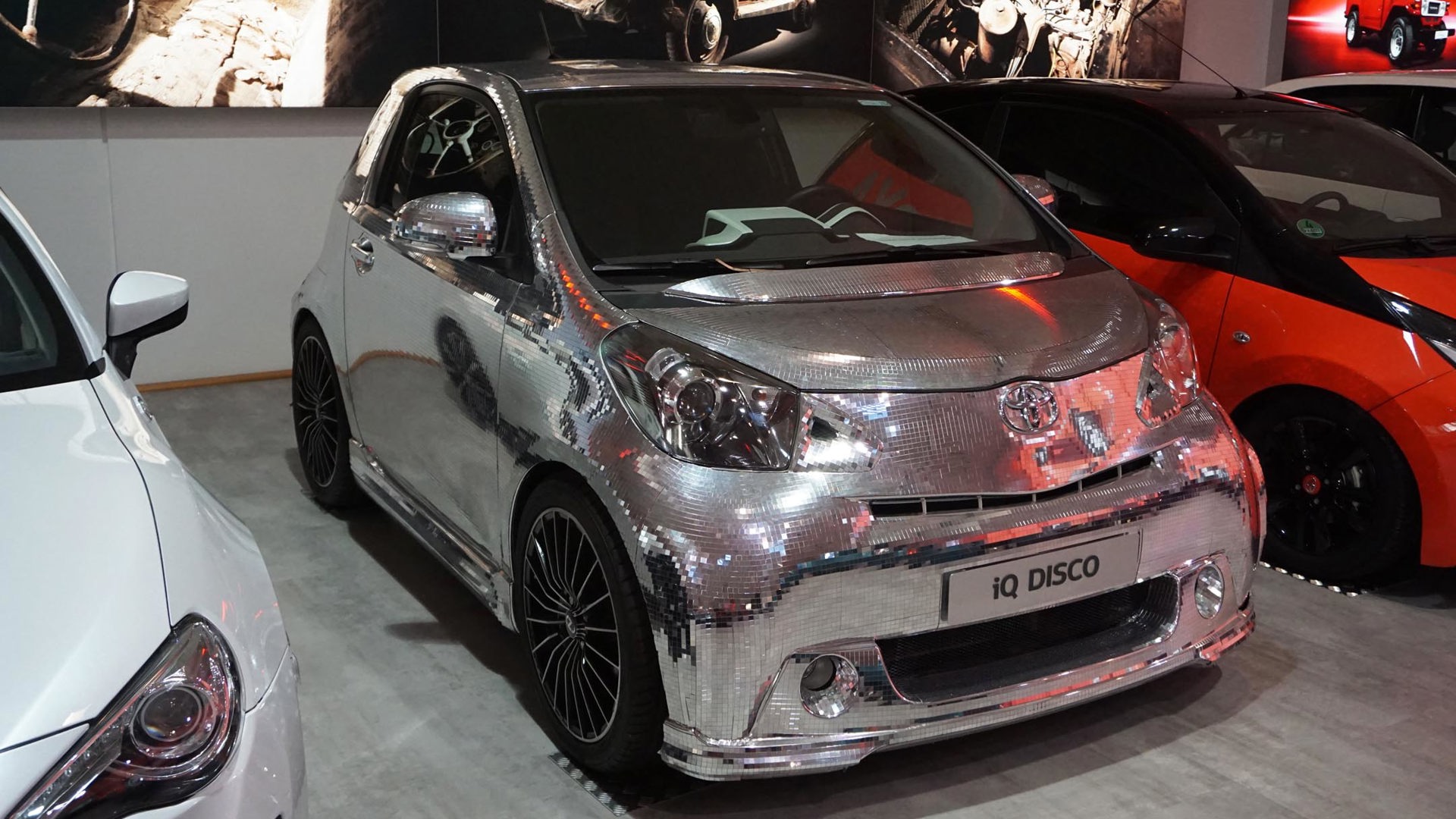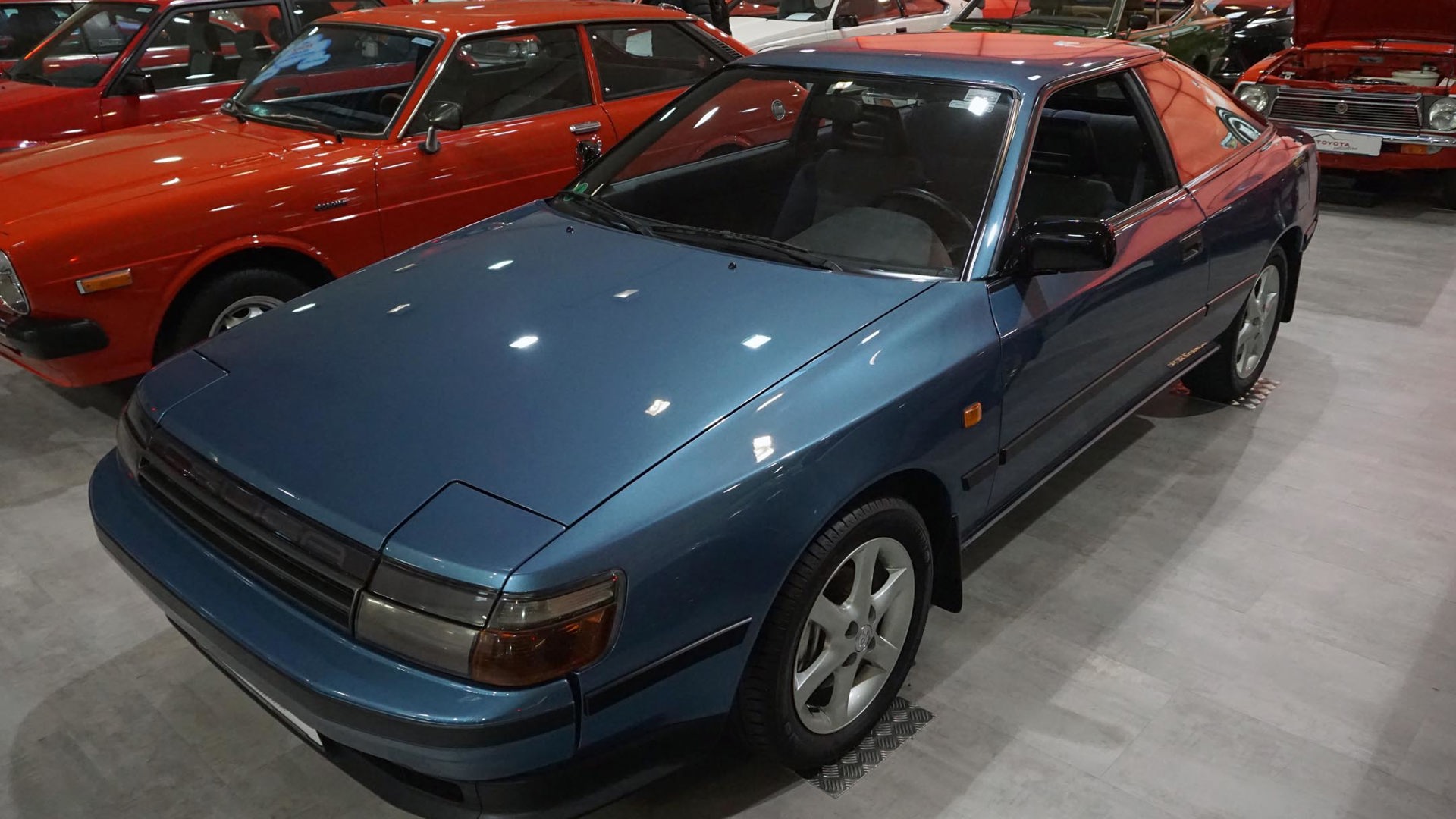Spread across the shores of the Rhine River, Cologne is something of a cultural and historical hub in western Germany.
Home to stunning medieval architecture, some 60 live music venues, and more than two dozen museums – including two dedicated to modern art – there’s plenty to see and do in all corners of the city. This being AutoTrader and not ArtTrader, it was a pair of vastly different museums that were visited during a recent trip to the city known for Kölsch beer and the world’s tallest cathedral (not necessarily in that order).
Both happen to be owned and operated by Toyota, an automaker with a relatively short but unquestionably rich history in this country. After all, it was only in the early 1970s that the brand began selling cars in Germany, with seven employees and an office about the size of a modest Toronto condo. Eight years later, Toyota’s footprint here had expanded significantly, including the establishment of a motorsports division – one that remains operational today under the Toyota Gazoo Racing (GR) banner.
Toyota Collection
What started as a privately owned Toyota museum more than 500 km from Cologne in Passau, near the Austrian border, quickly transformed into the assortment of some 75 Toyota vehicles that are now on display inside a former tennis pavilion at Toyota Germany’s headquarters. The Toyota Collection is open to the public on the First Saturday of every month and is free to enter, with different themes each month – some of which allow local Toyota owners and club members to display their vehicles in an outdoor cars-and-coffee-like atmosphere.
Inside the cavernous pavilion is a collection of some of the most significant Toyota, Lexus, and Scion models around, including concepts and prototypes that were little-known before the museum opened its doors. In all, there are 16 different Celicas to see including a Sunchaser, a coachbuilt targa-top model that was converted in Crailsheim, Germany. (In North America, Toyota commissioned the Florida-based Griffith Co. to handle Celica conversions.)
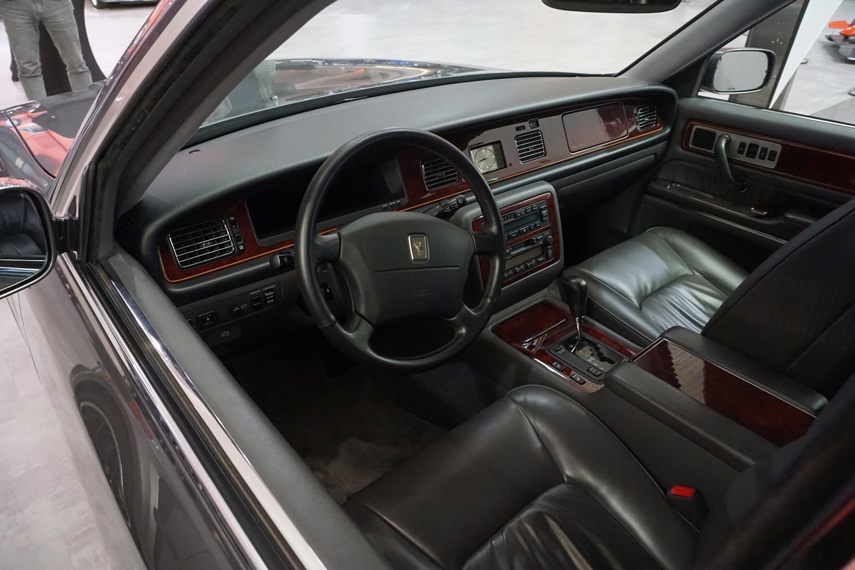
Of course, no Toyota museum is complete without a 2000GT, while other significant models on display include a Century that’s rare to see beyond Japan’s borders. This flagship sedan represents the pinnacle of Japanese luxury, but what makes the one on display here so significant is its left-hand drive configuration. As legend has it, it was during a trip to France in the 1990s that then-Toyota chair Shoichiro Toyoda met with a Japanese ambassador who was being chauffeured in a right-hand drive Century – the configuration in its home market, where cars are driven on the opposite side of the road.
In response, Toyoda commissioned 40 left-hand drive versions of the Century to be built for high-ranking diplomatic staff for use in countries like France where right-hand traffic laws are in place. According to museum staff, the car on display was the only known example left – that is, until Toyota Canada’s Public Relations manager, Romaric Lartilleux, surprised the room by announcing that his family owned one until recently, when it was sold to another museum in Europe.
Toyota GR Museum
The other museum is a short walk away, deep in the bowels of the building that was once home to Toyota’s Formula One team. It’s here, beneath not one but two massive wind tunnels used for aerodynamic testing, that you’ll find some of the brand’s most important motorsports entries to ever exist. Some of the cars are stashed in such a way that feels more like a storage facility than a museum, but their significance is nonetheless incredible.
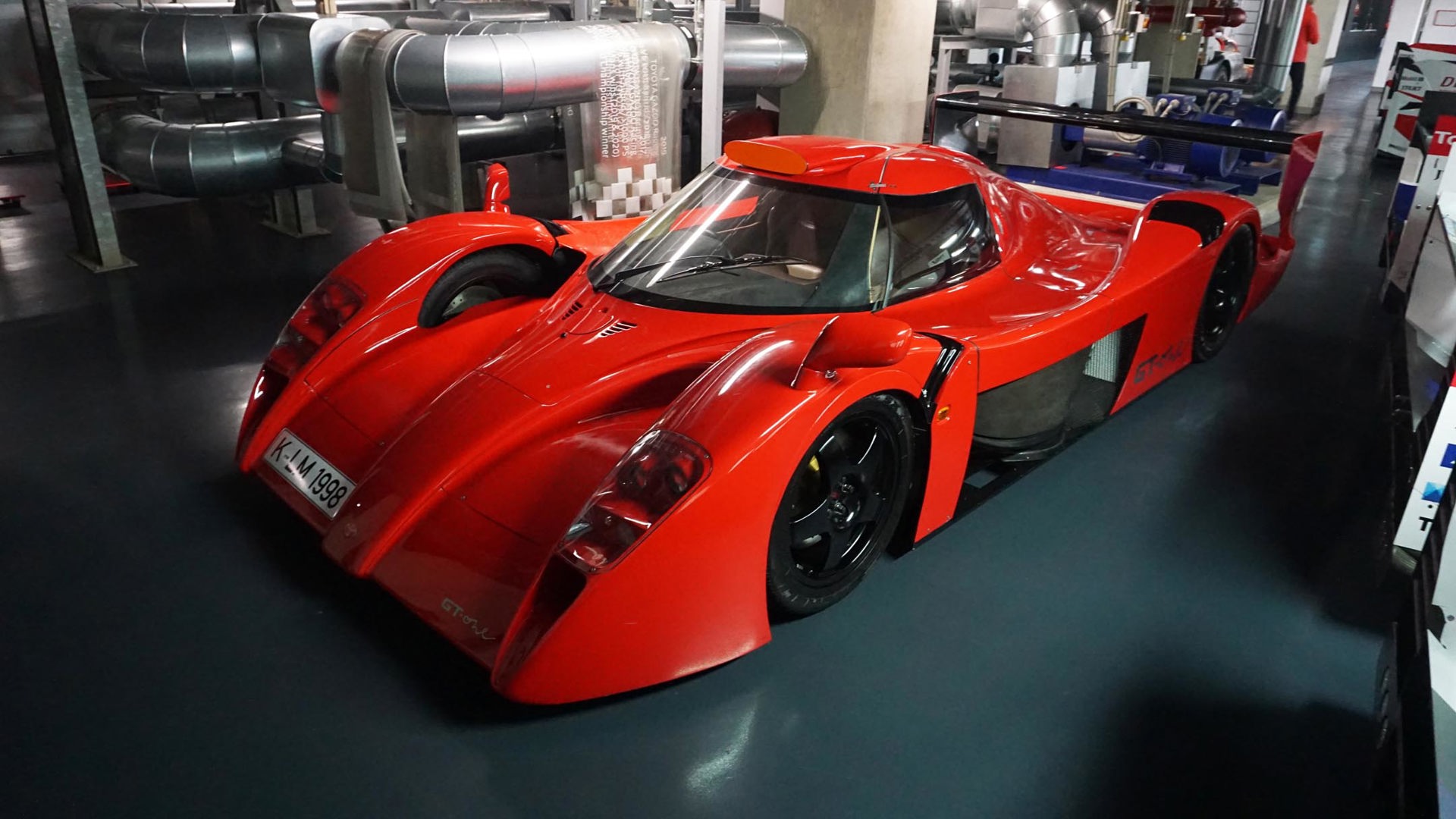
It’s here you’ll find, for instance, one of only two road-going GT-Ones in existence – cars that were required to meet homologation rules back in the ’90s. It’s tucked away like some sort of afterthought, with a series of more modern World Endurance Championships (WEC) cars obscuring it from view, and yet it might be the most incredible machine of the lot.
Then there’s almost the entirety of Toyota’s Formula One effort that occupies one side of the space, with everything from livery-free test units to the Panasonic cars piloted by the likes of Jarno Trulli to Ralf Schumacher. And more motorsport history still exists in the rally section, where original Celicas from the ’70s to a Group S MR2 that never actually raced due to rule changes are arranged neatly, rounding out a triumph of the diversity of Toyota’s efforts over the years.
Final Thoughts
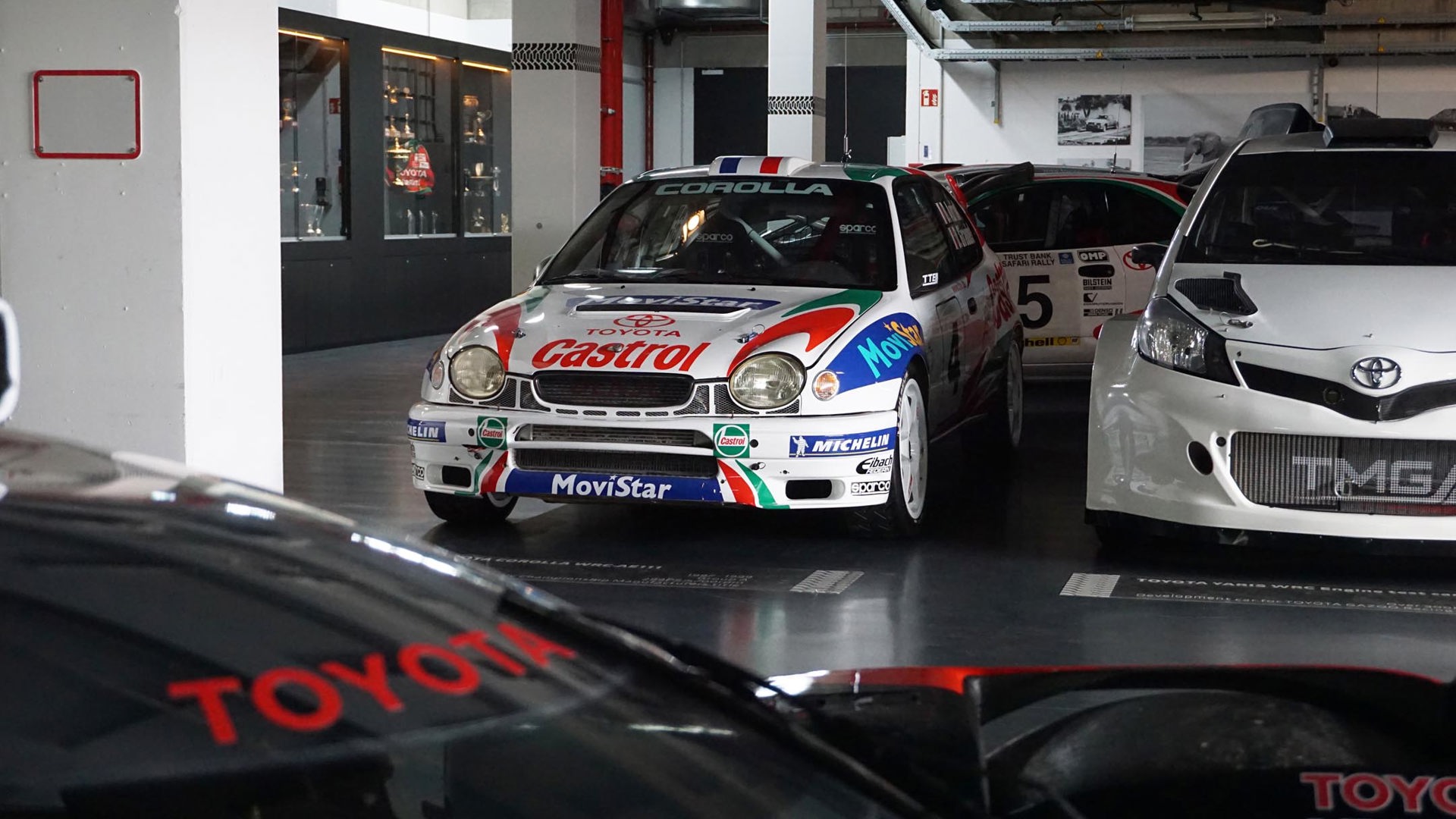
Taken together, this cross-section of Toyotas might be one of the most significant single-make car collections around. It’s not just the volume – although upwards of 100 cars gathered together is impressive – but the array of importance that stands out most. Rather than a sampling of the brand’s passenger cars or its race cars, this collection is all that and then some.
For Toyota fans, the draw of these two displays and all they represent is obvious. But even for those who aren’t – or are at least those that feel indifferent – it’s almost impossible not to come away in awe of what this automaker has accomplished in Germany and beyond over the last five decades. For a brand best known for creating the unkillable Corolla, this collection is a nice reminder that there’s so much more to the Toyota story.
